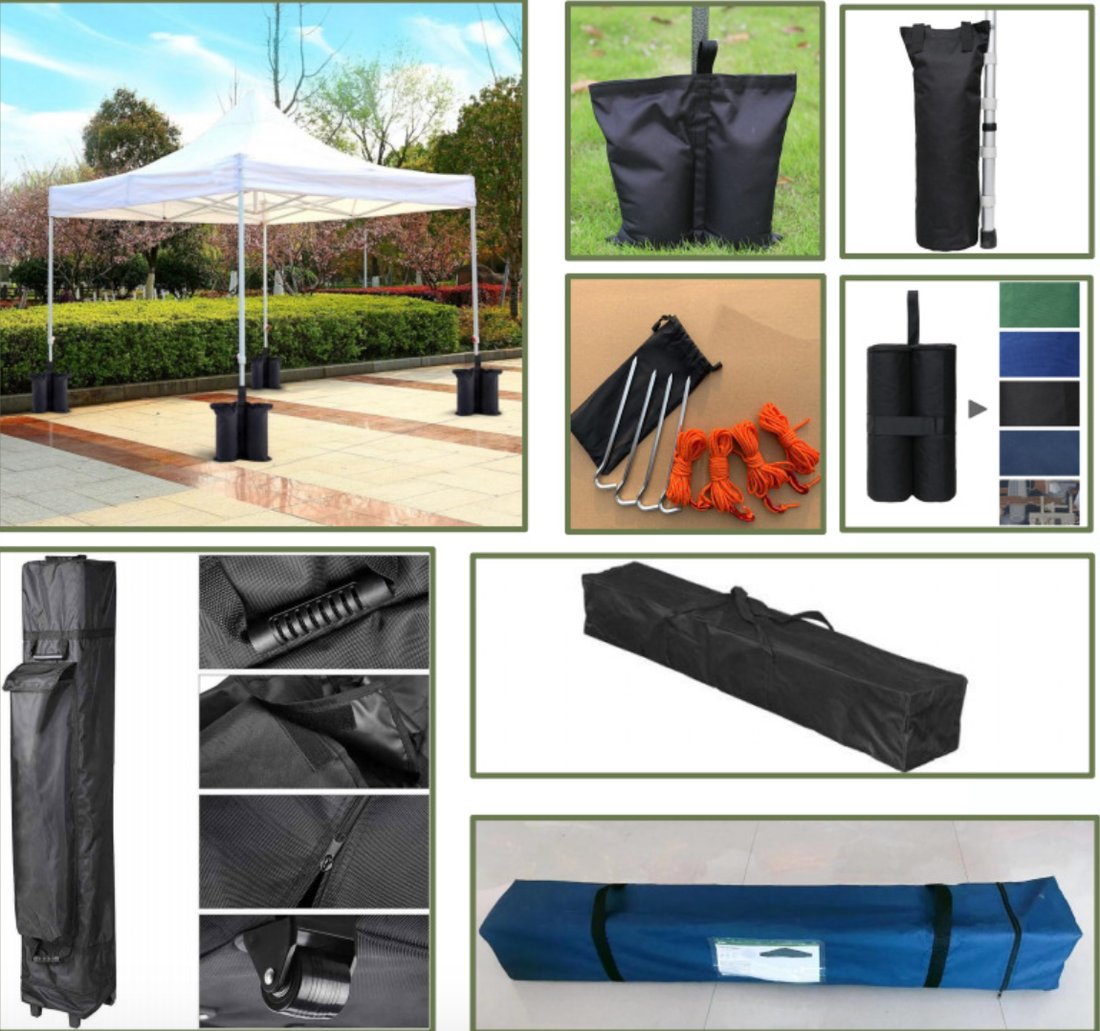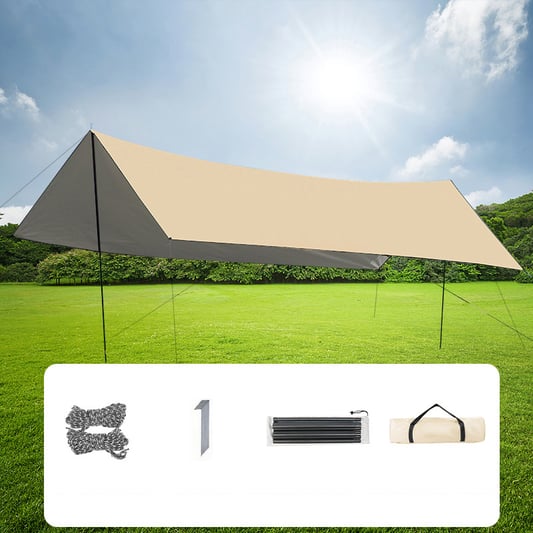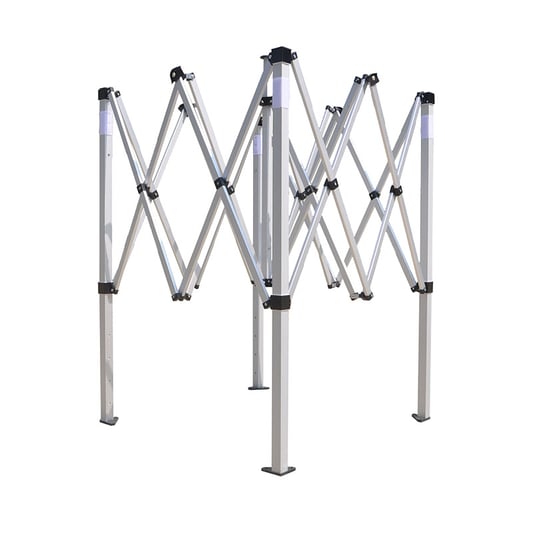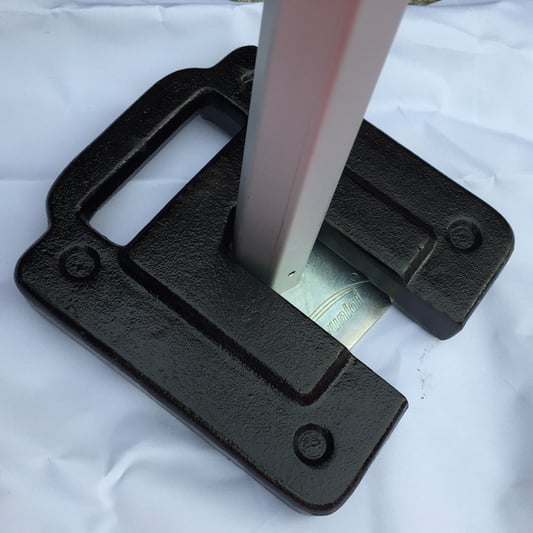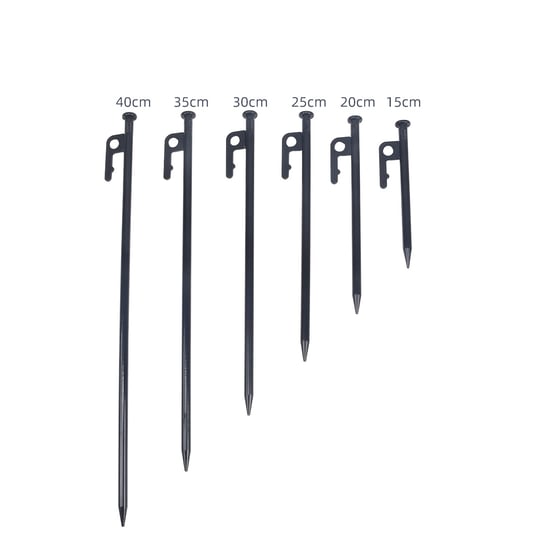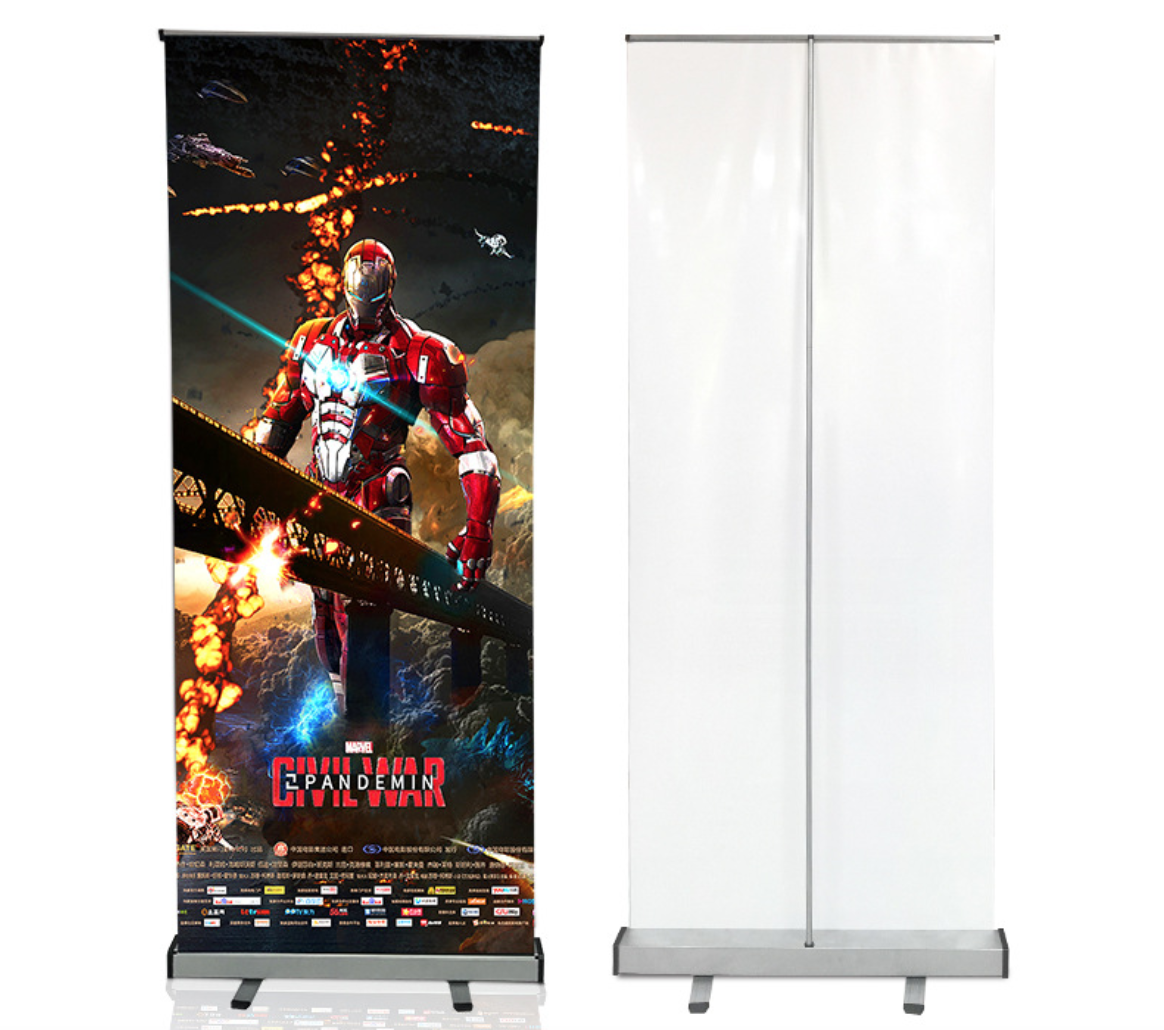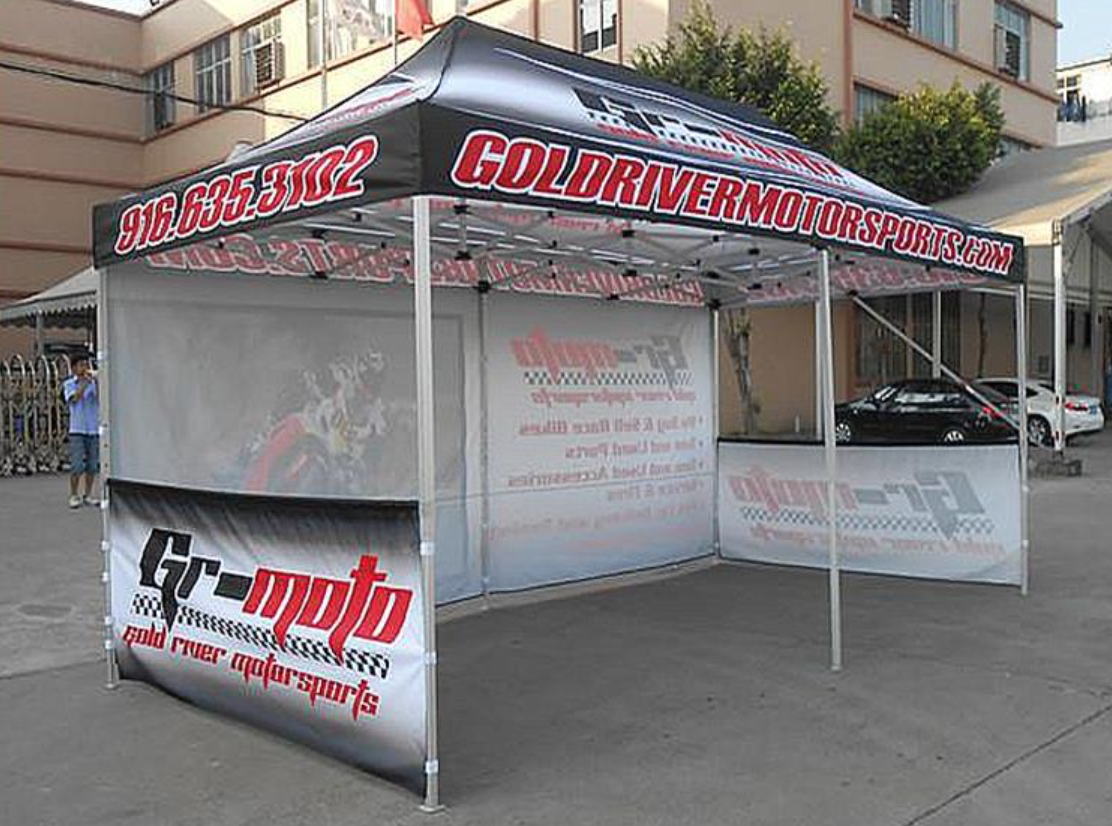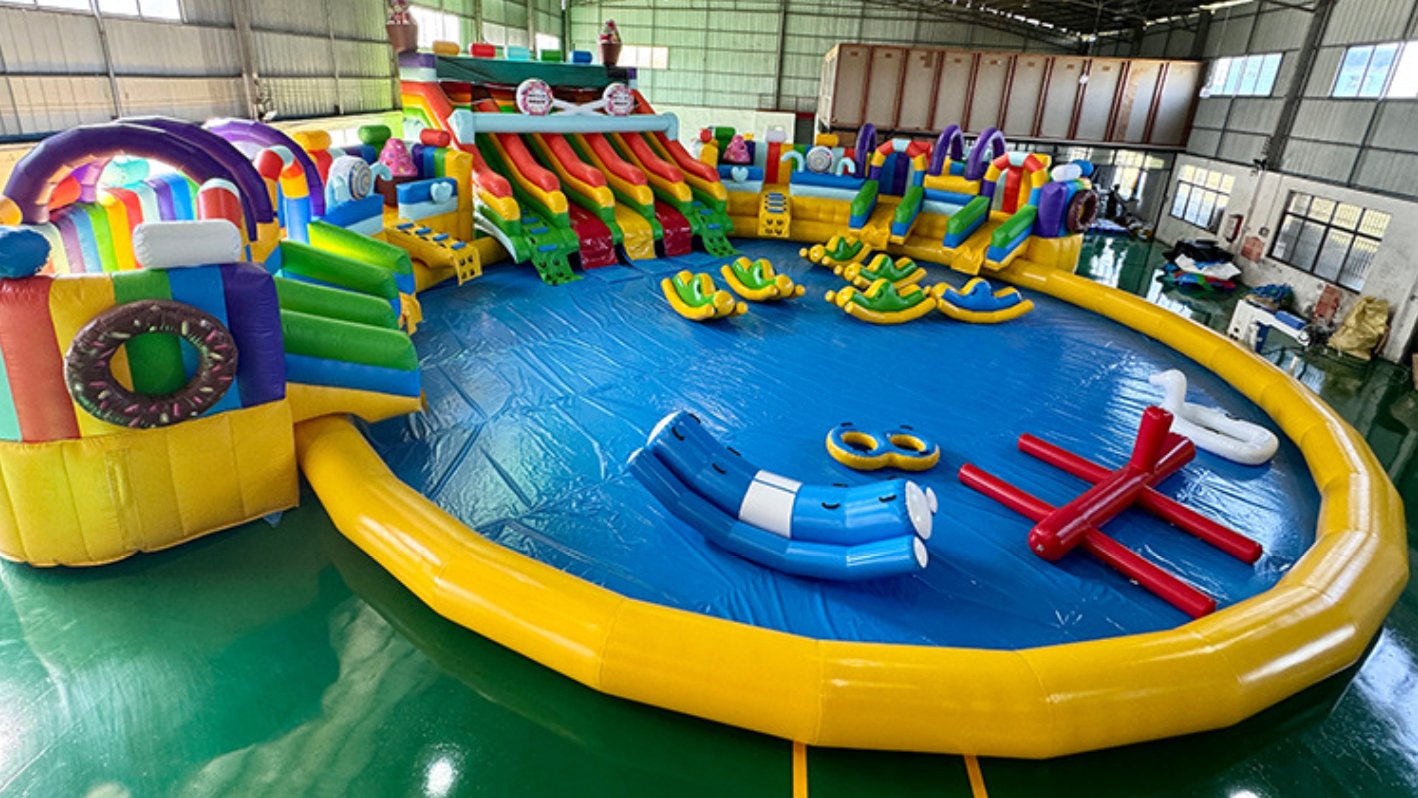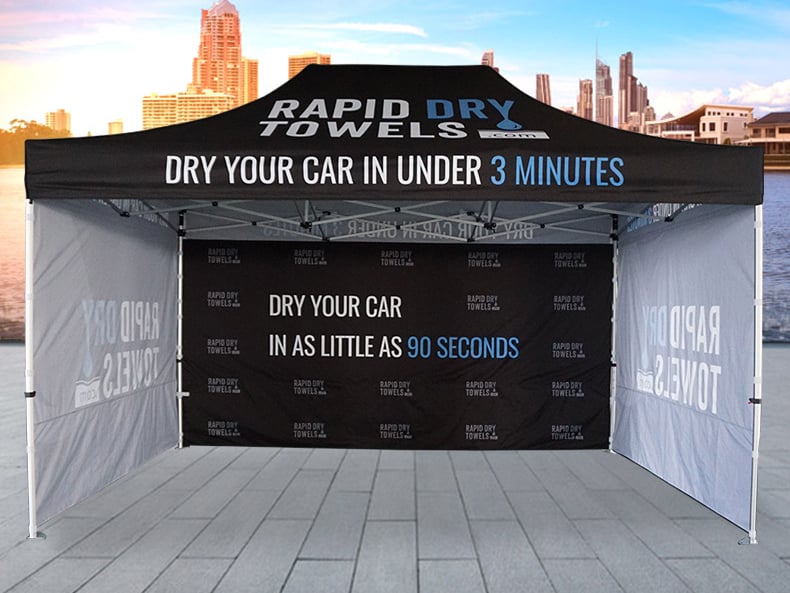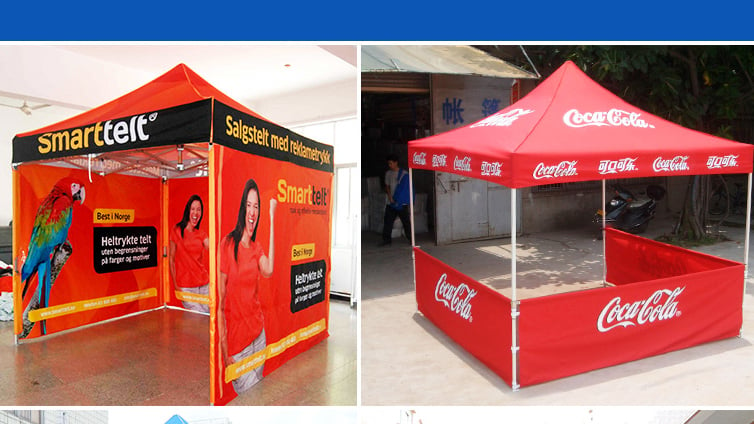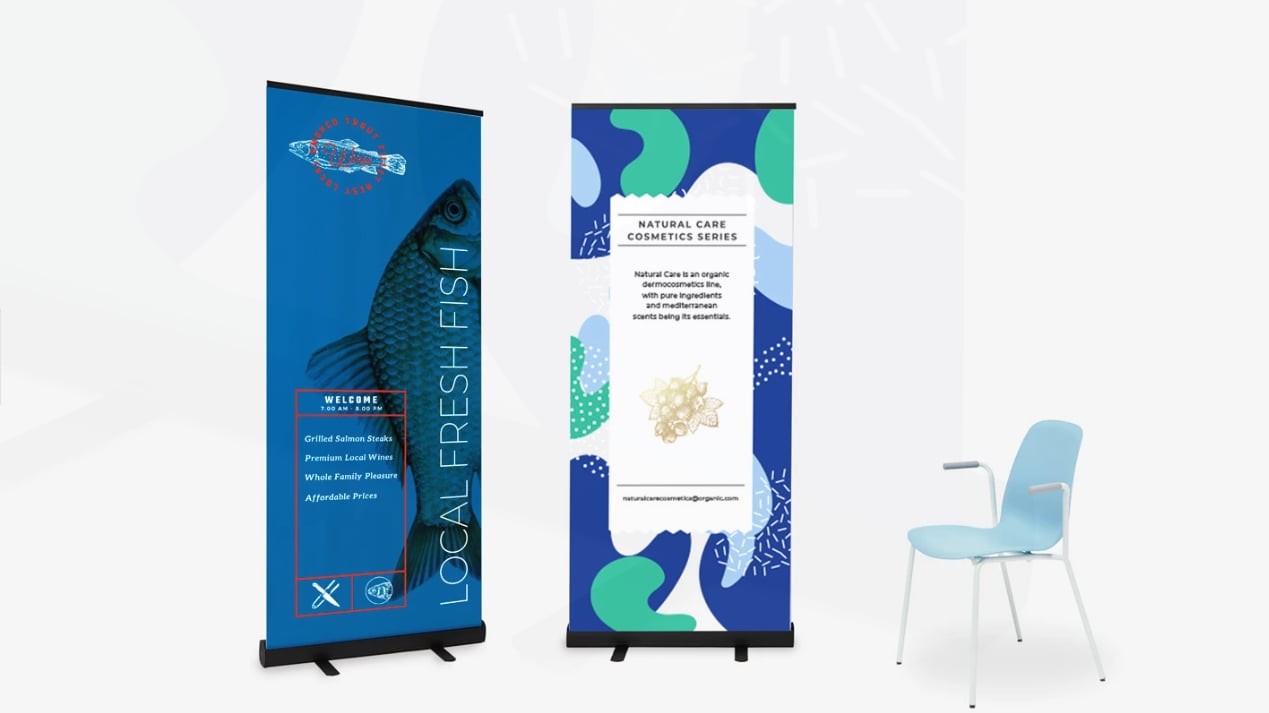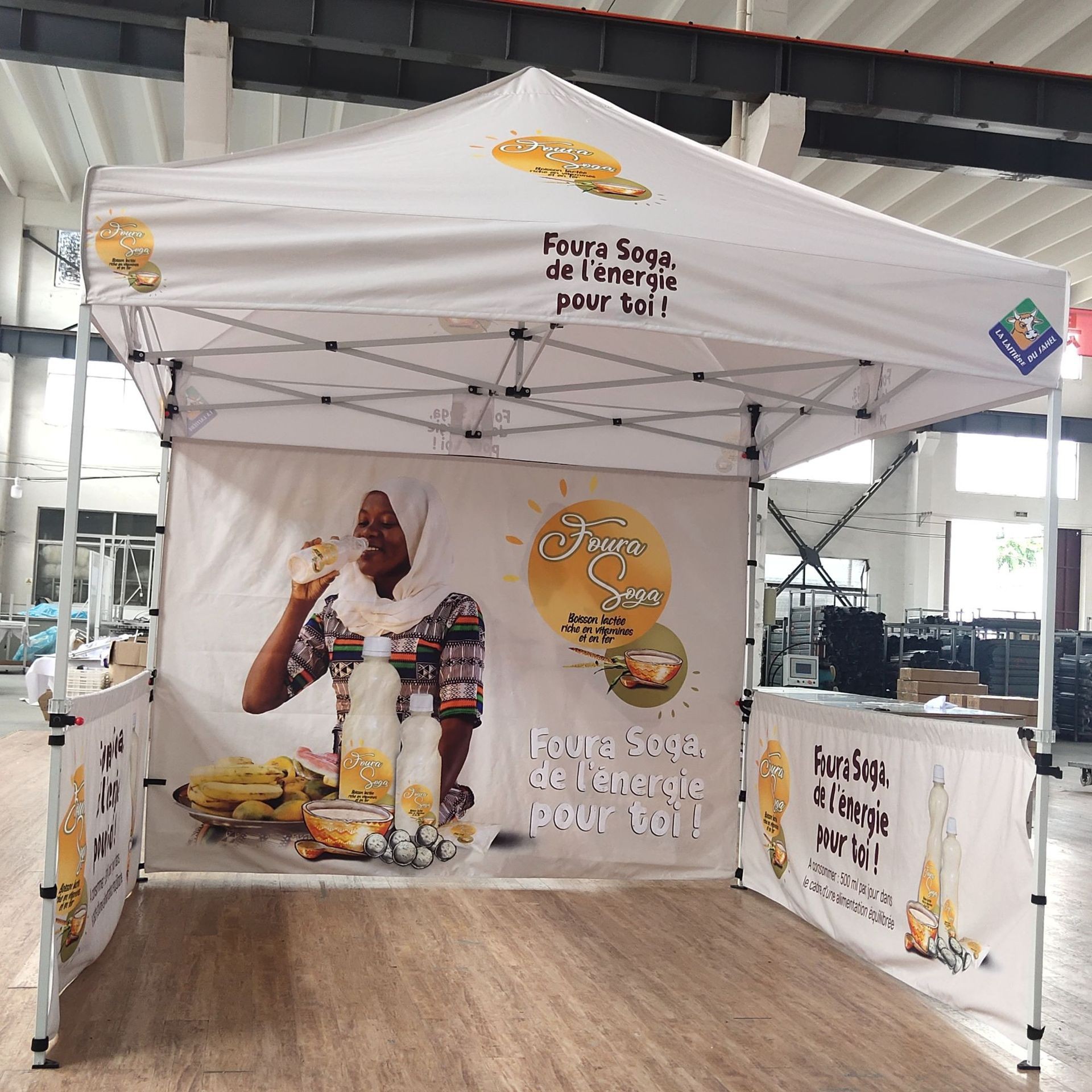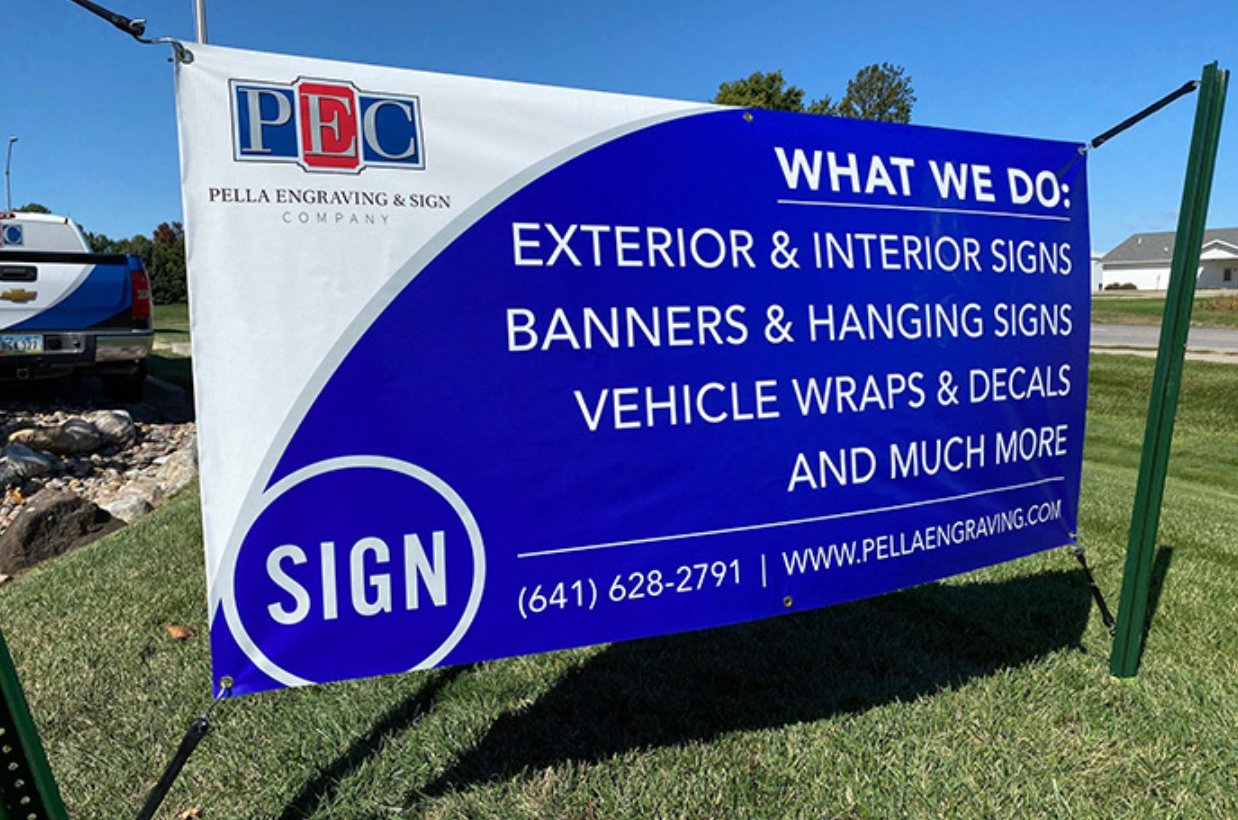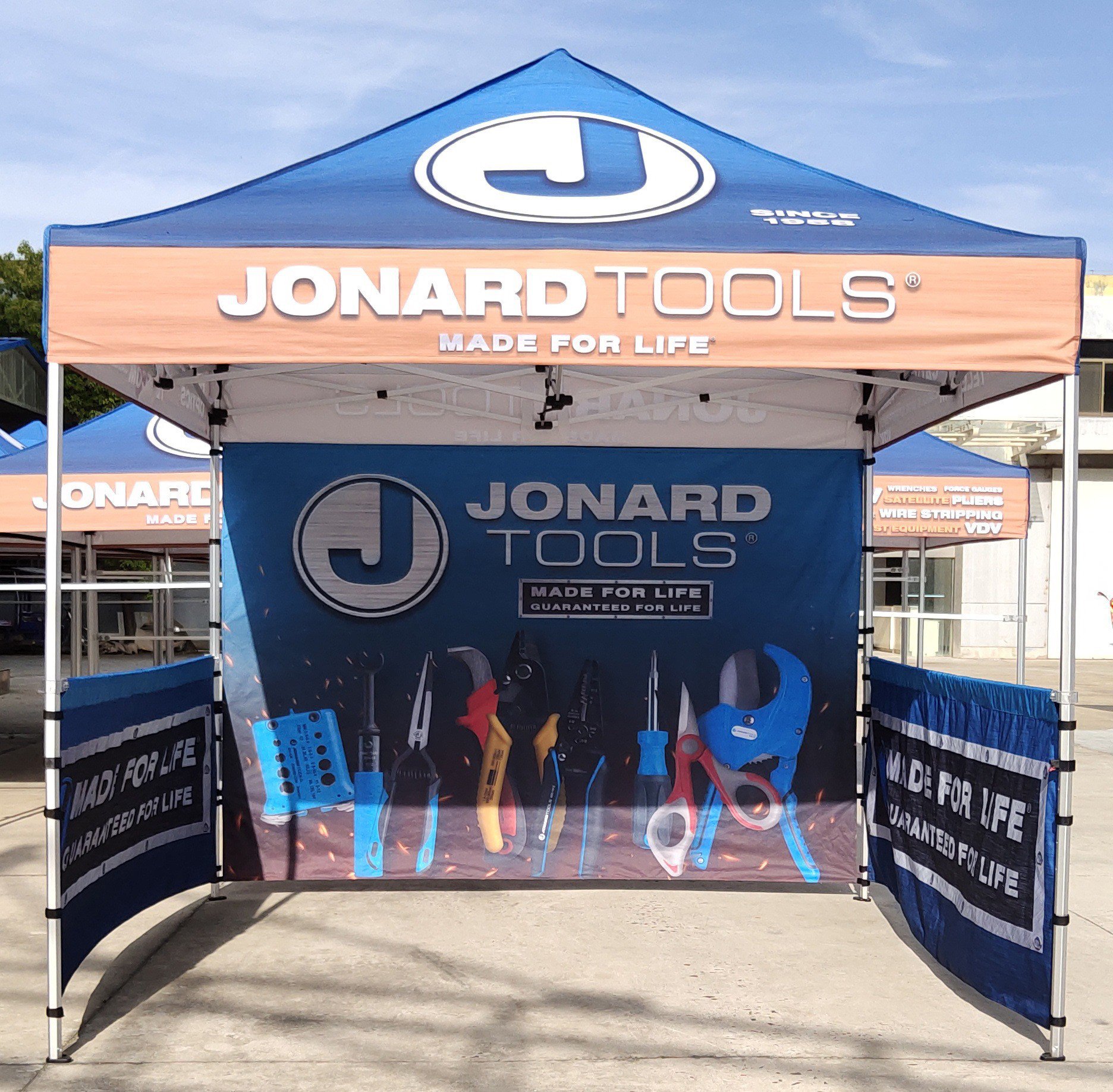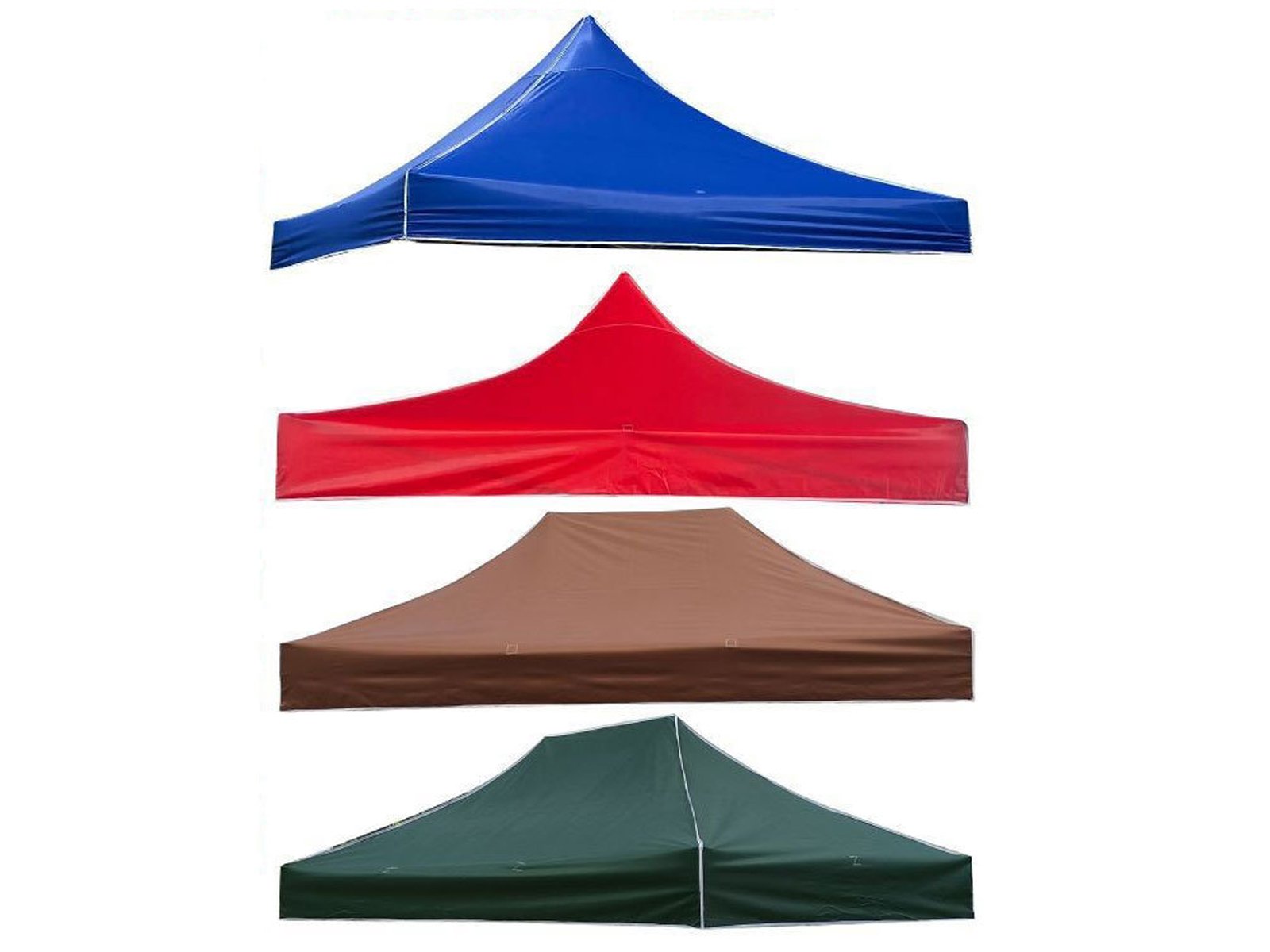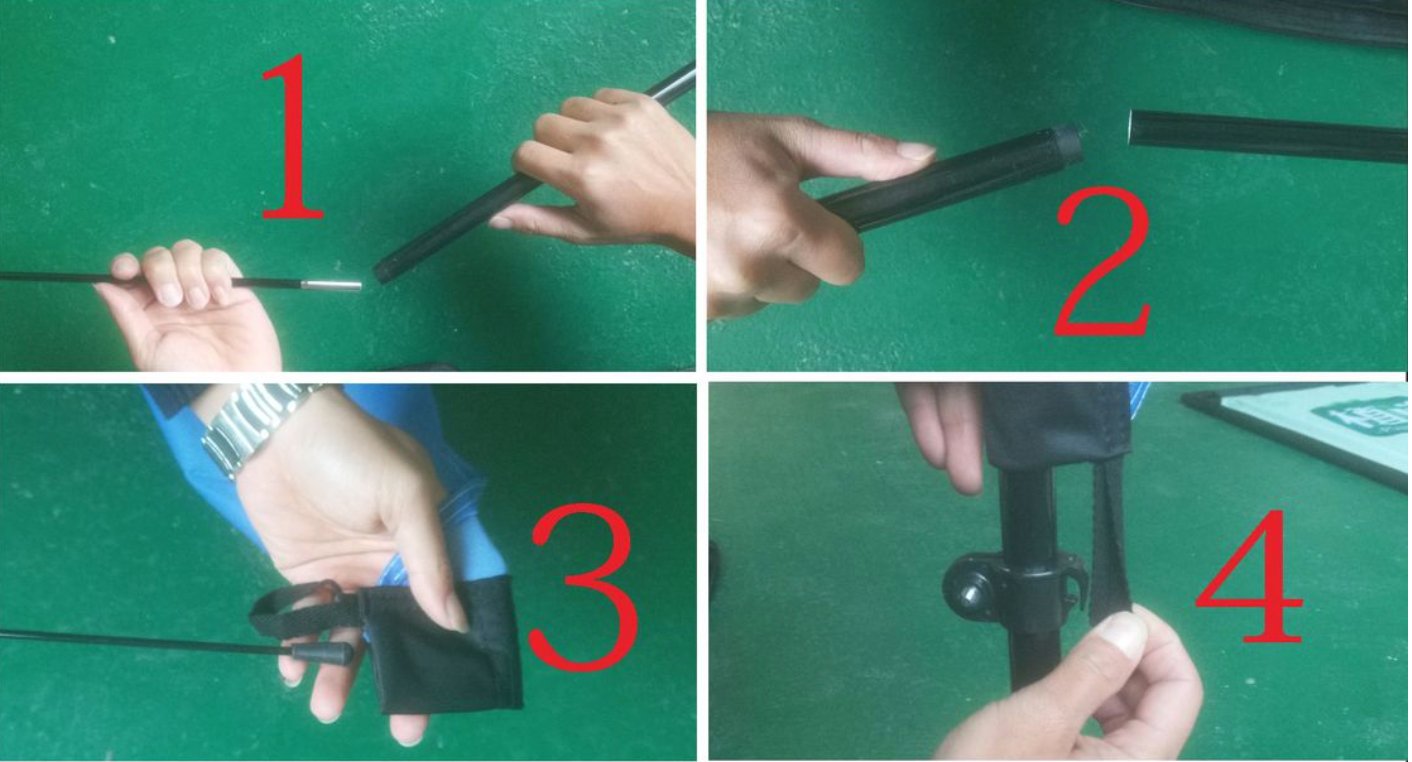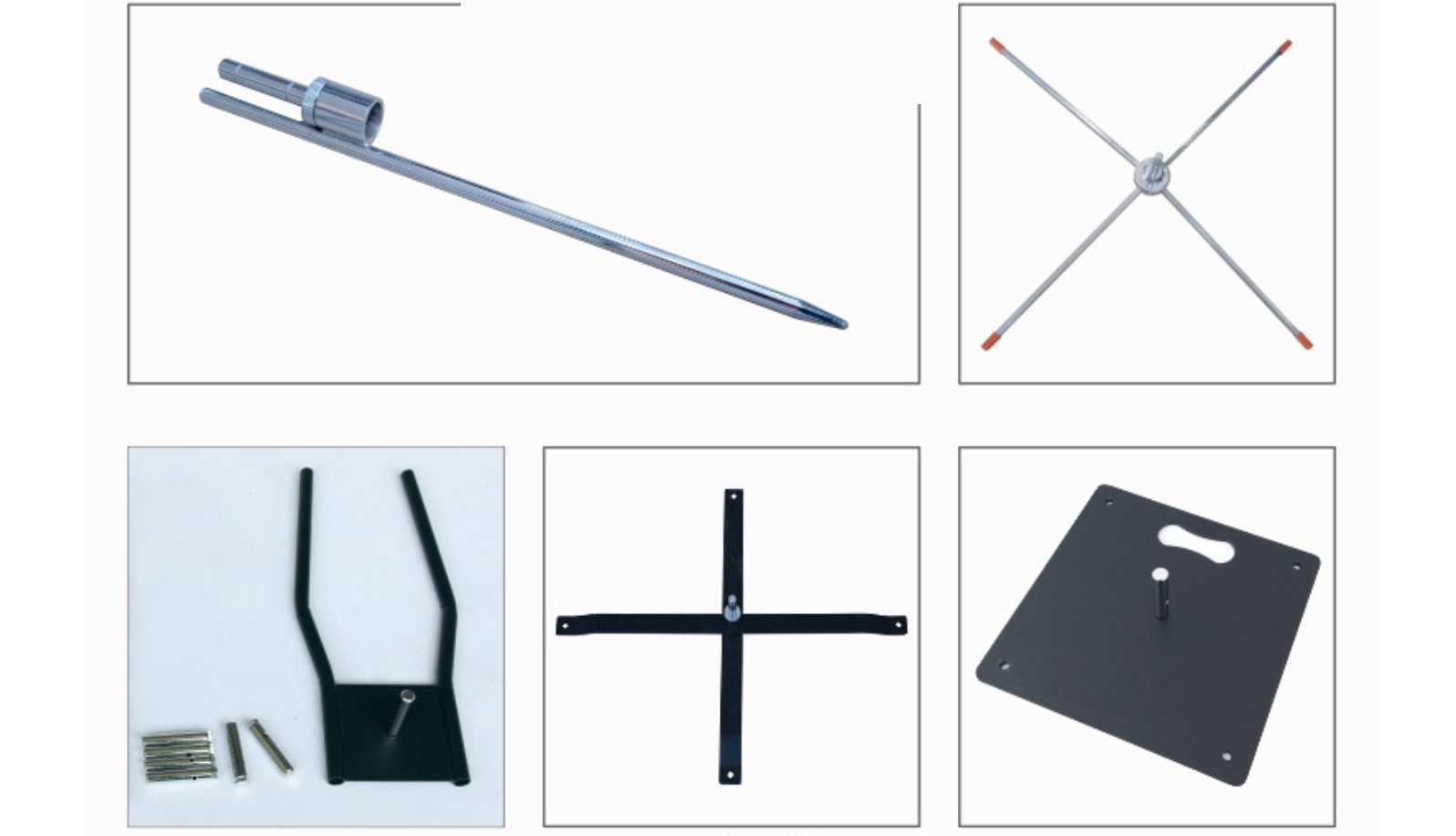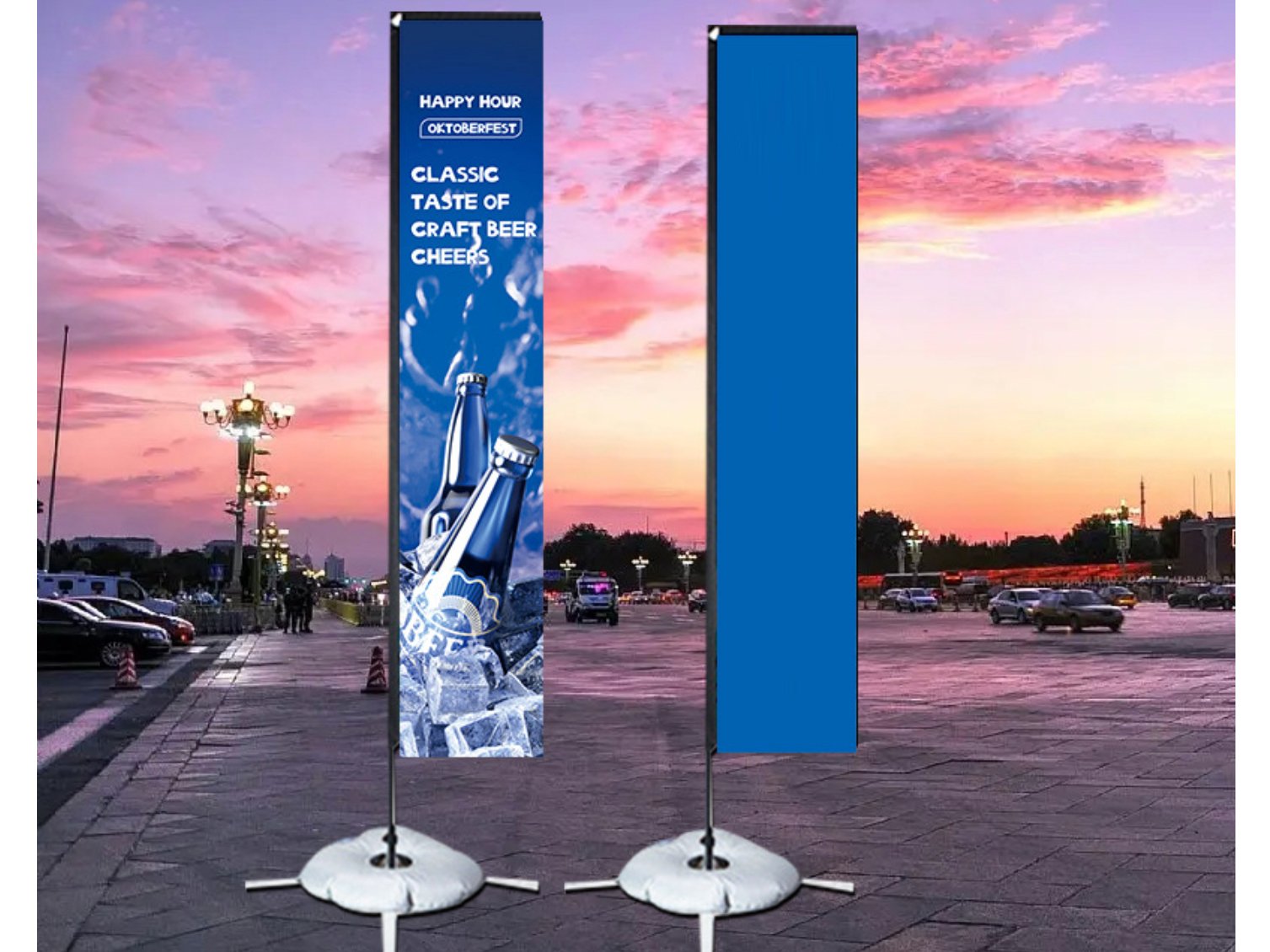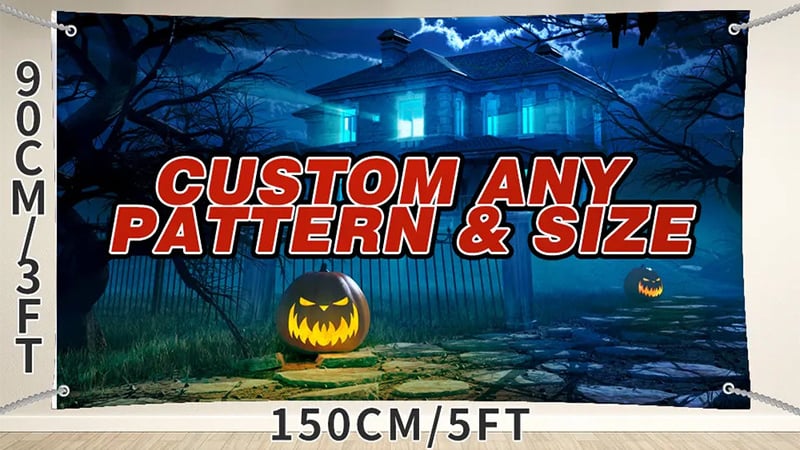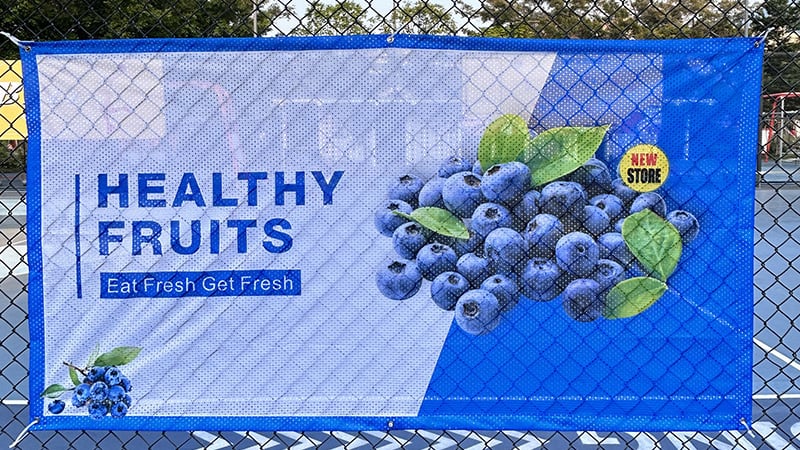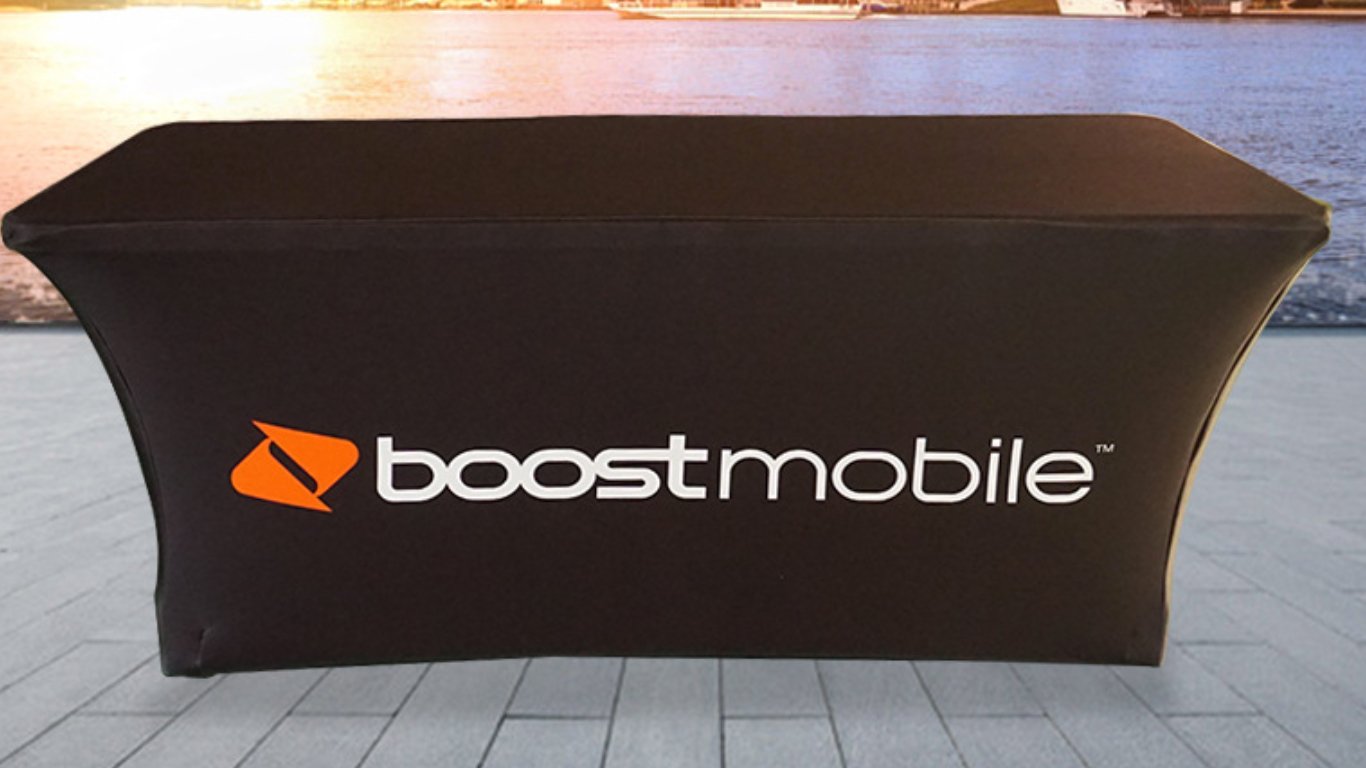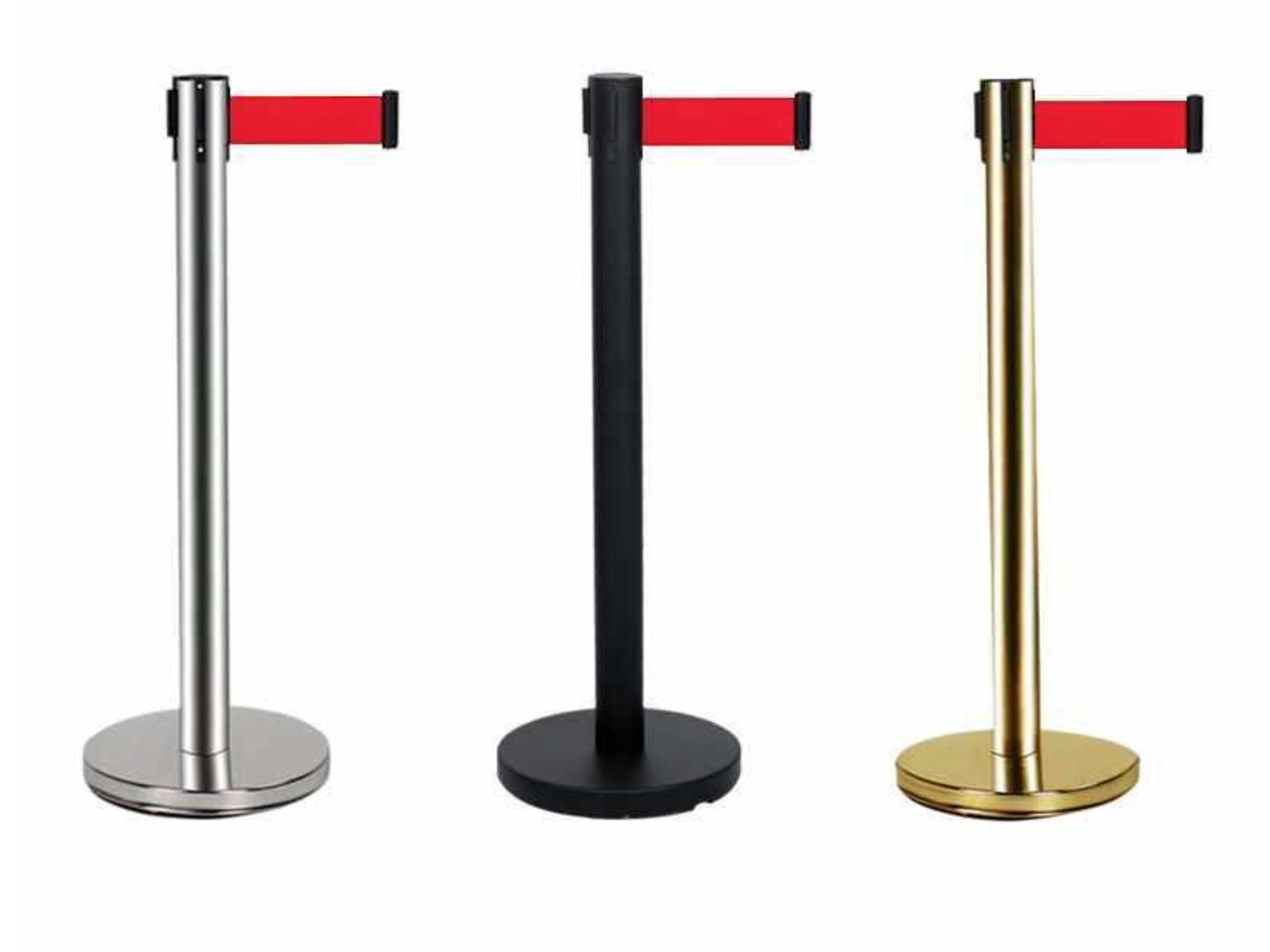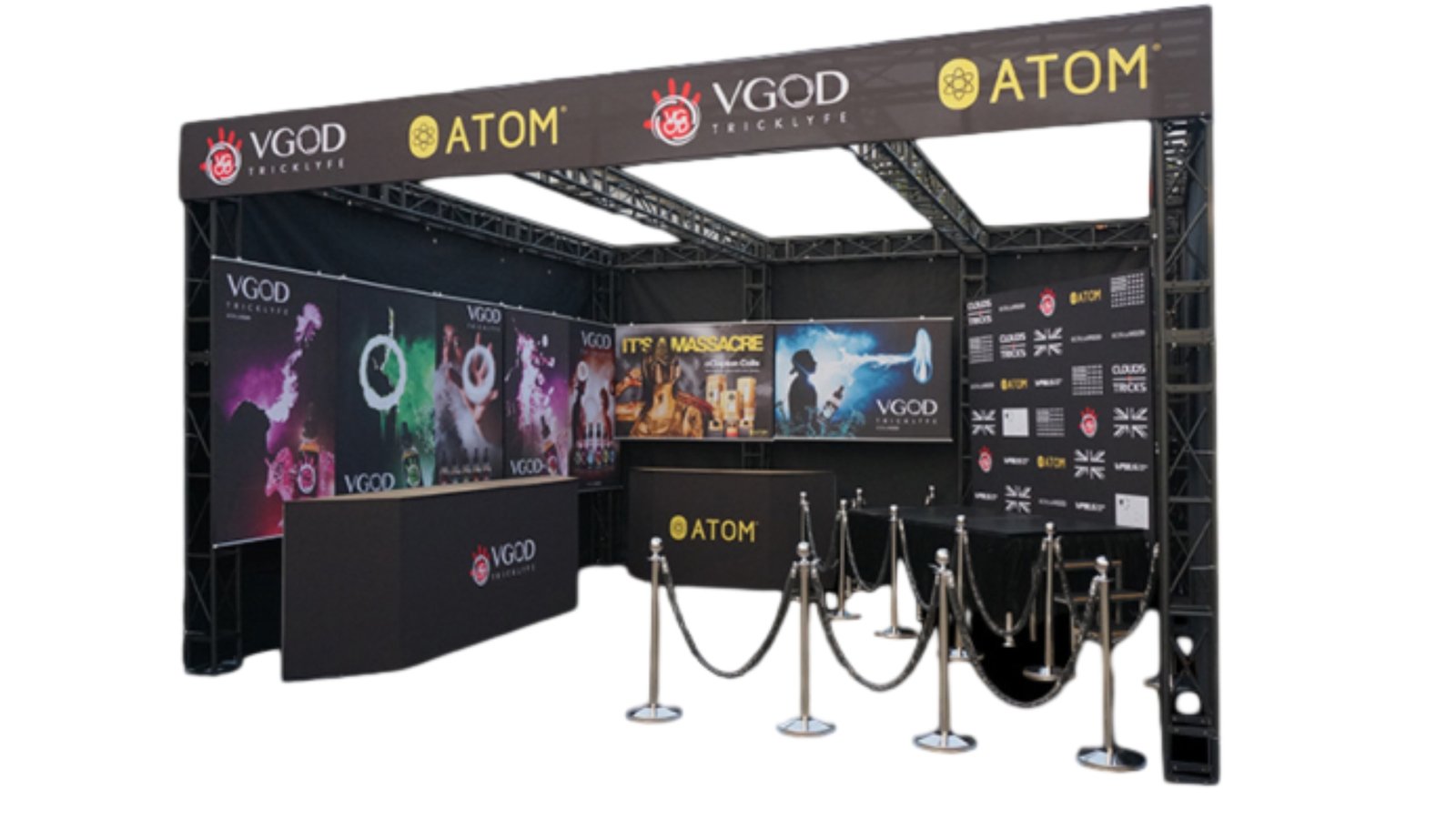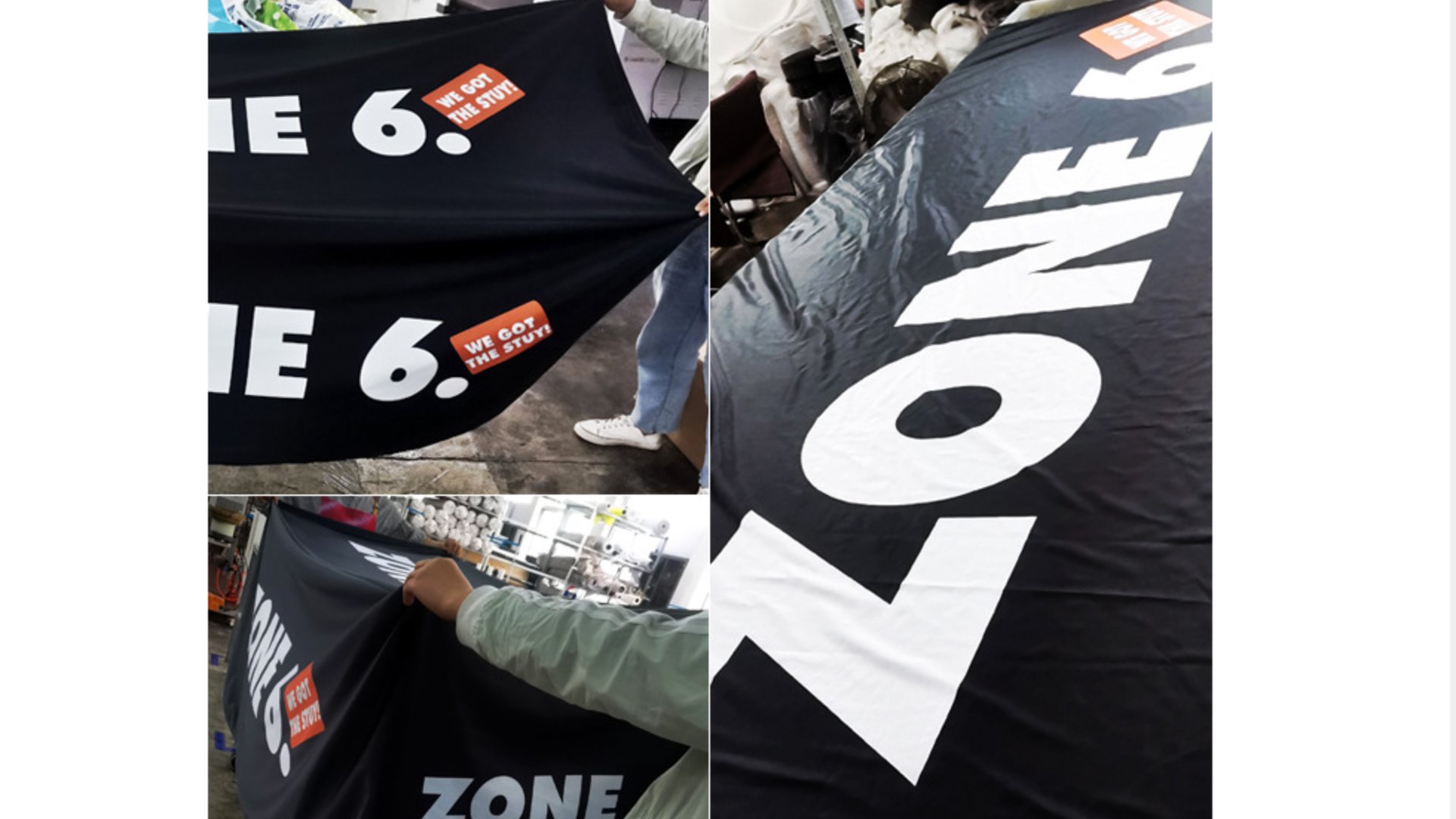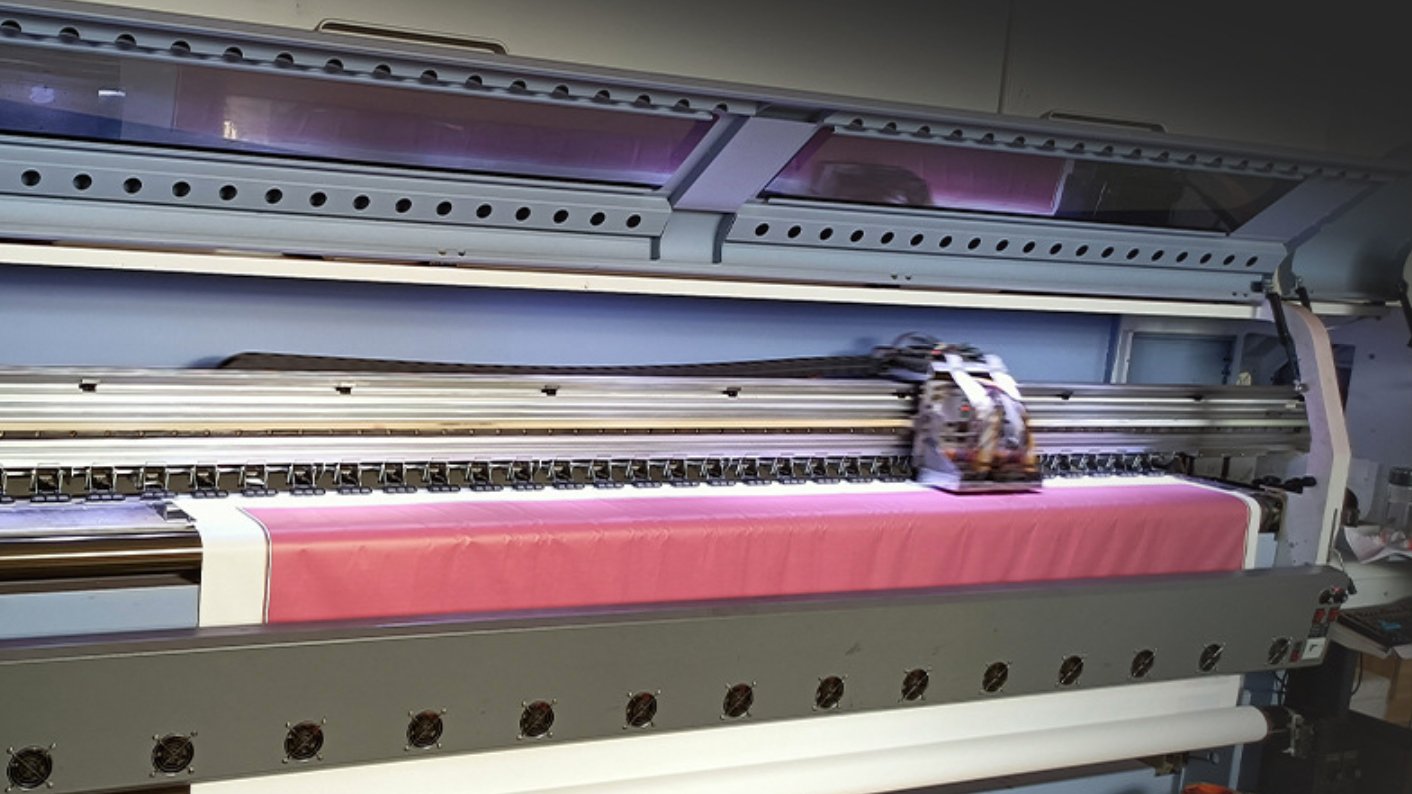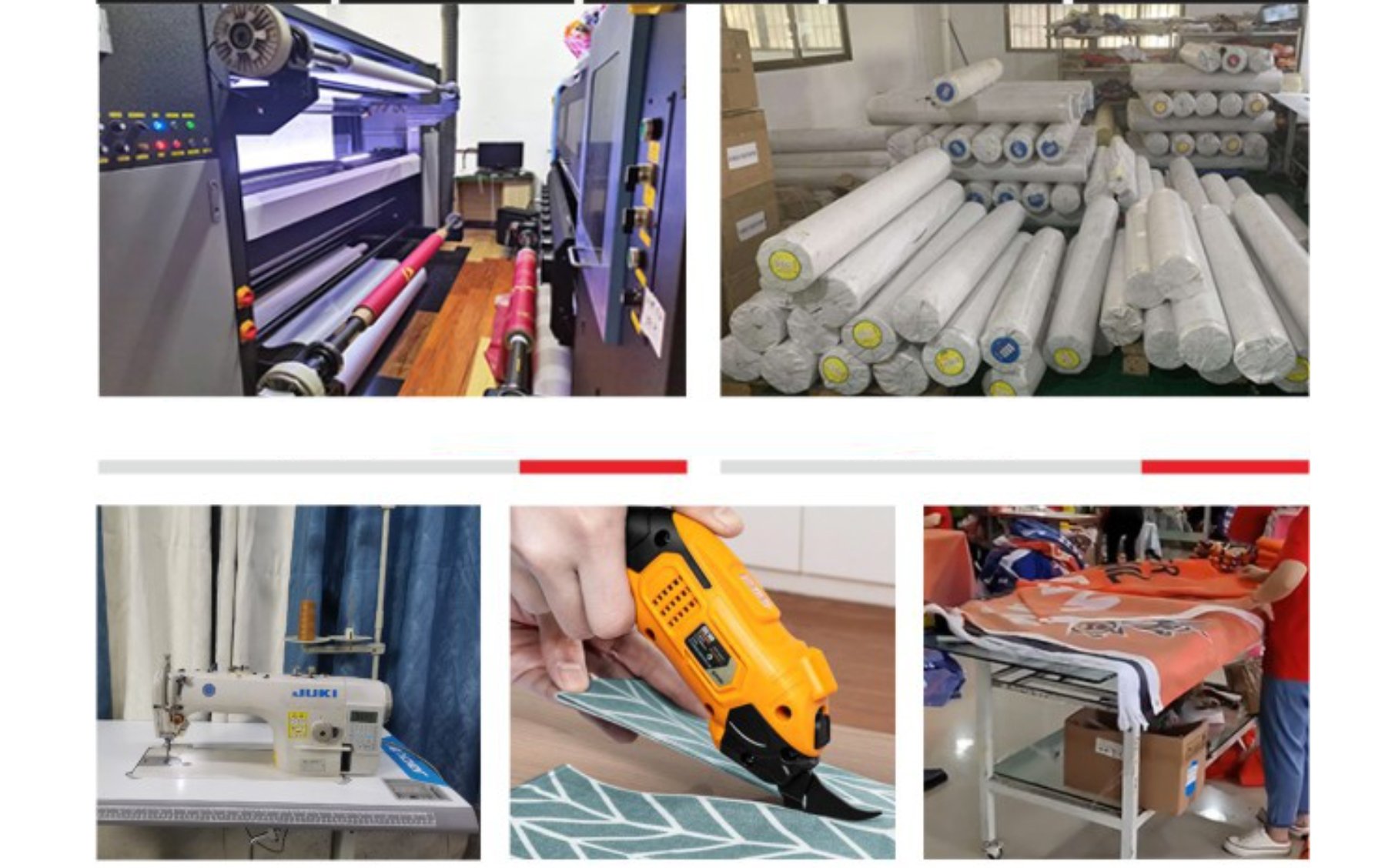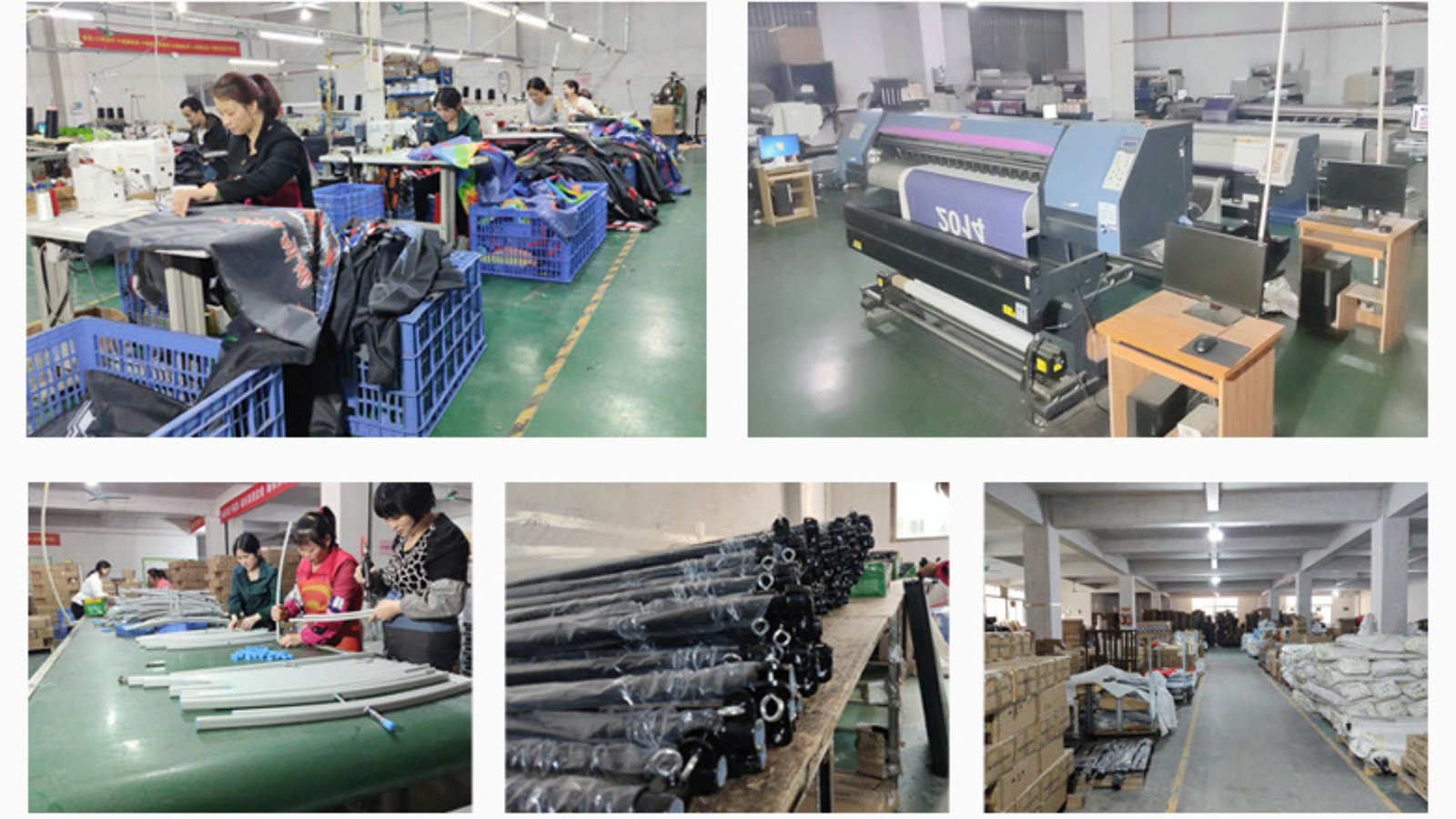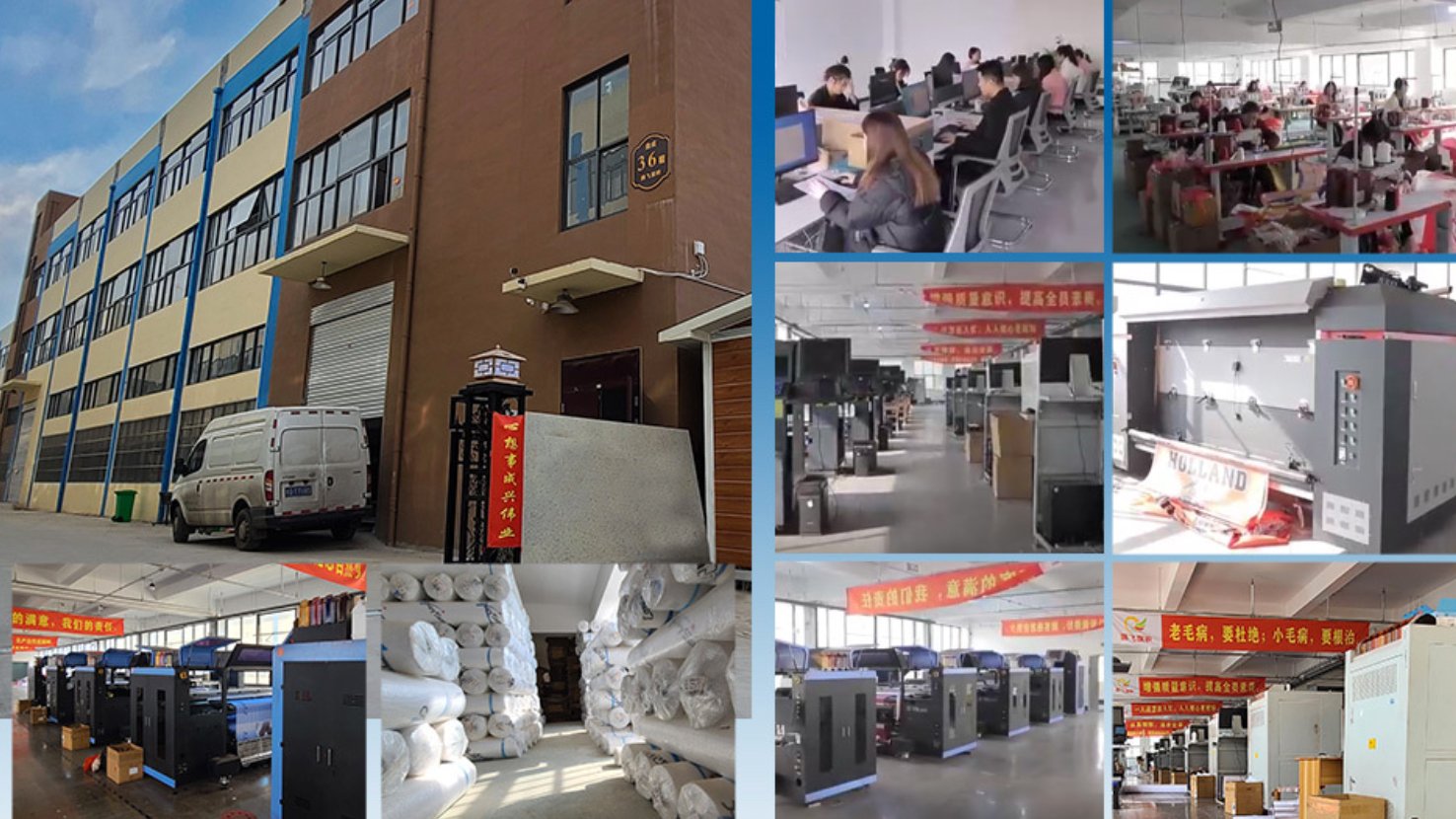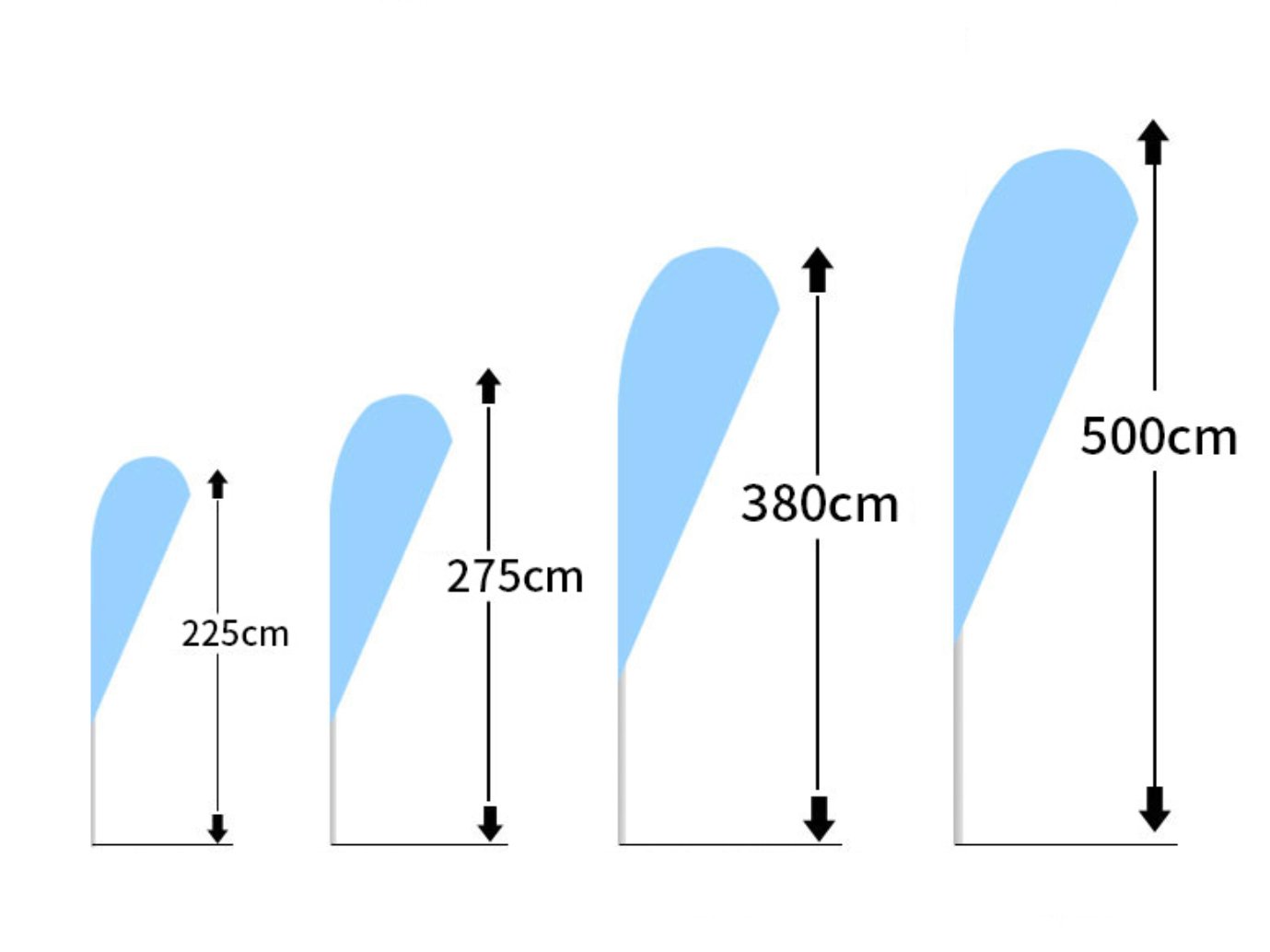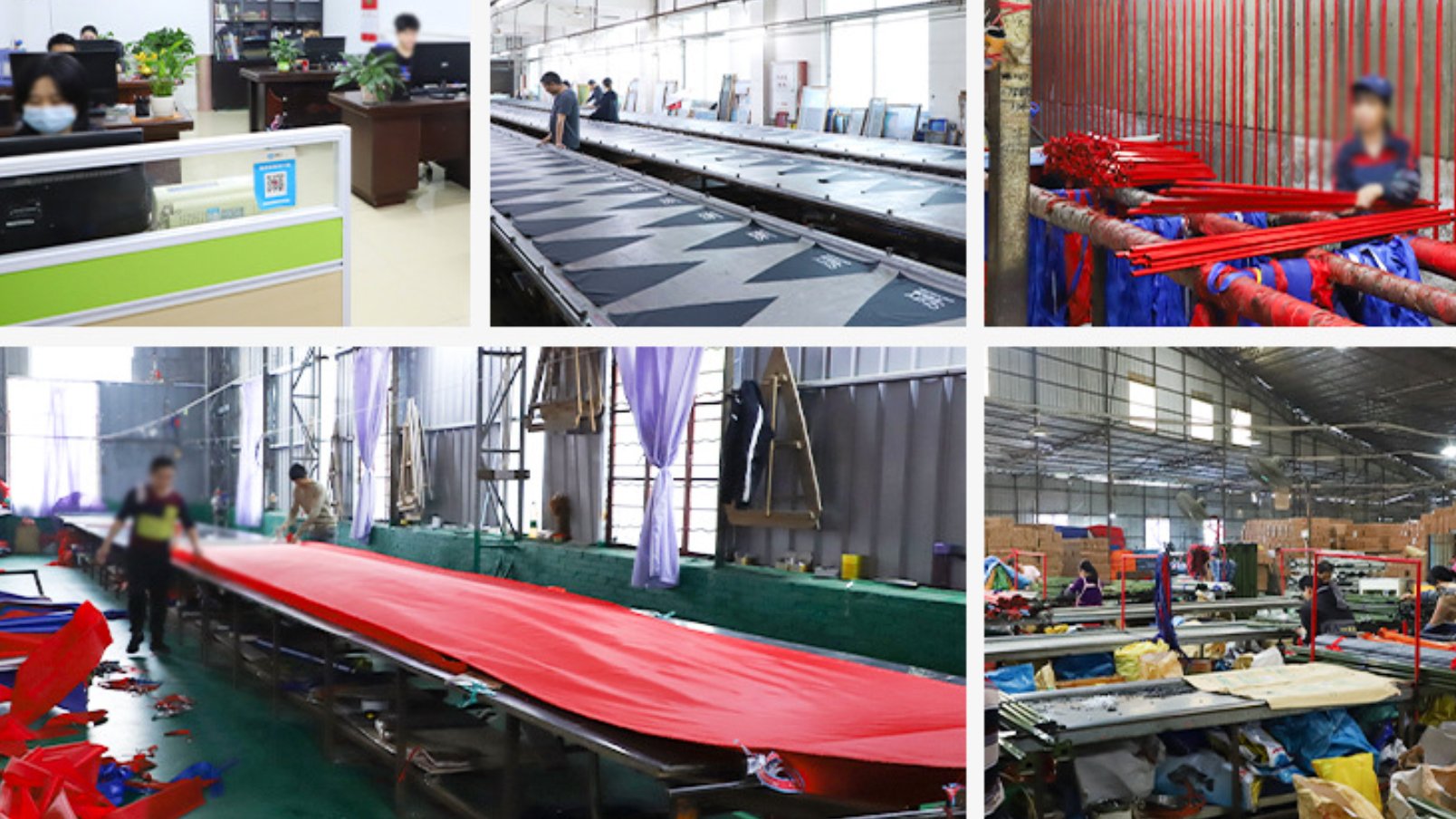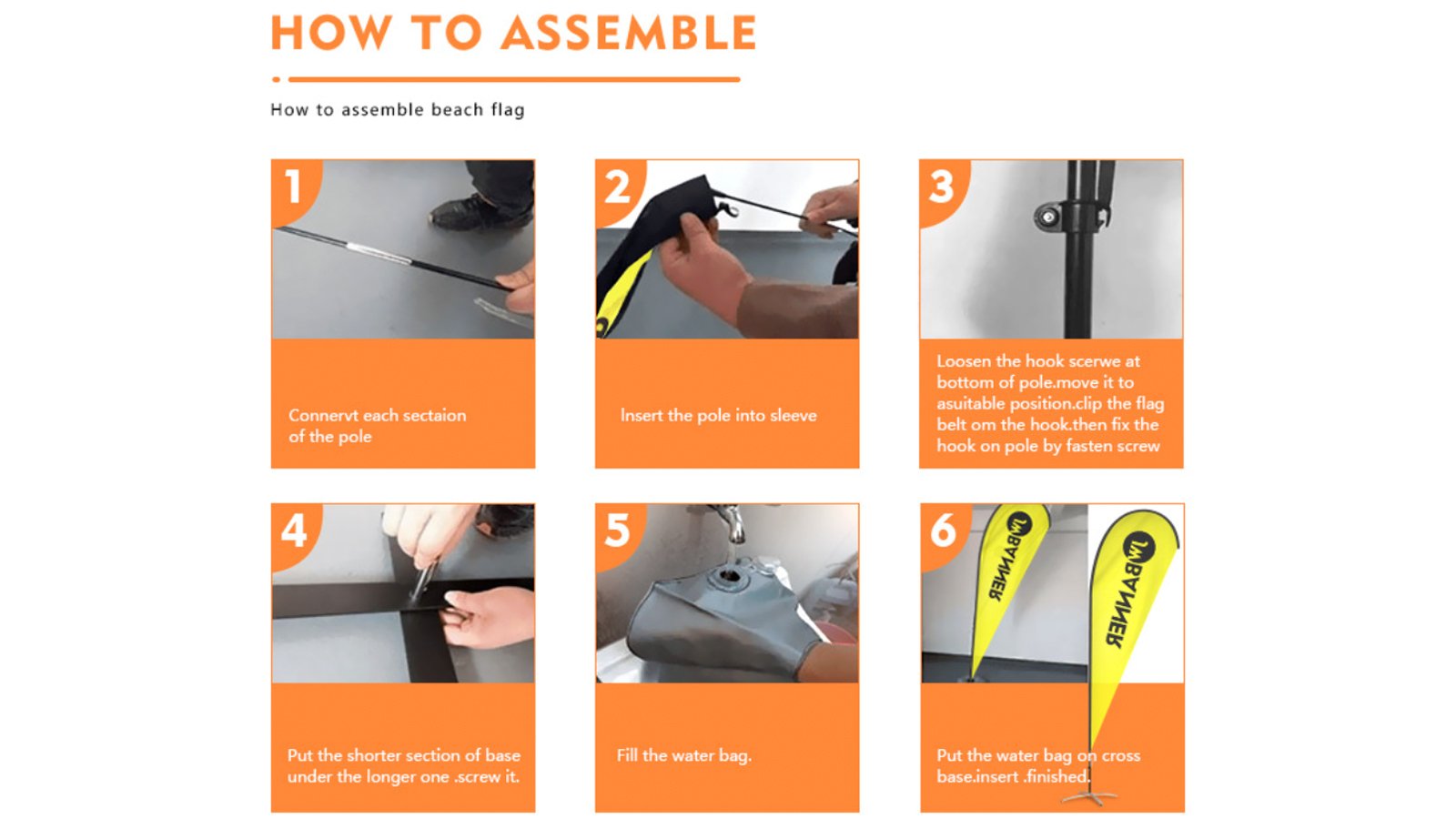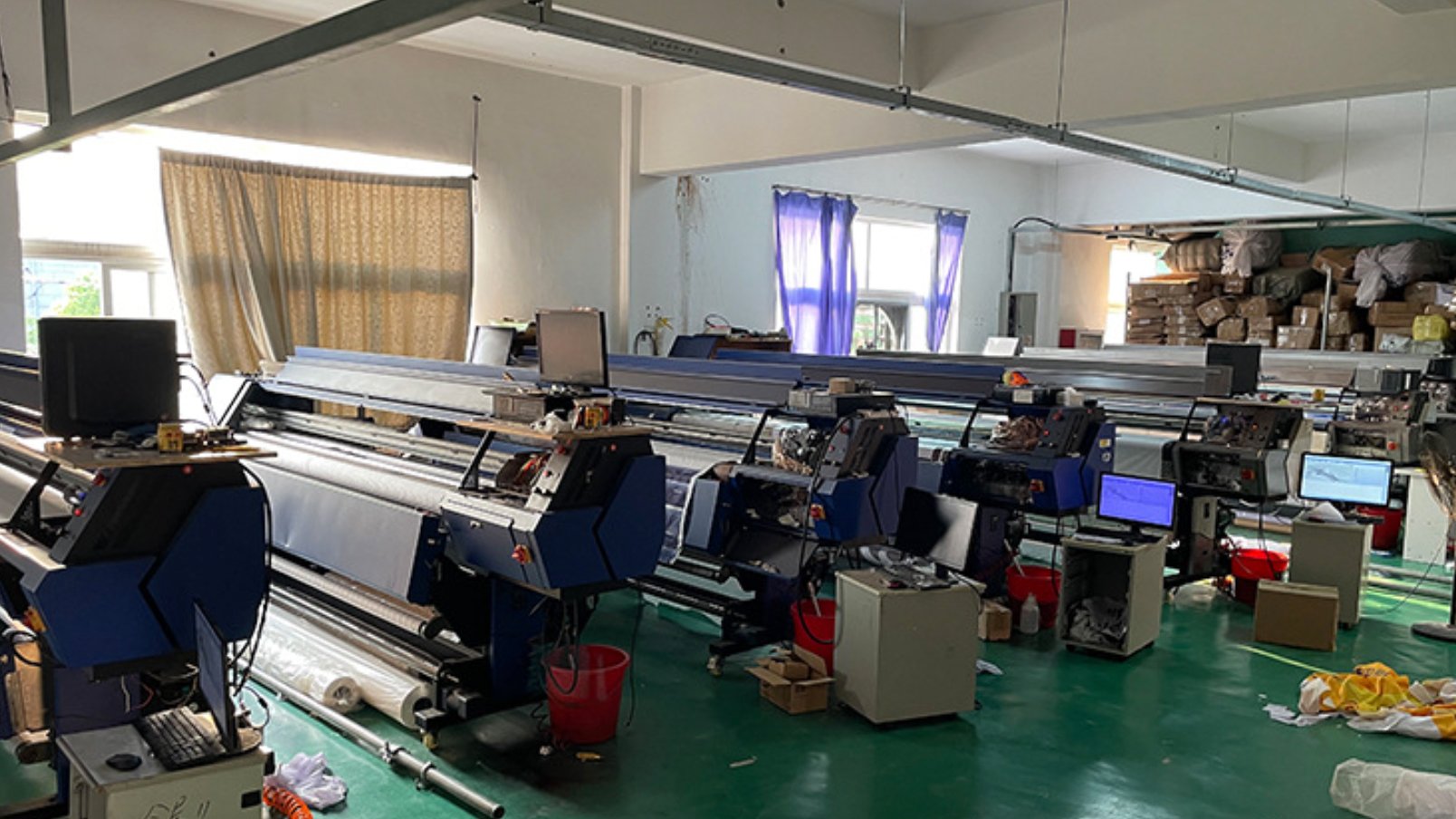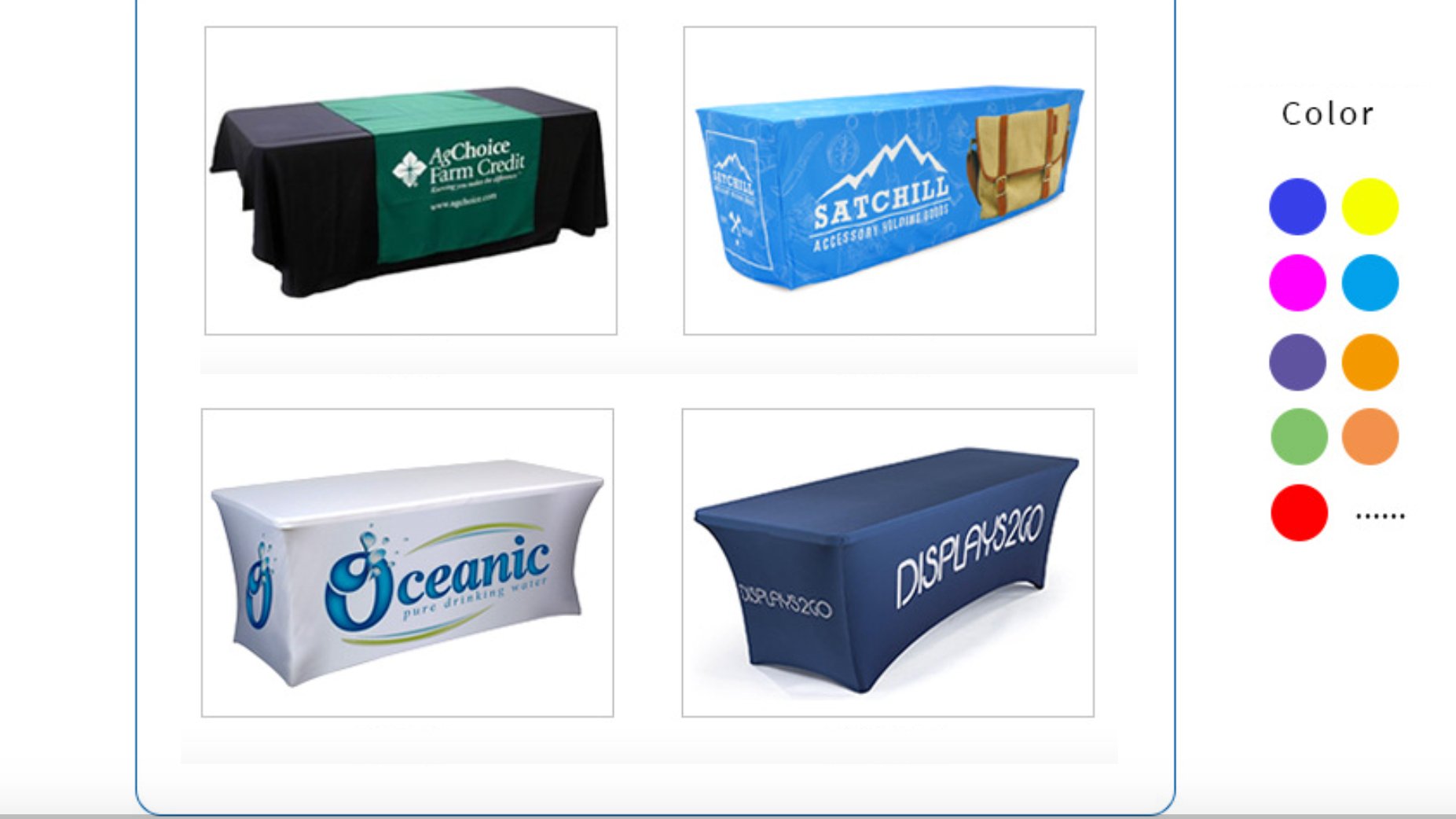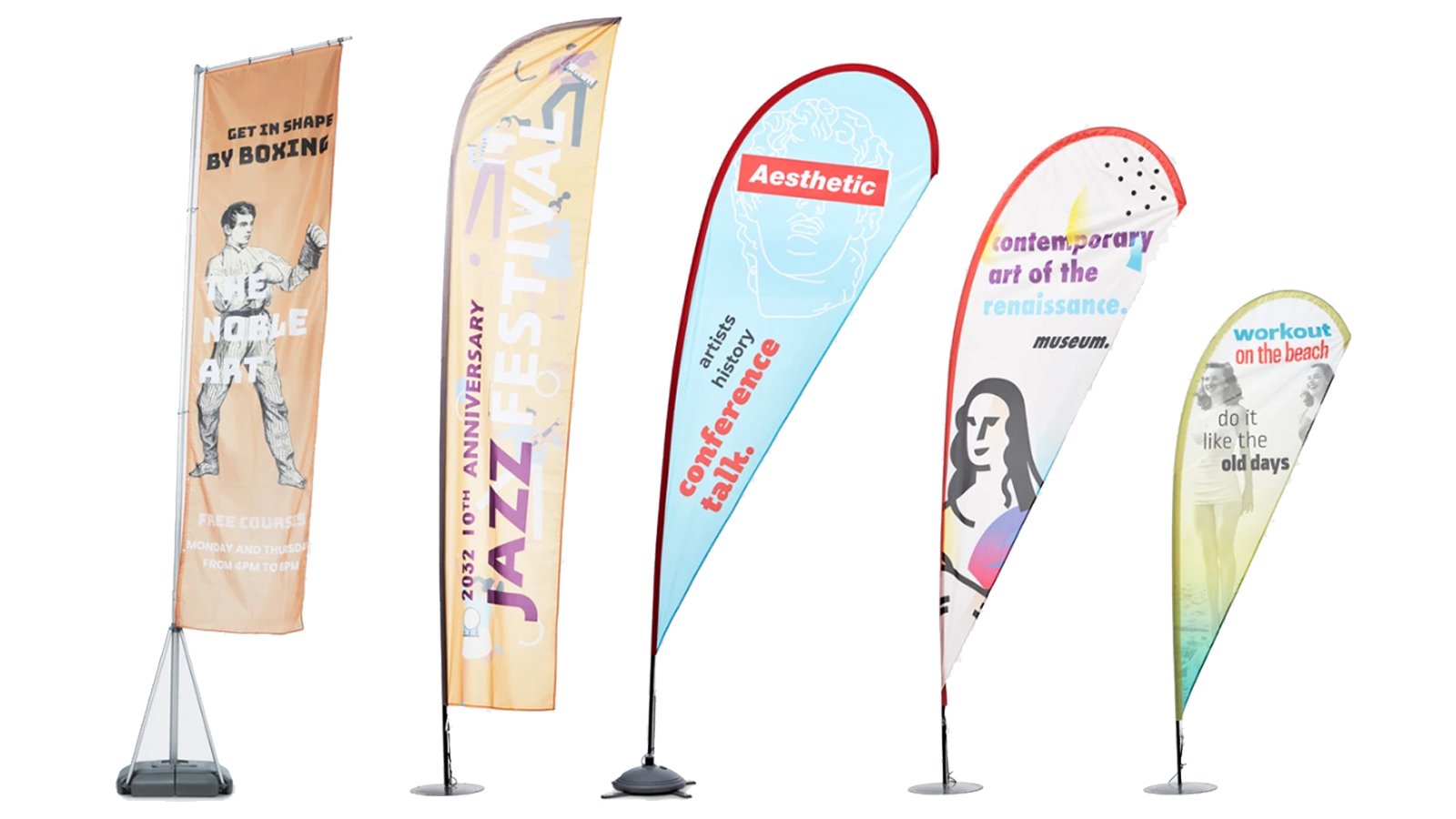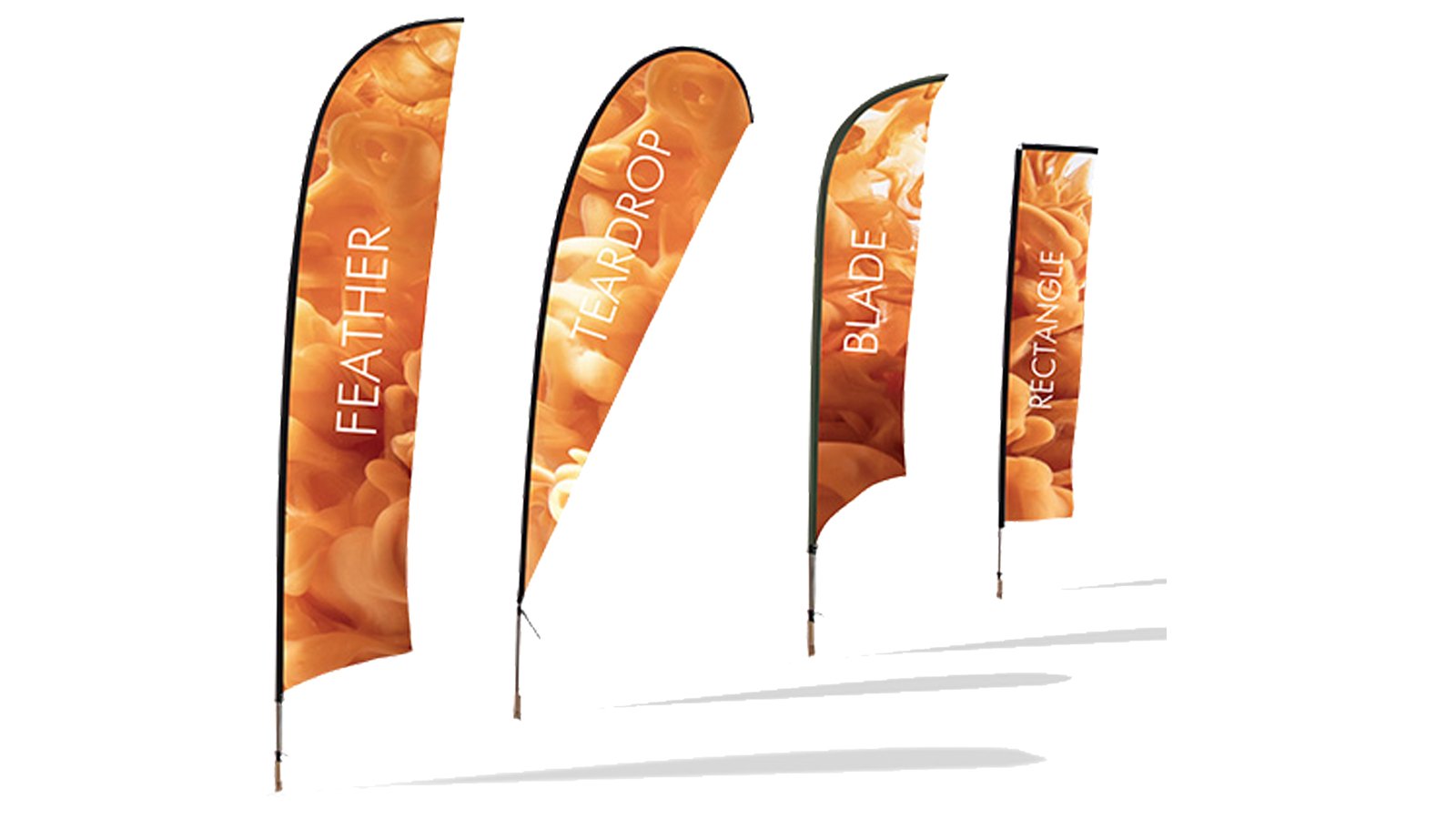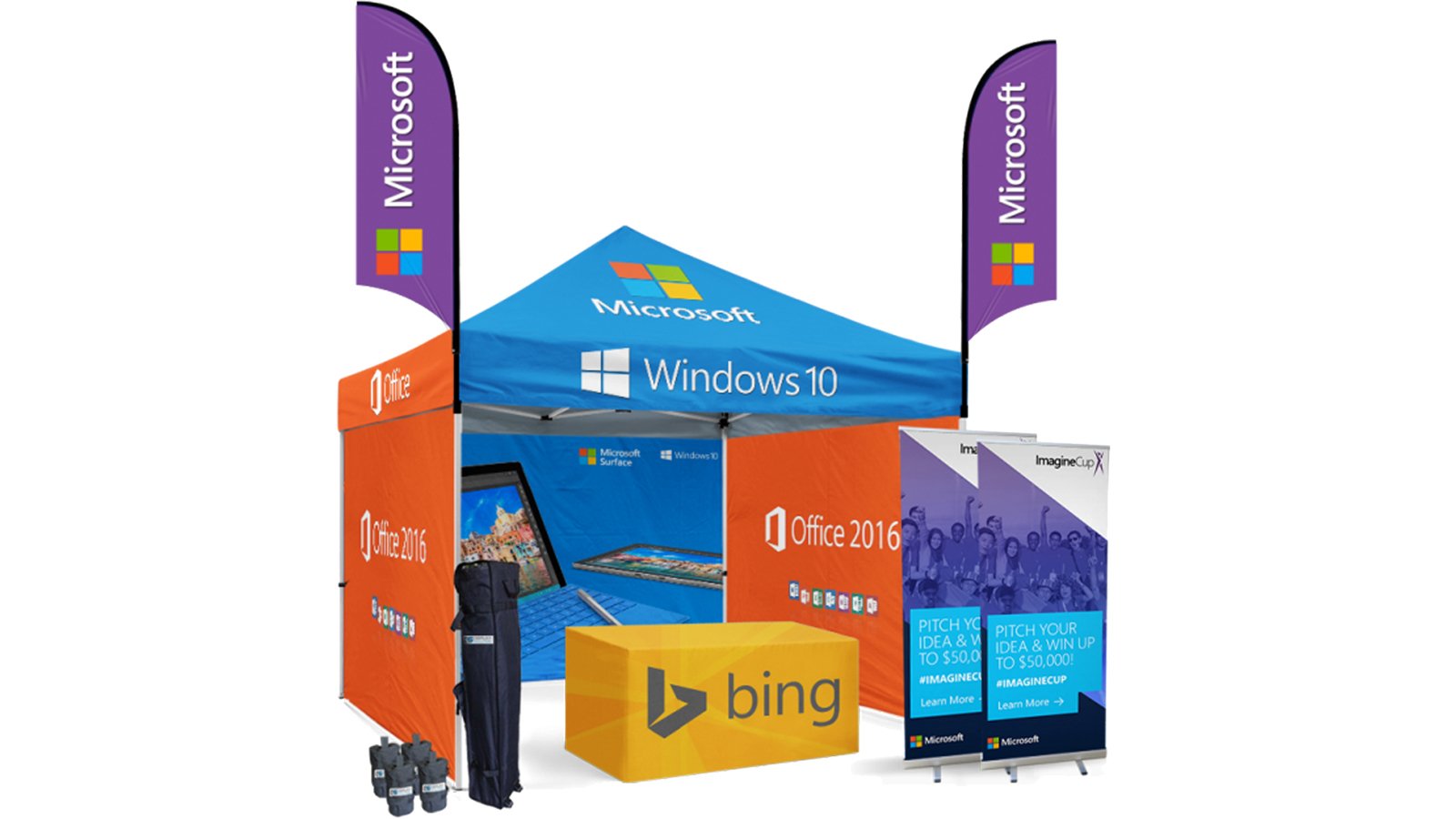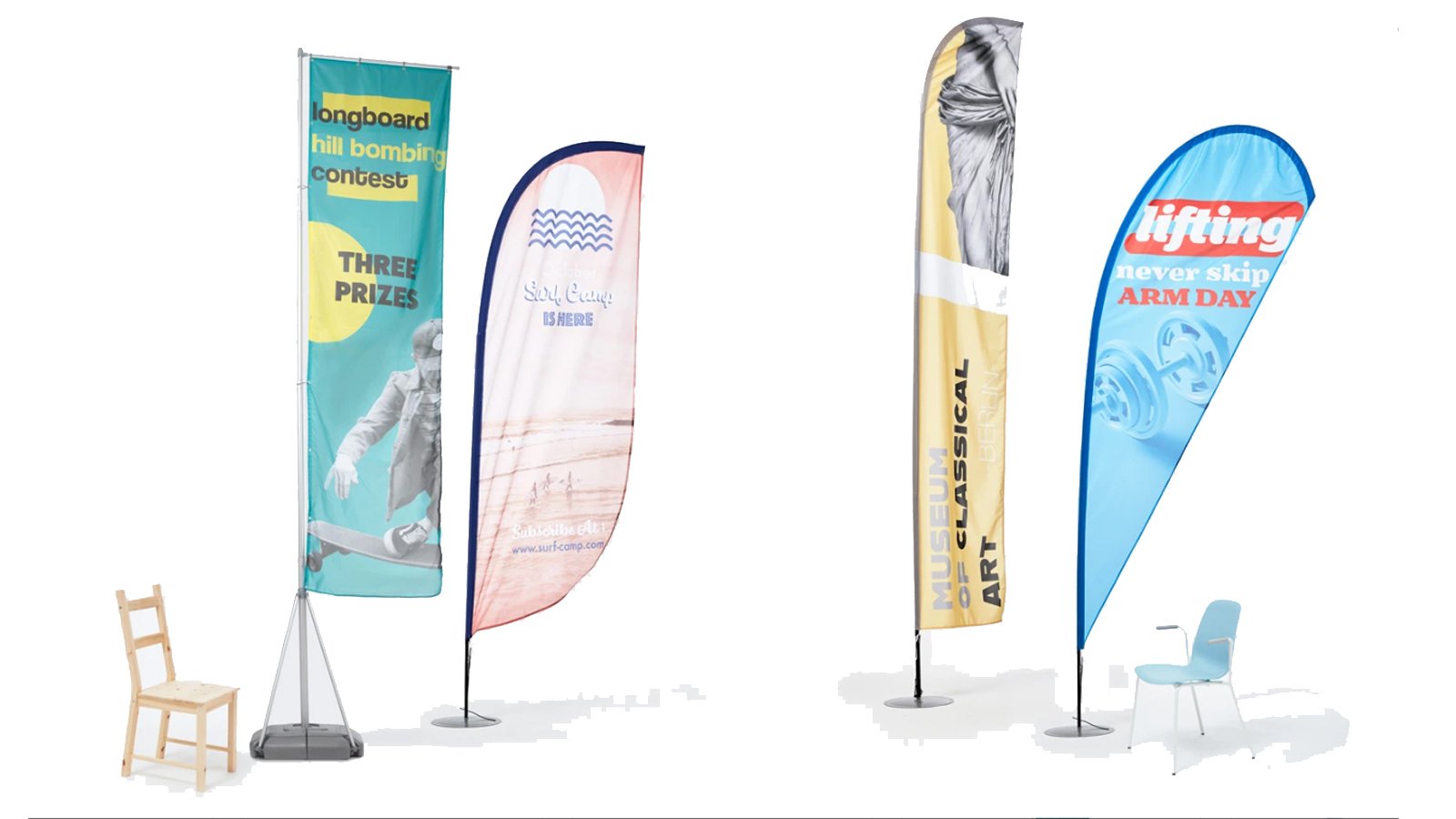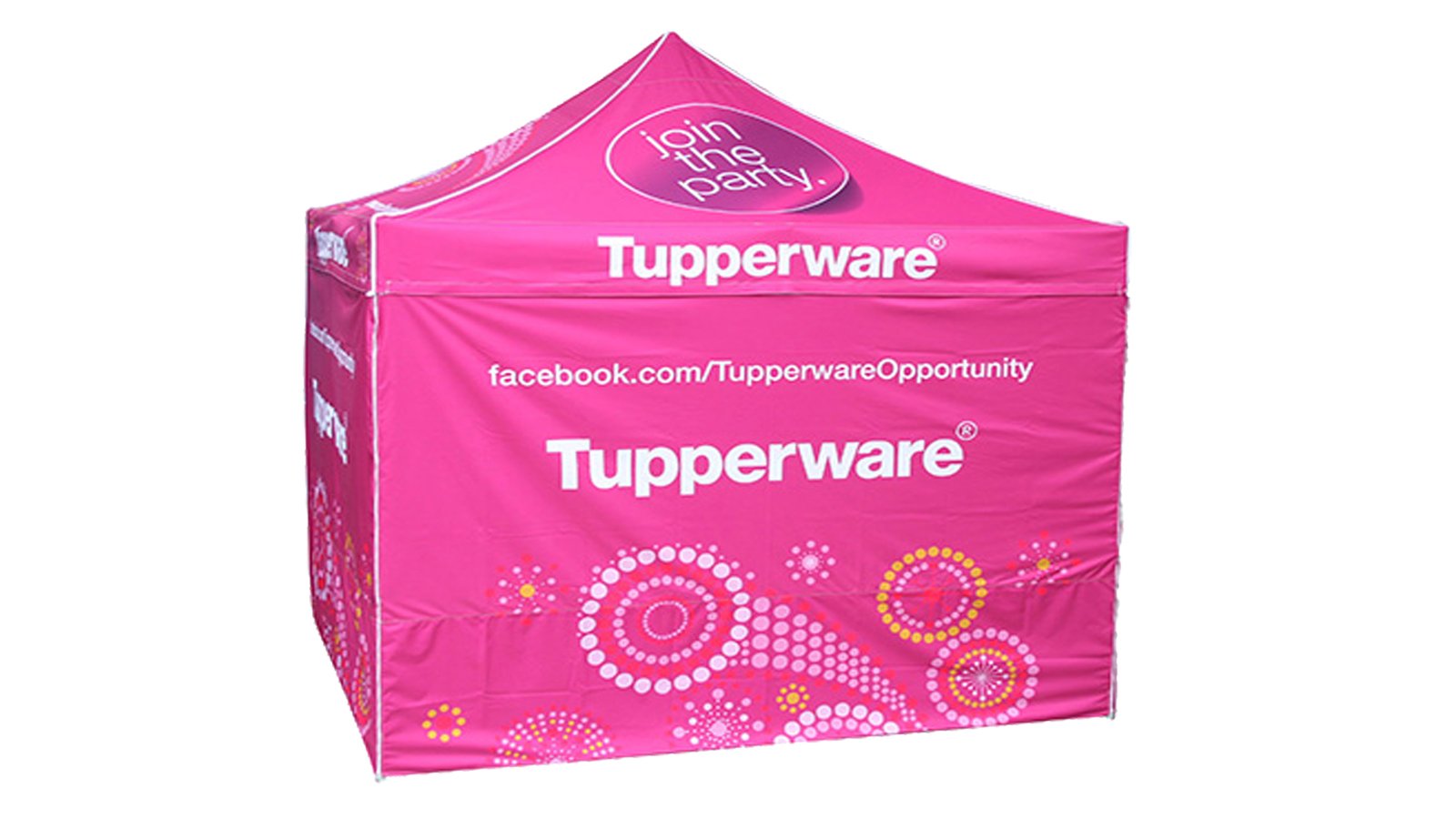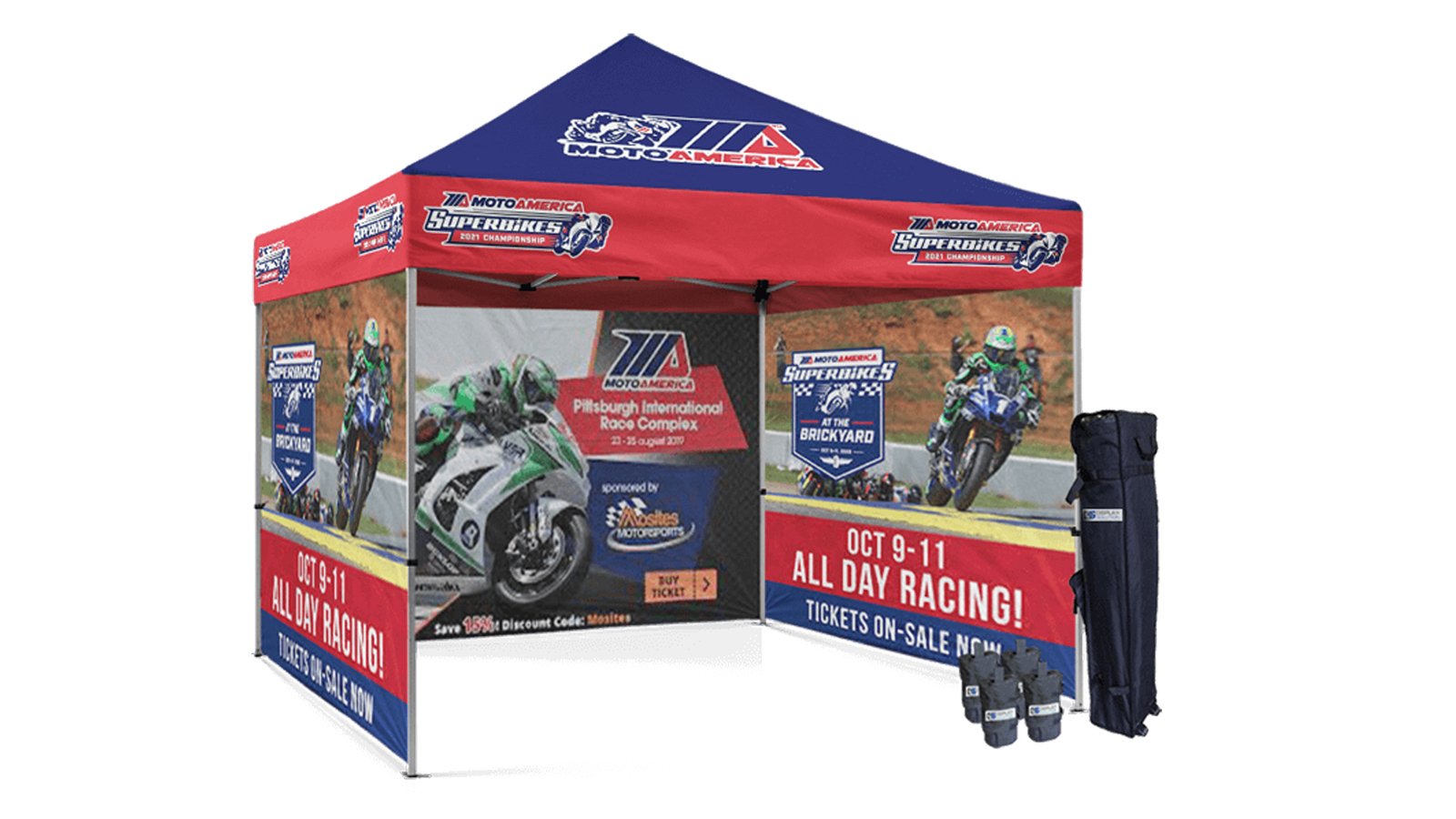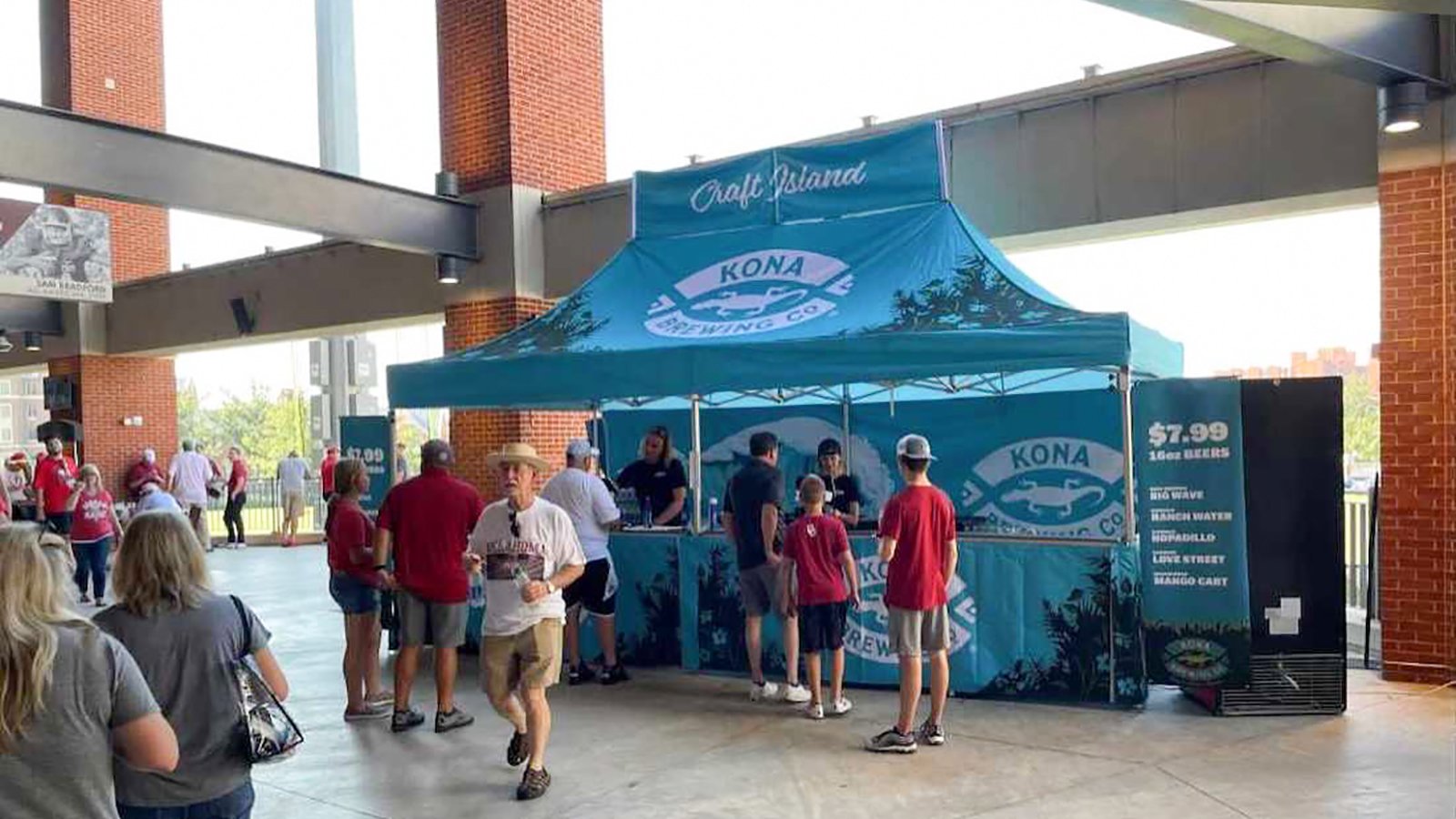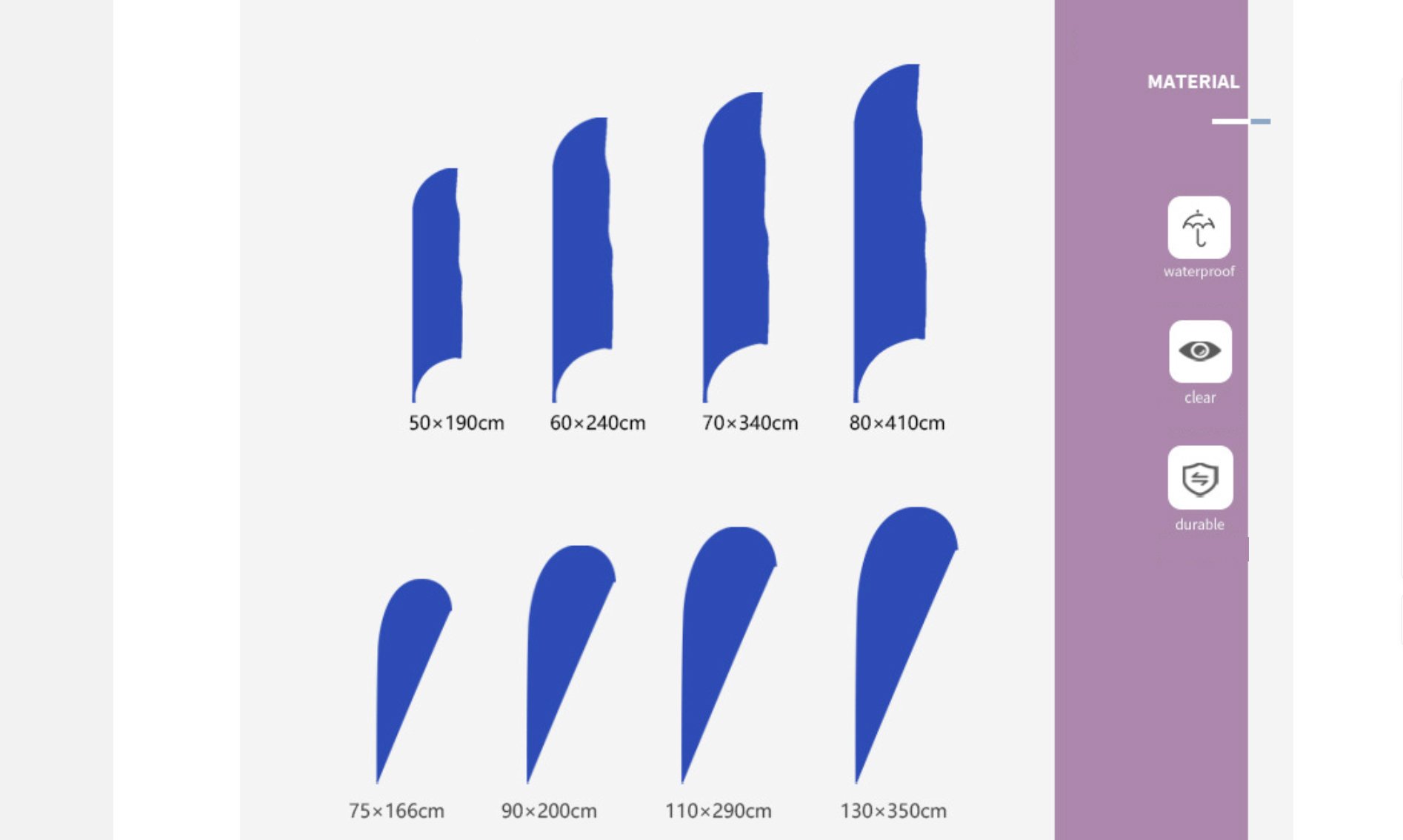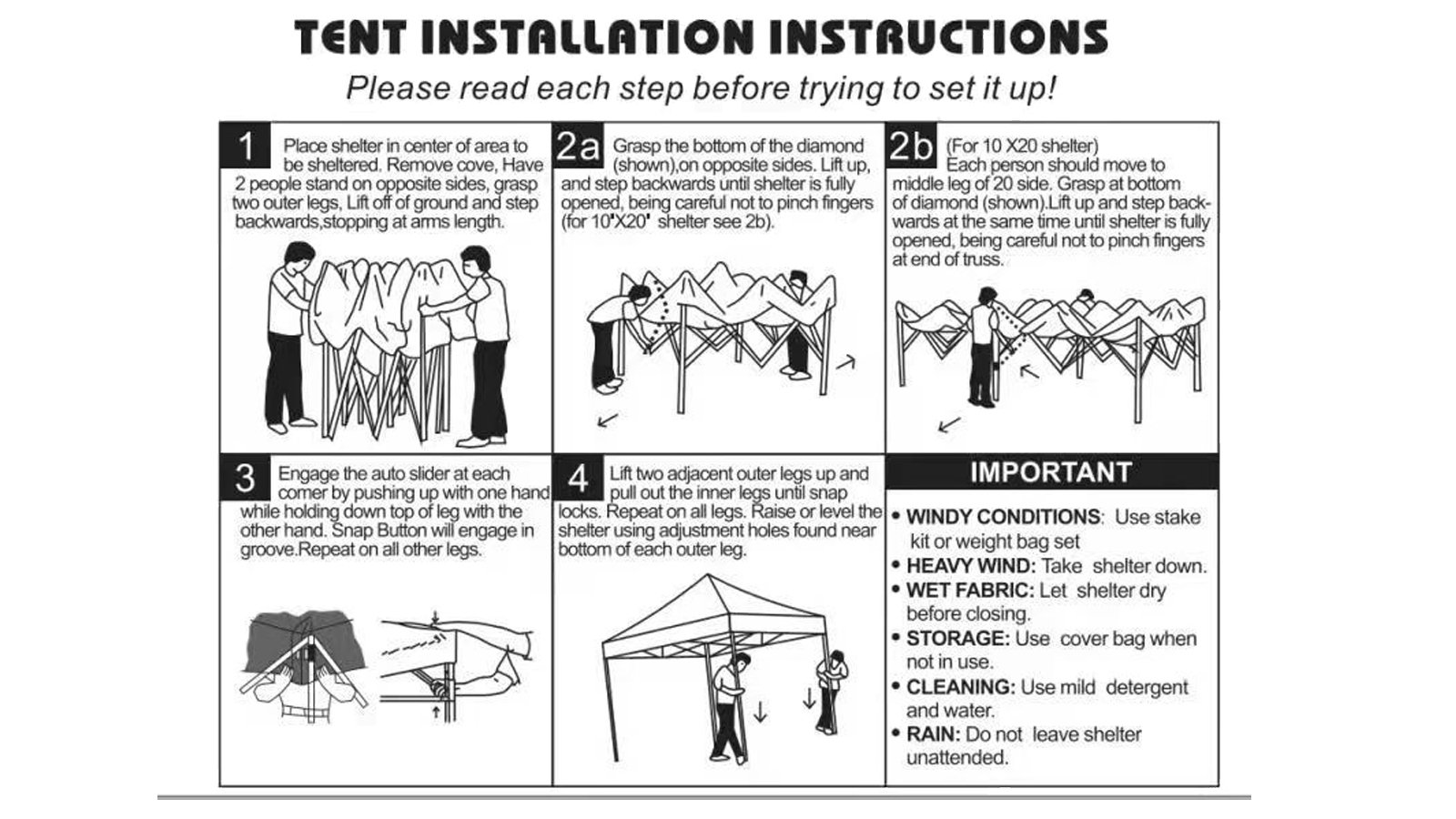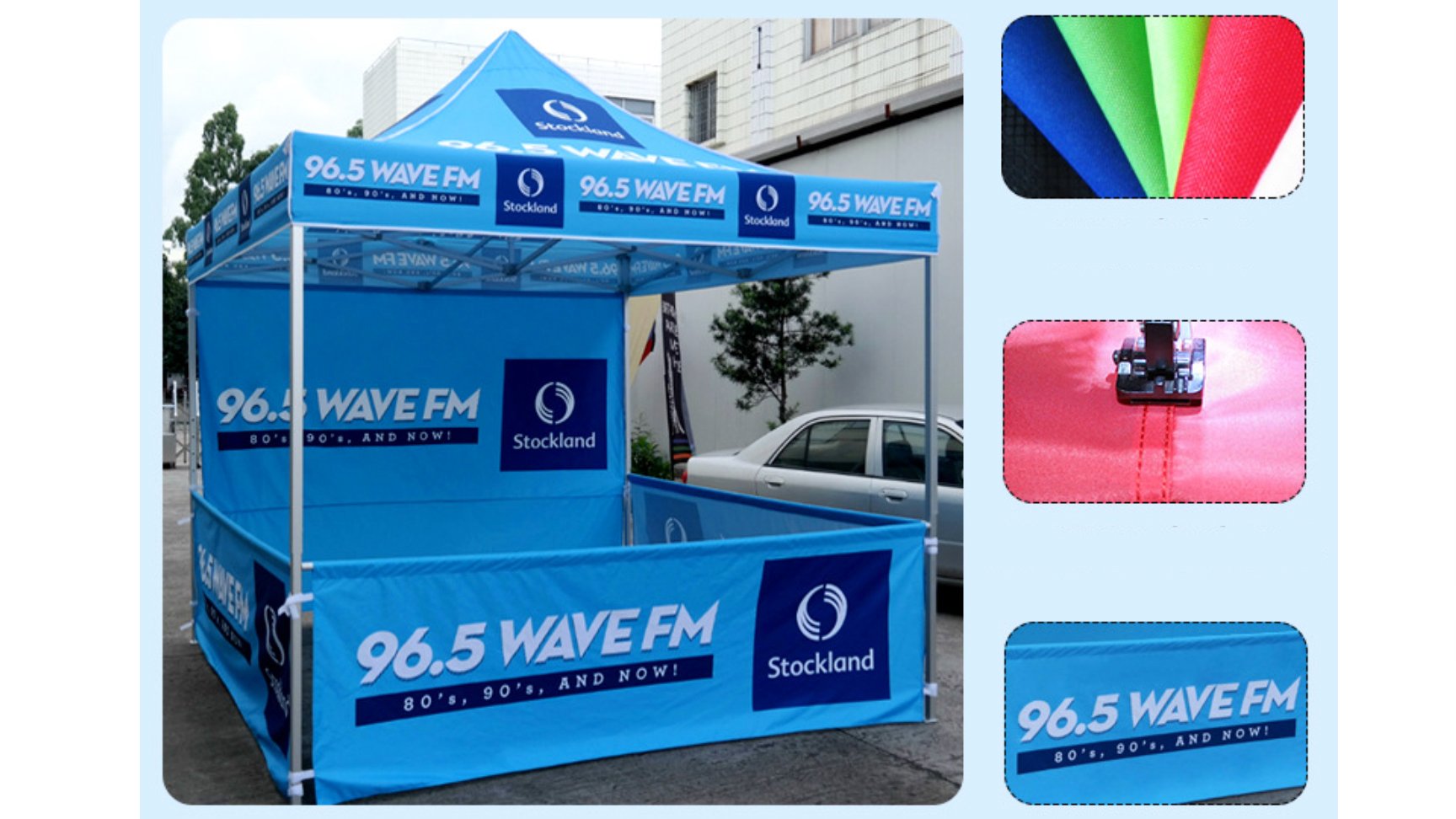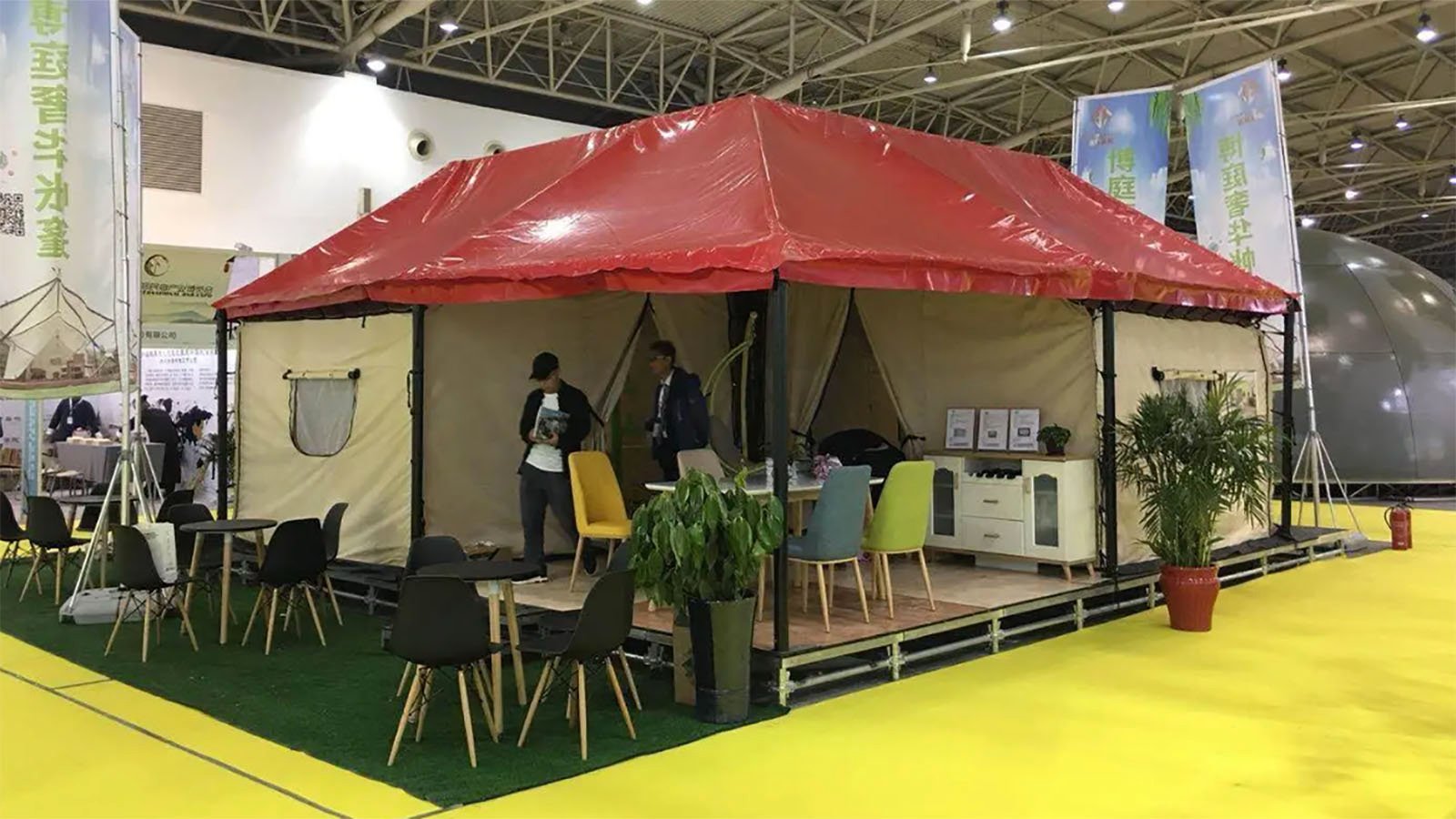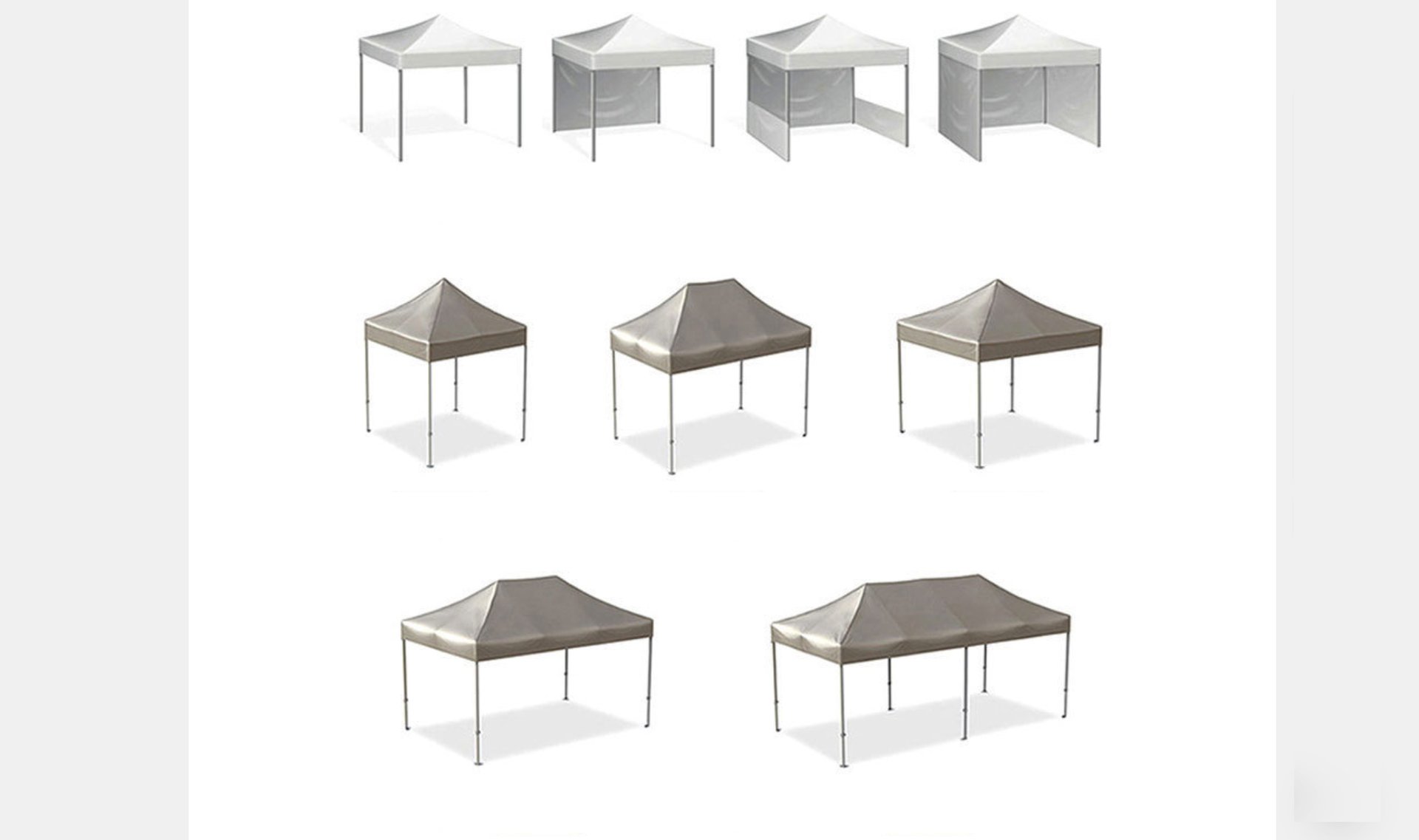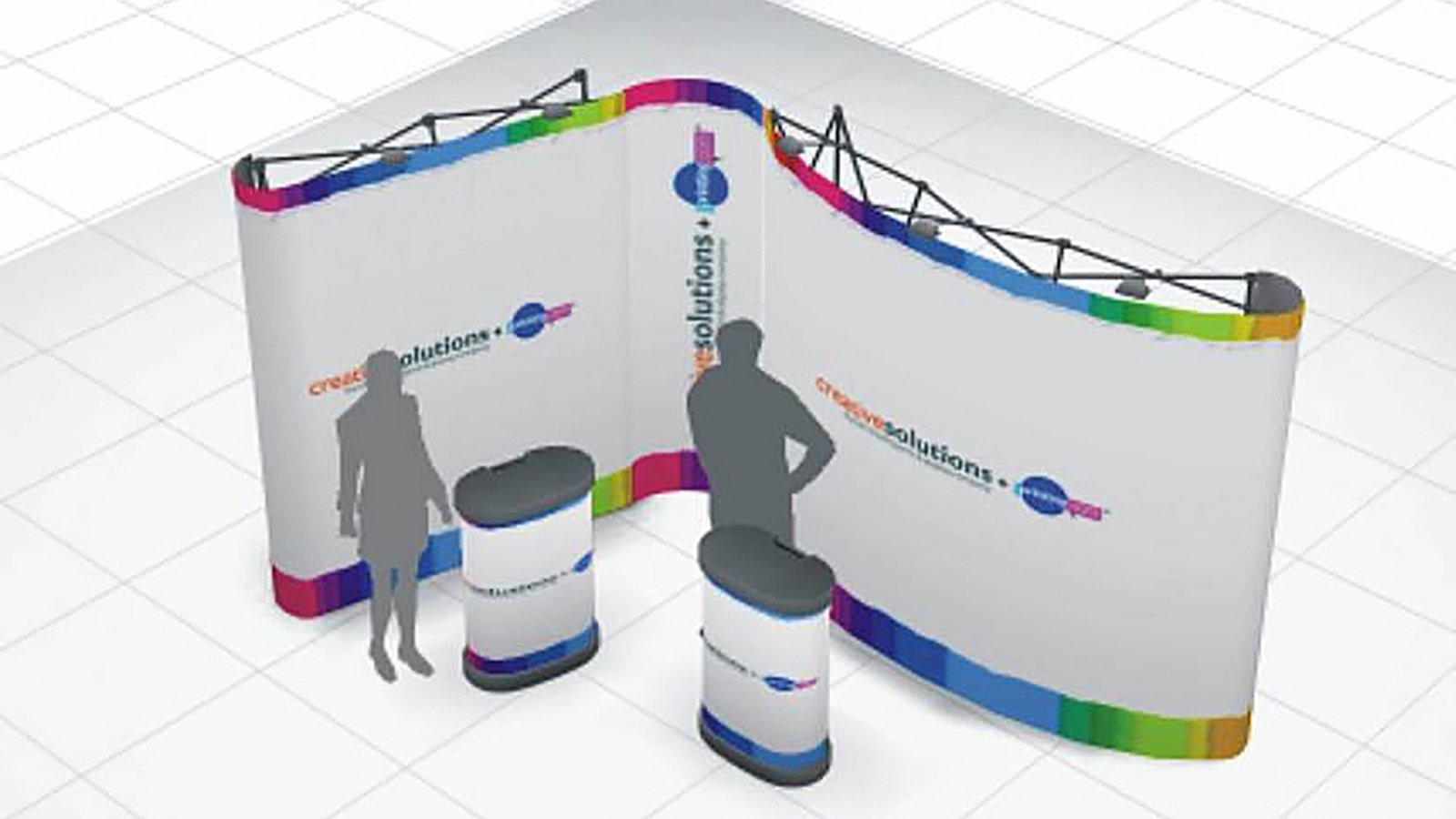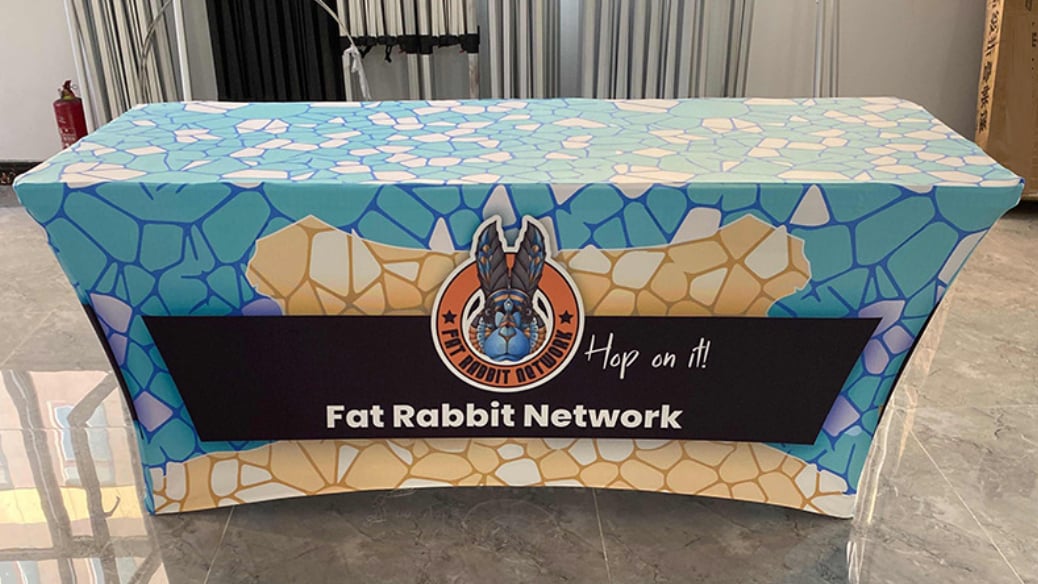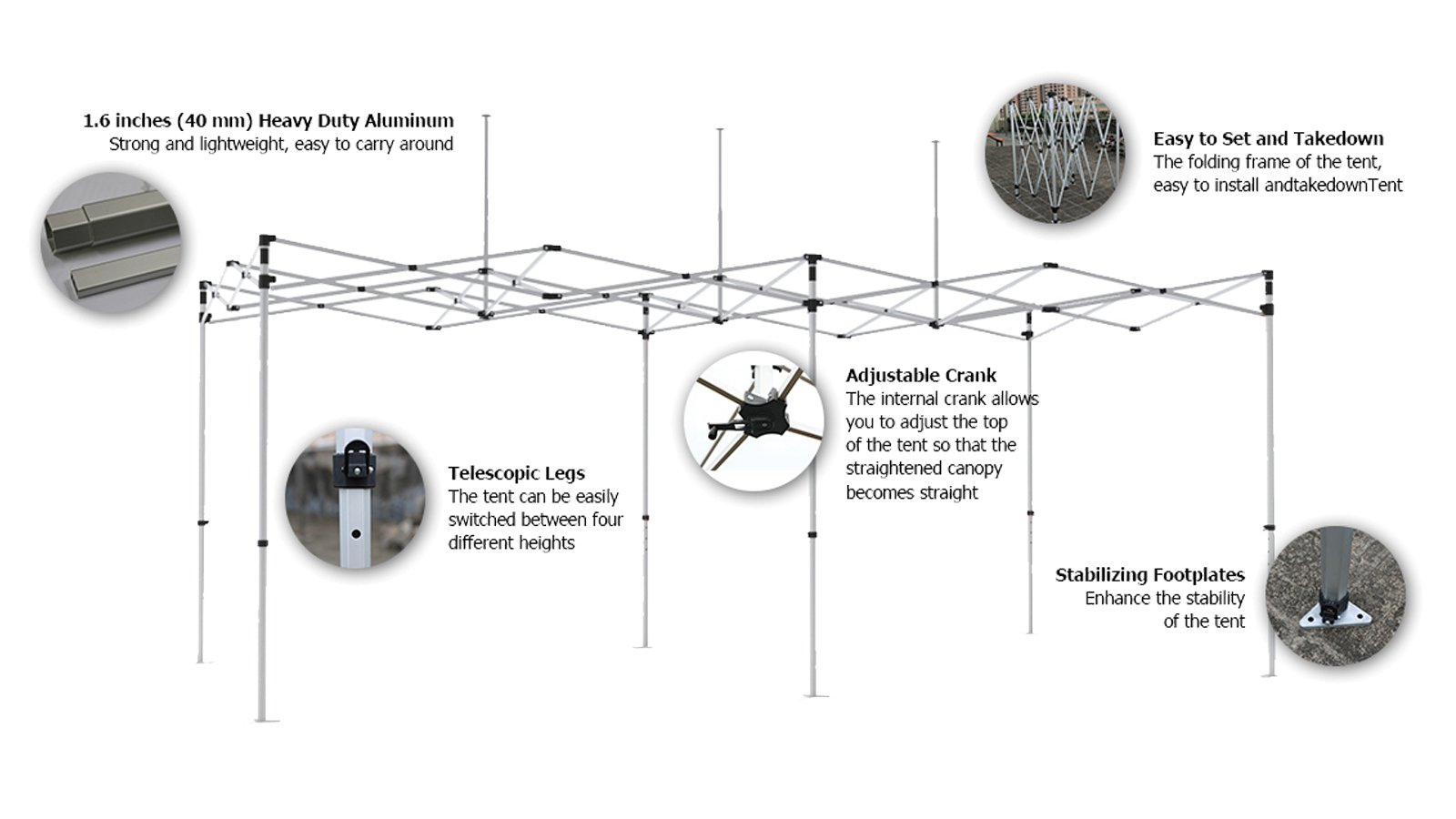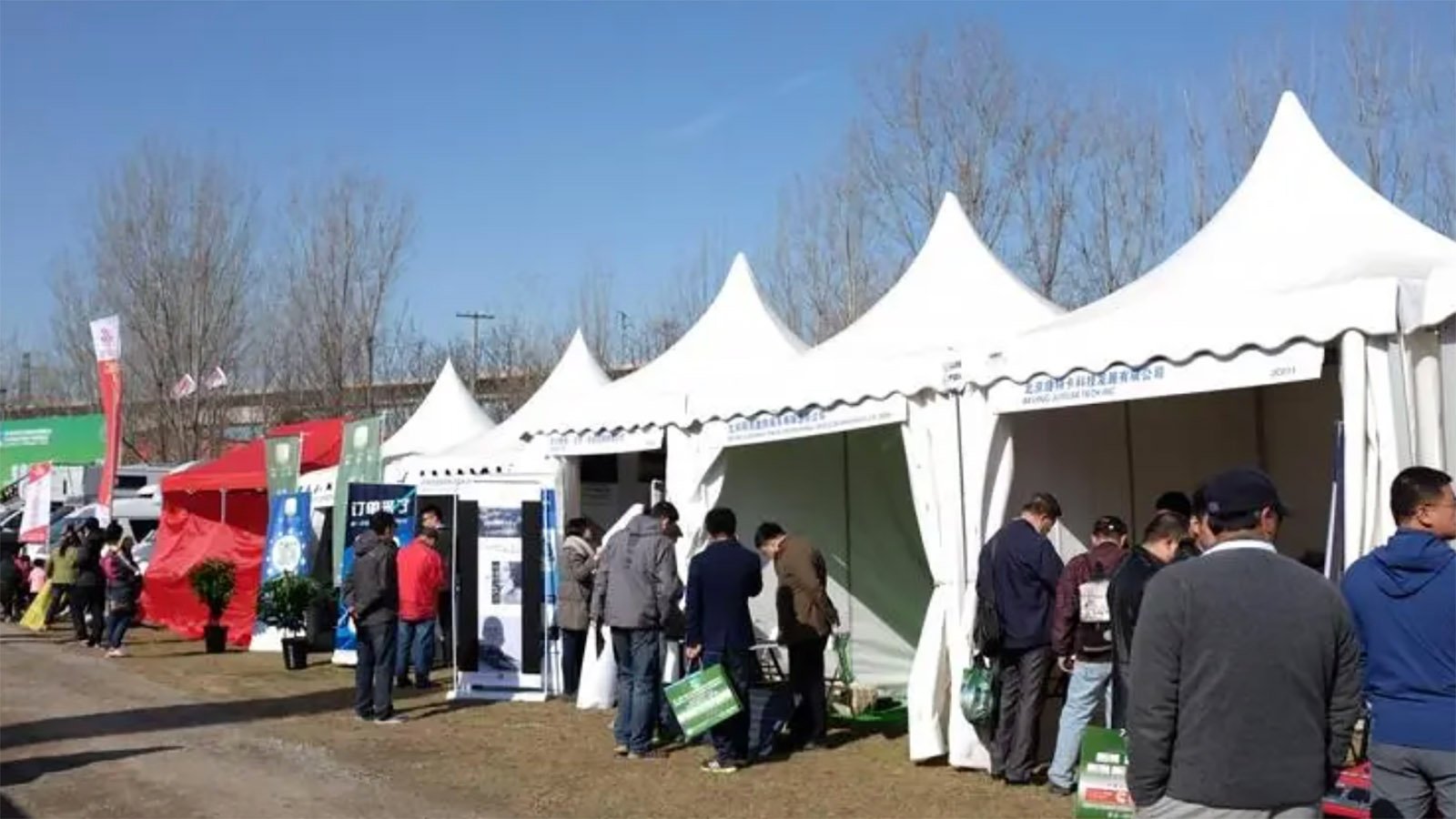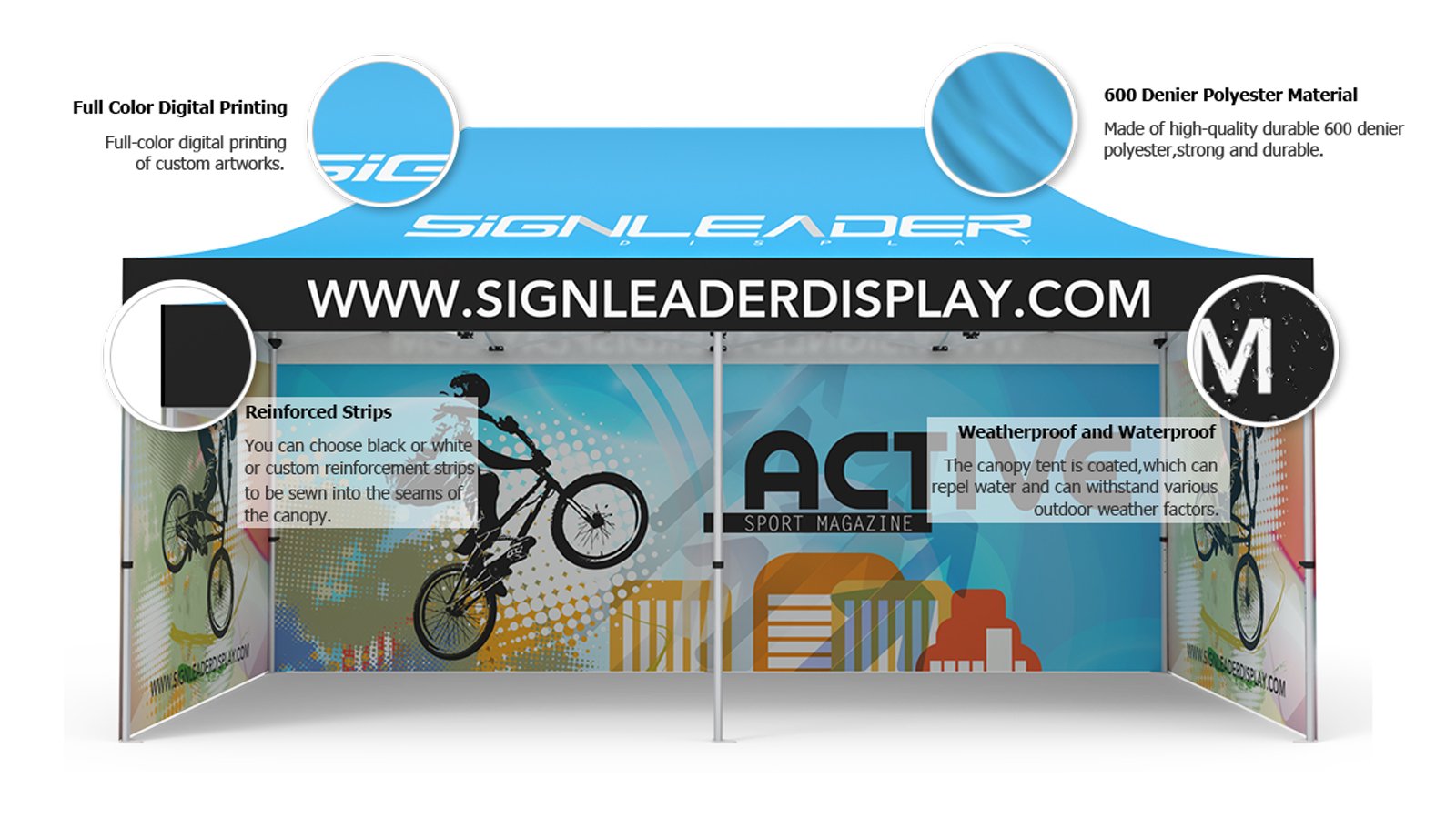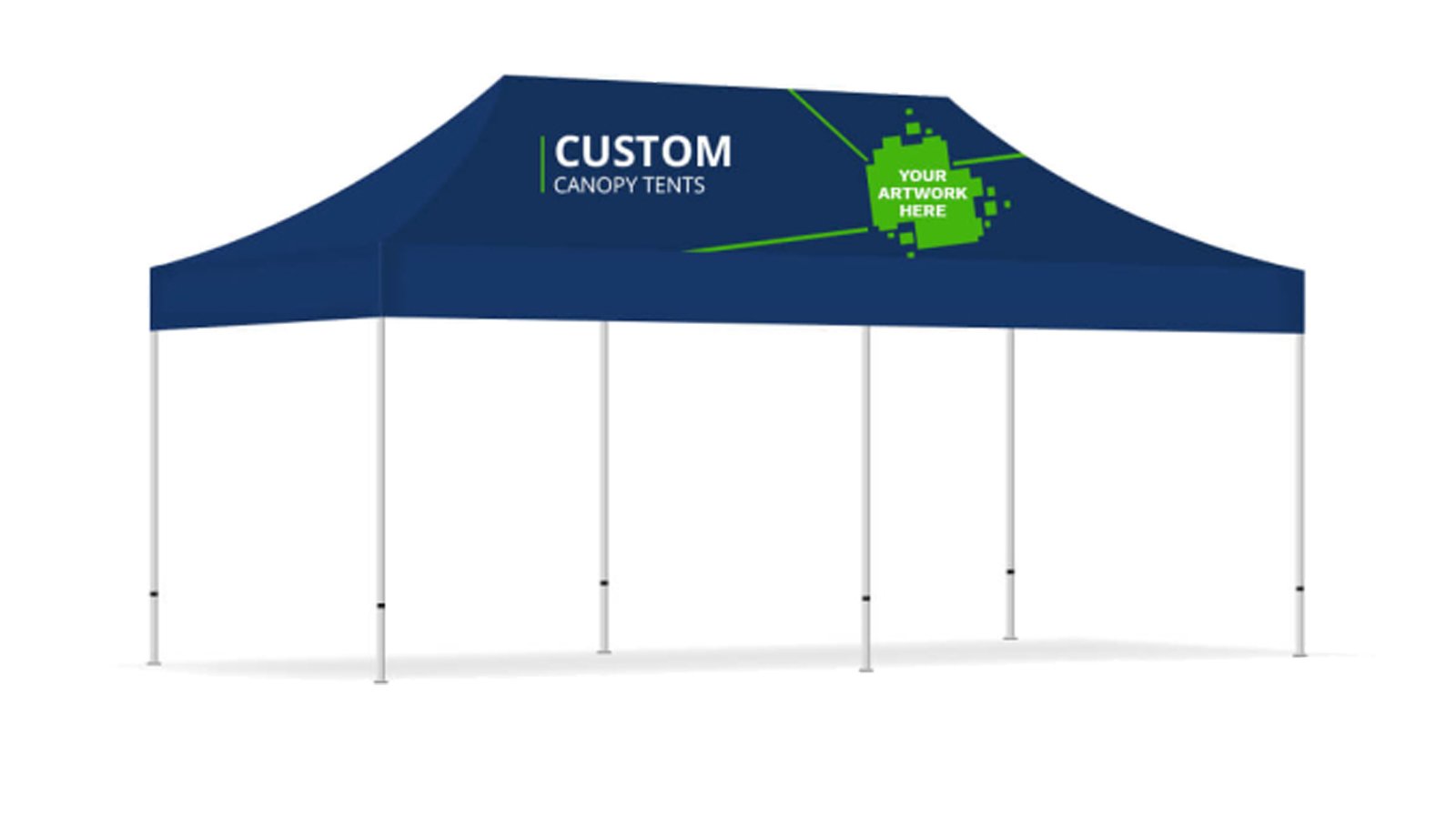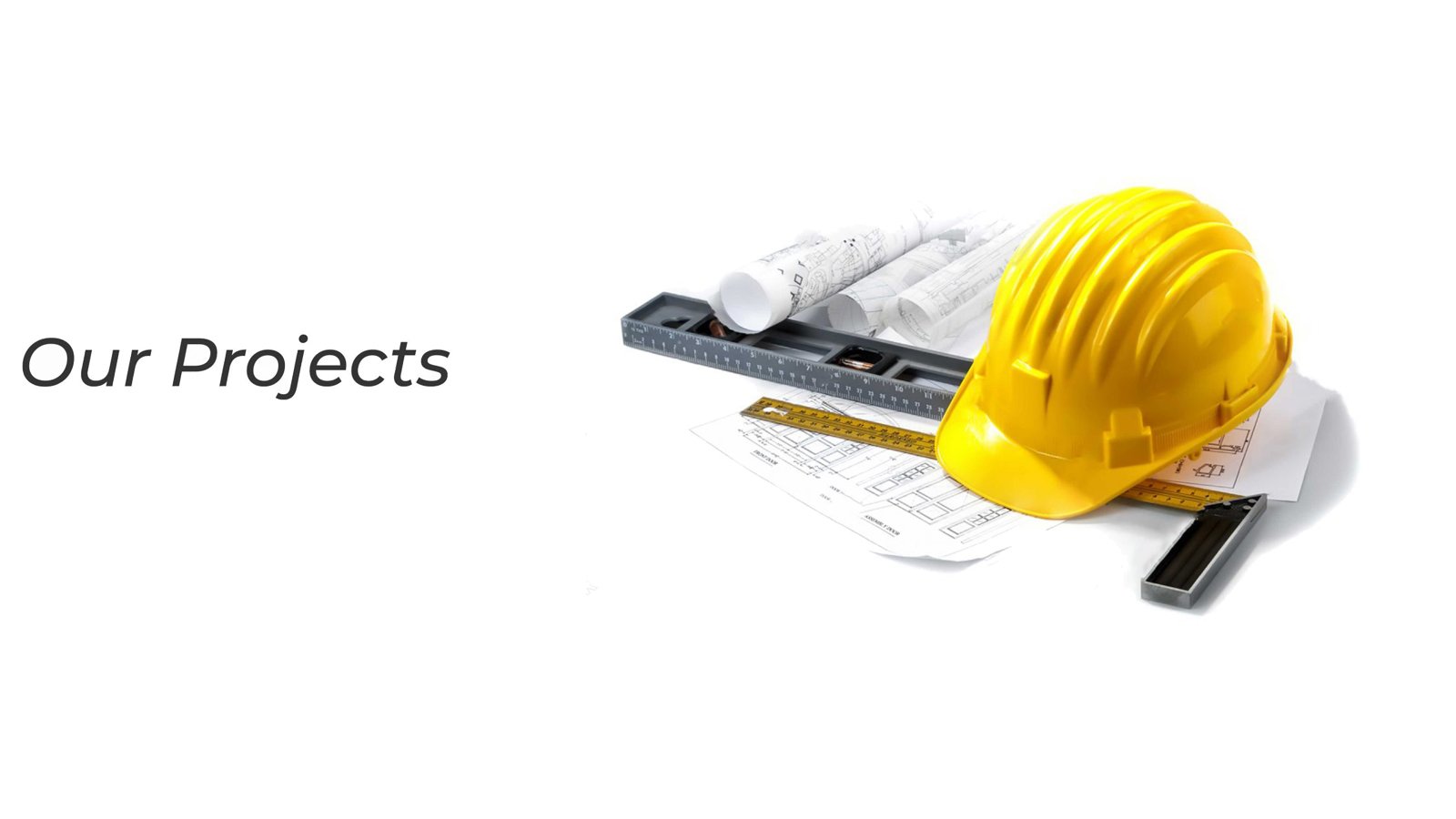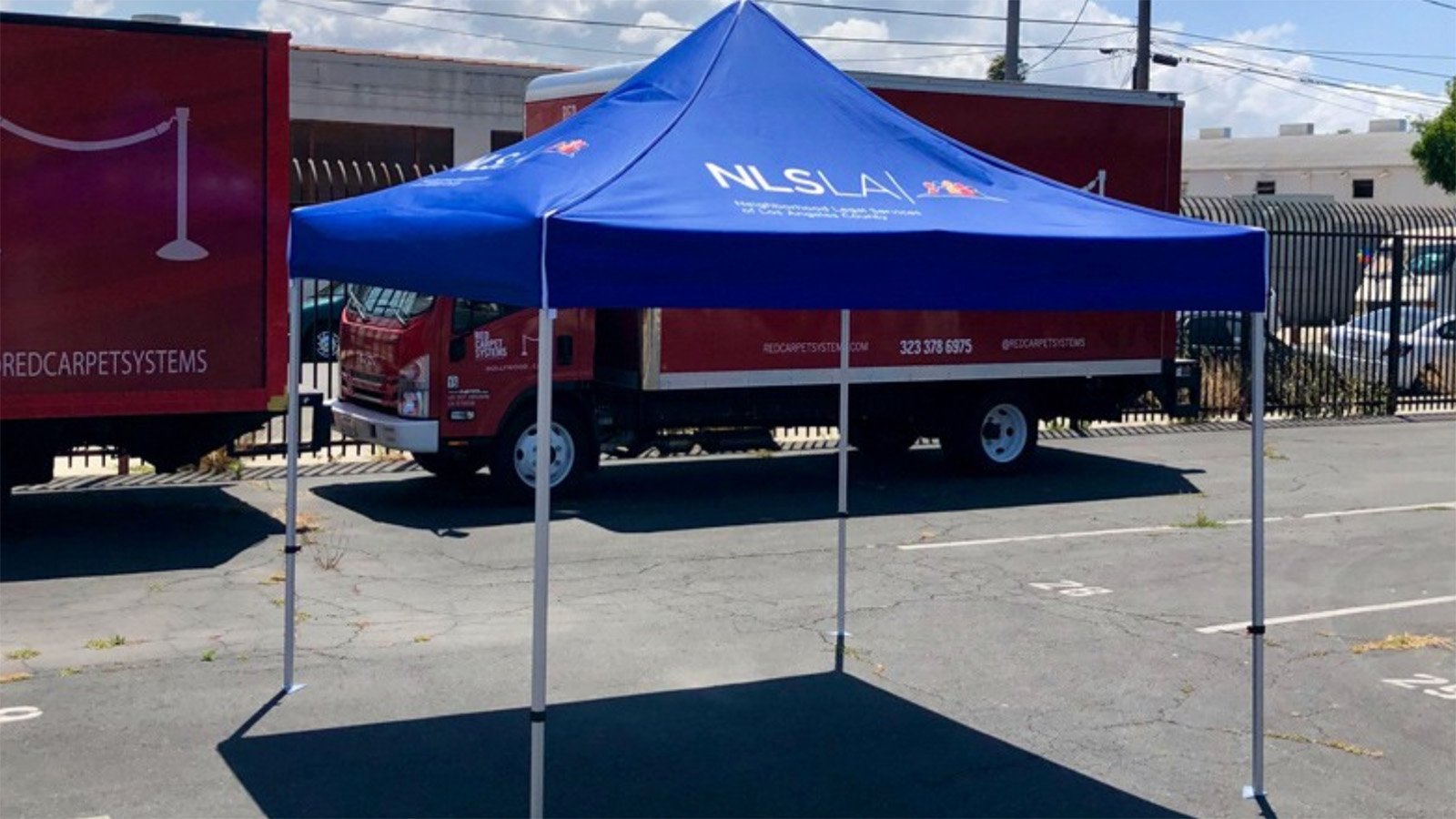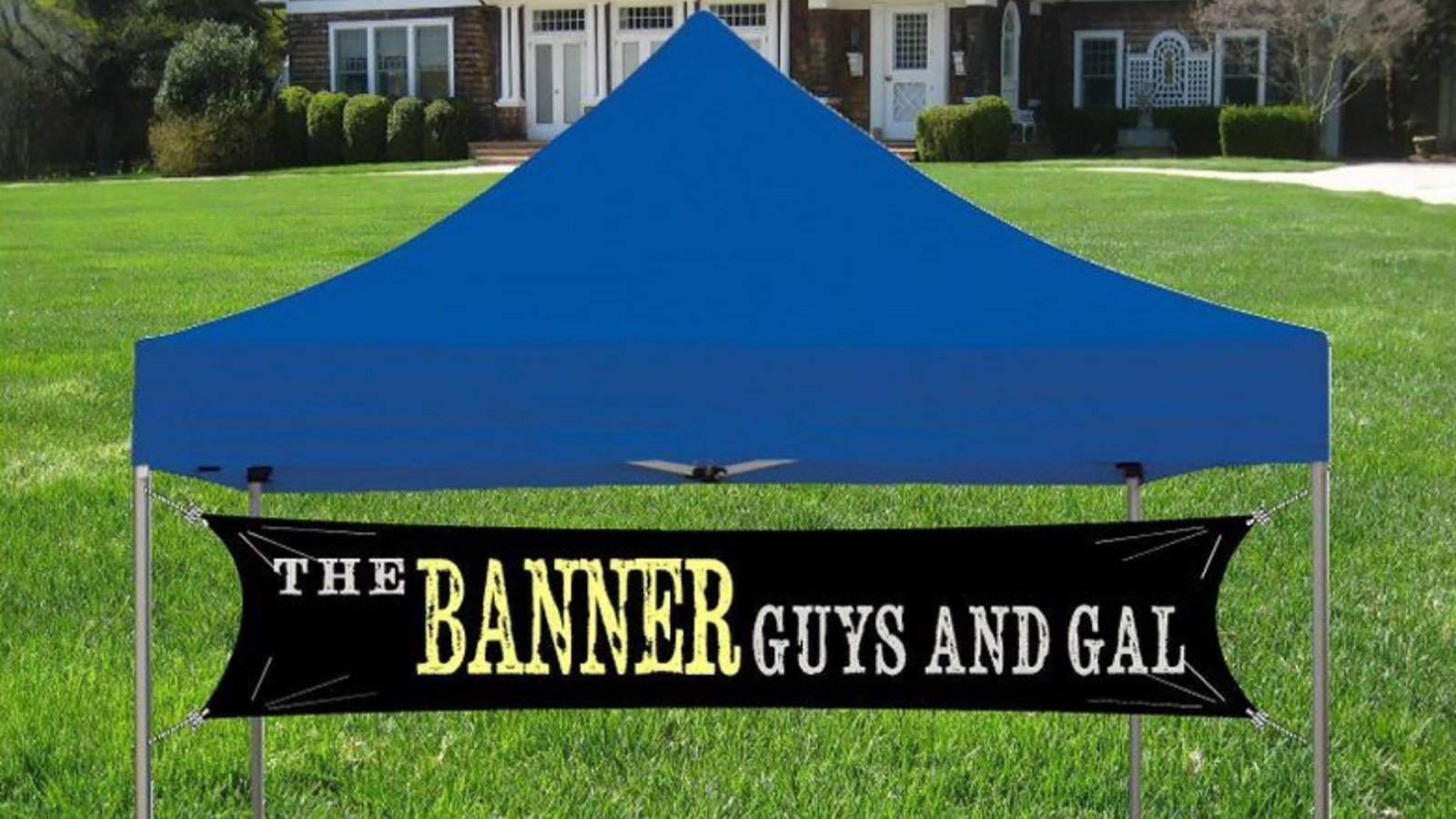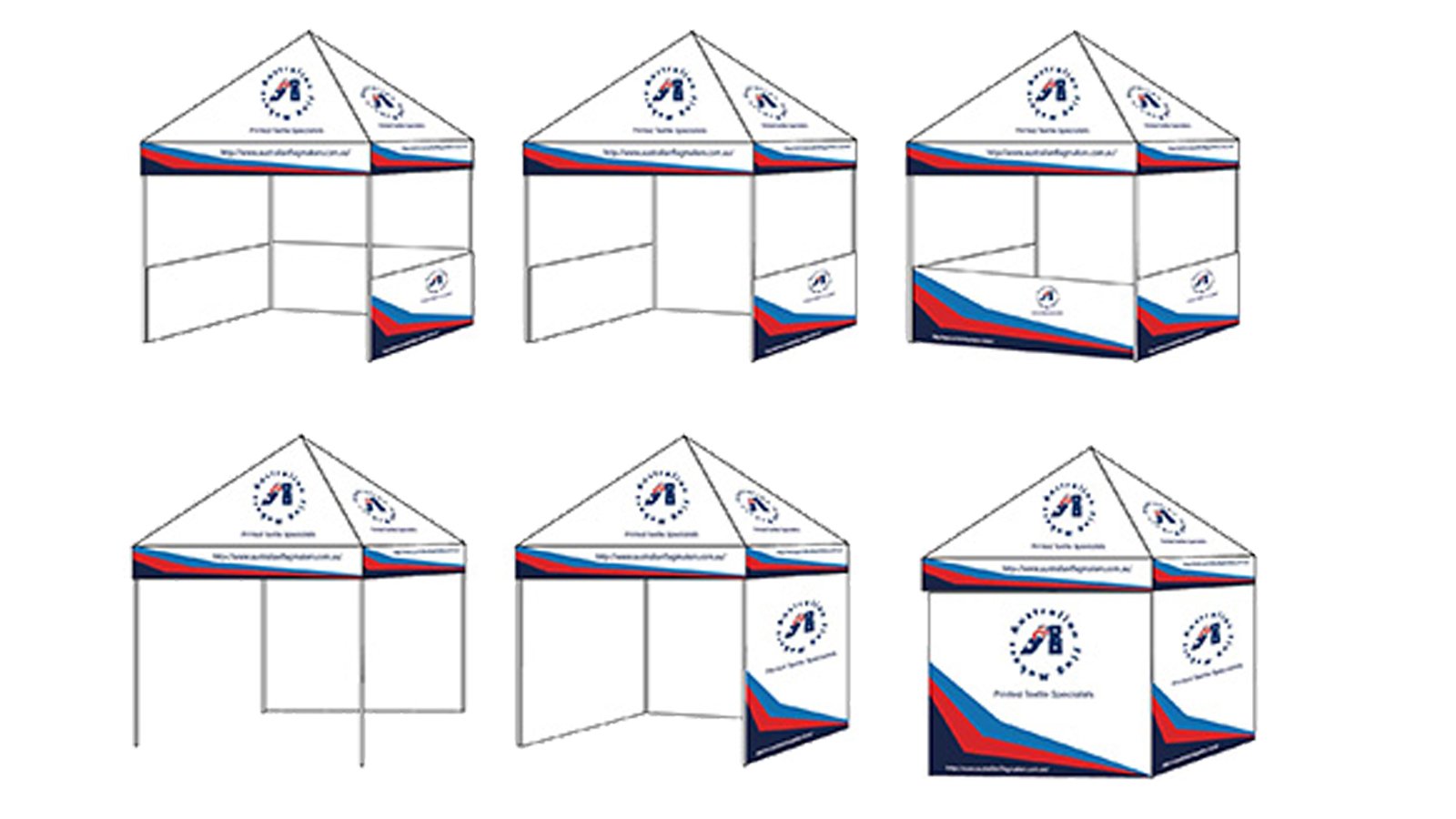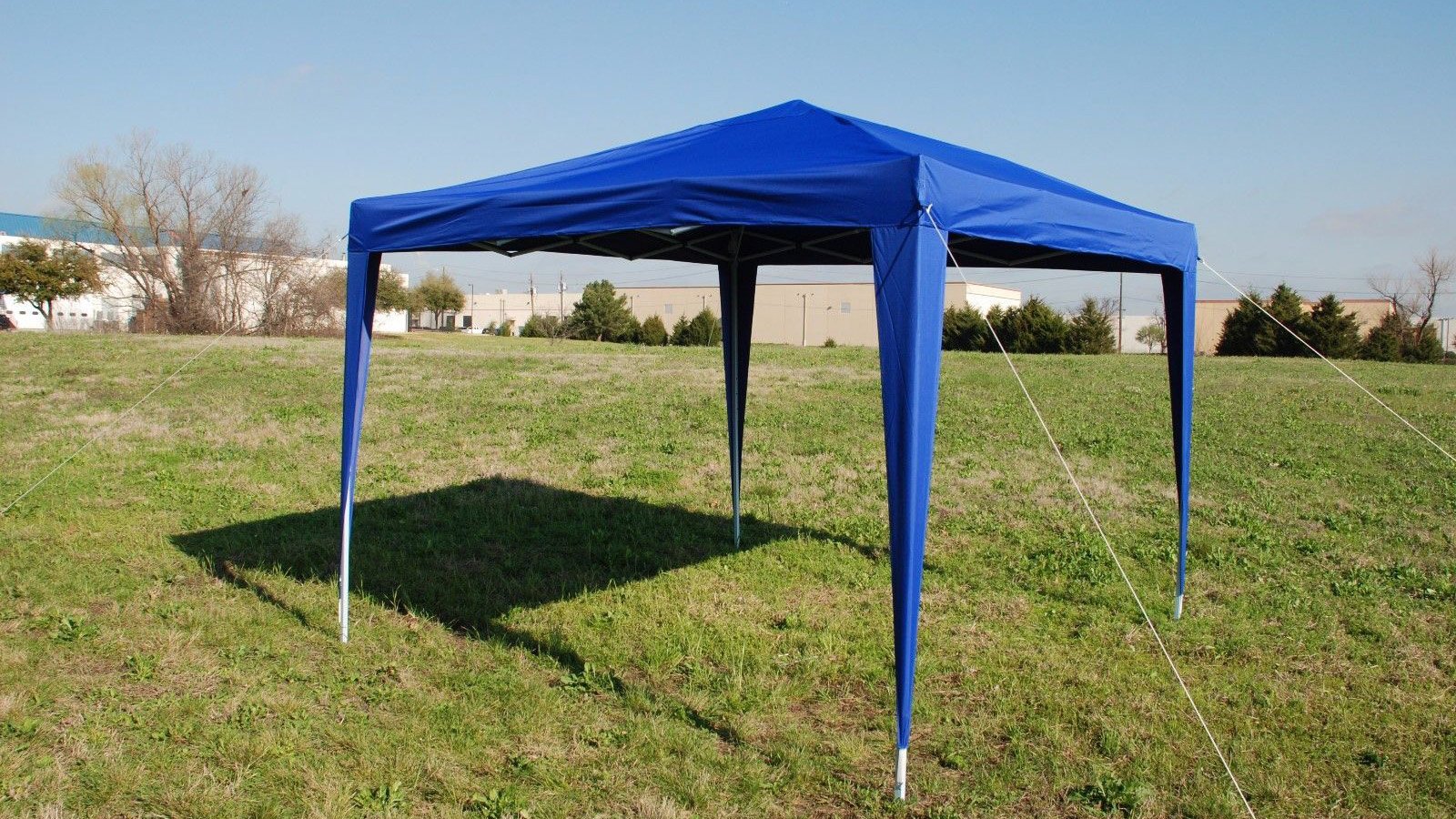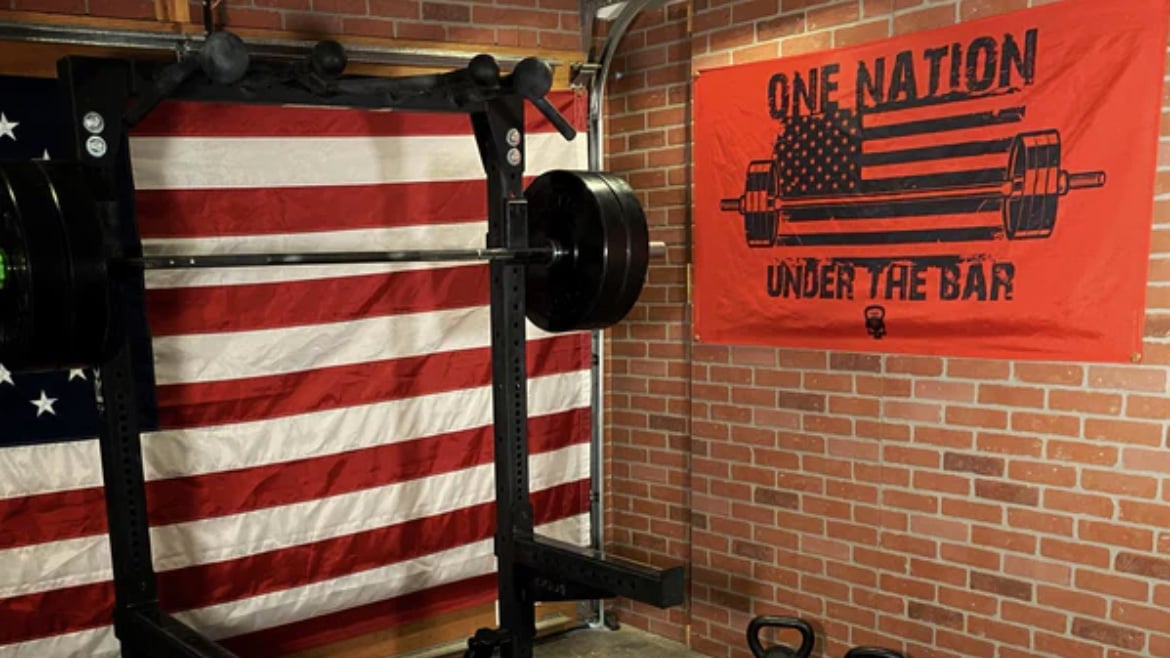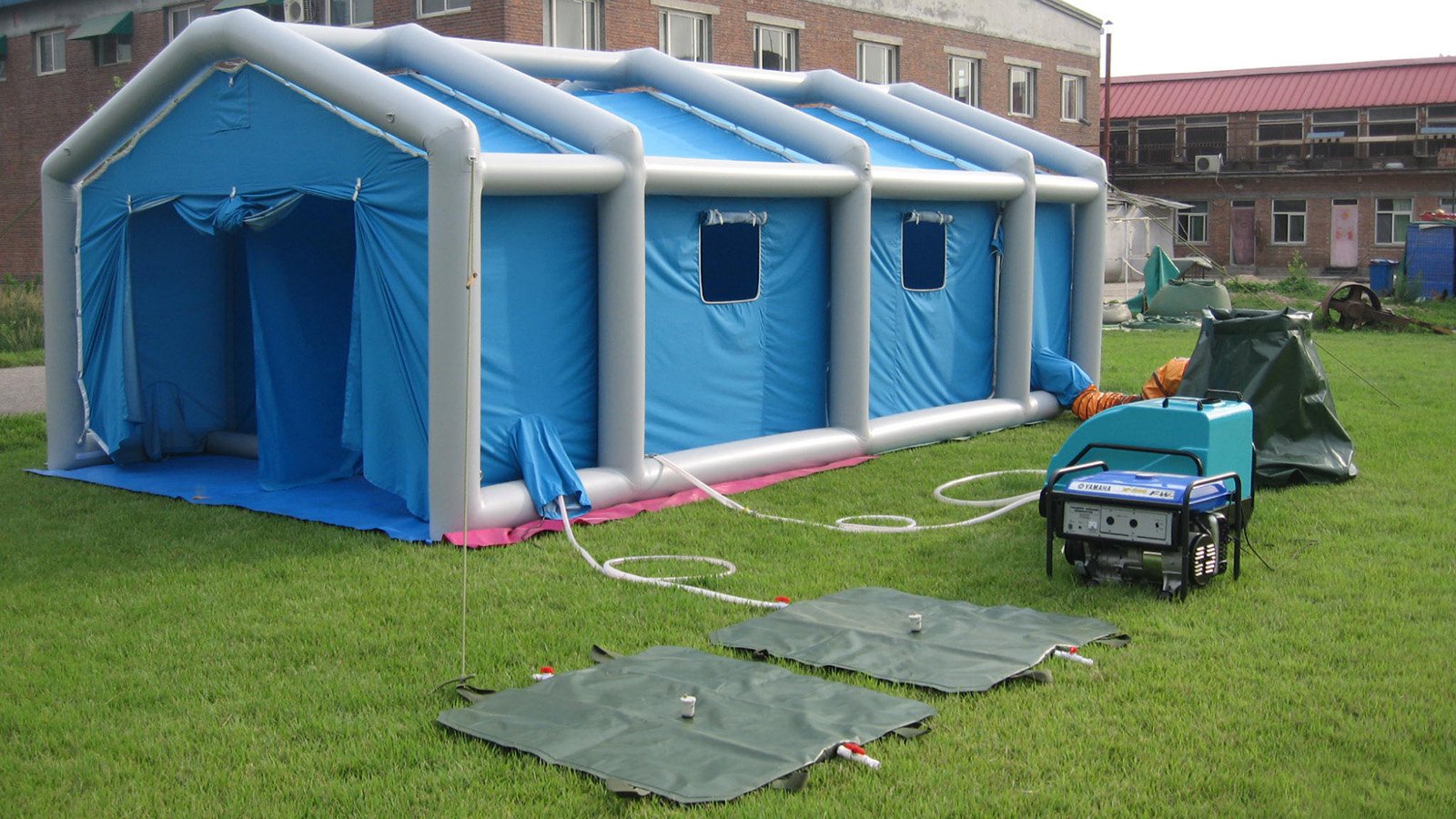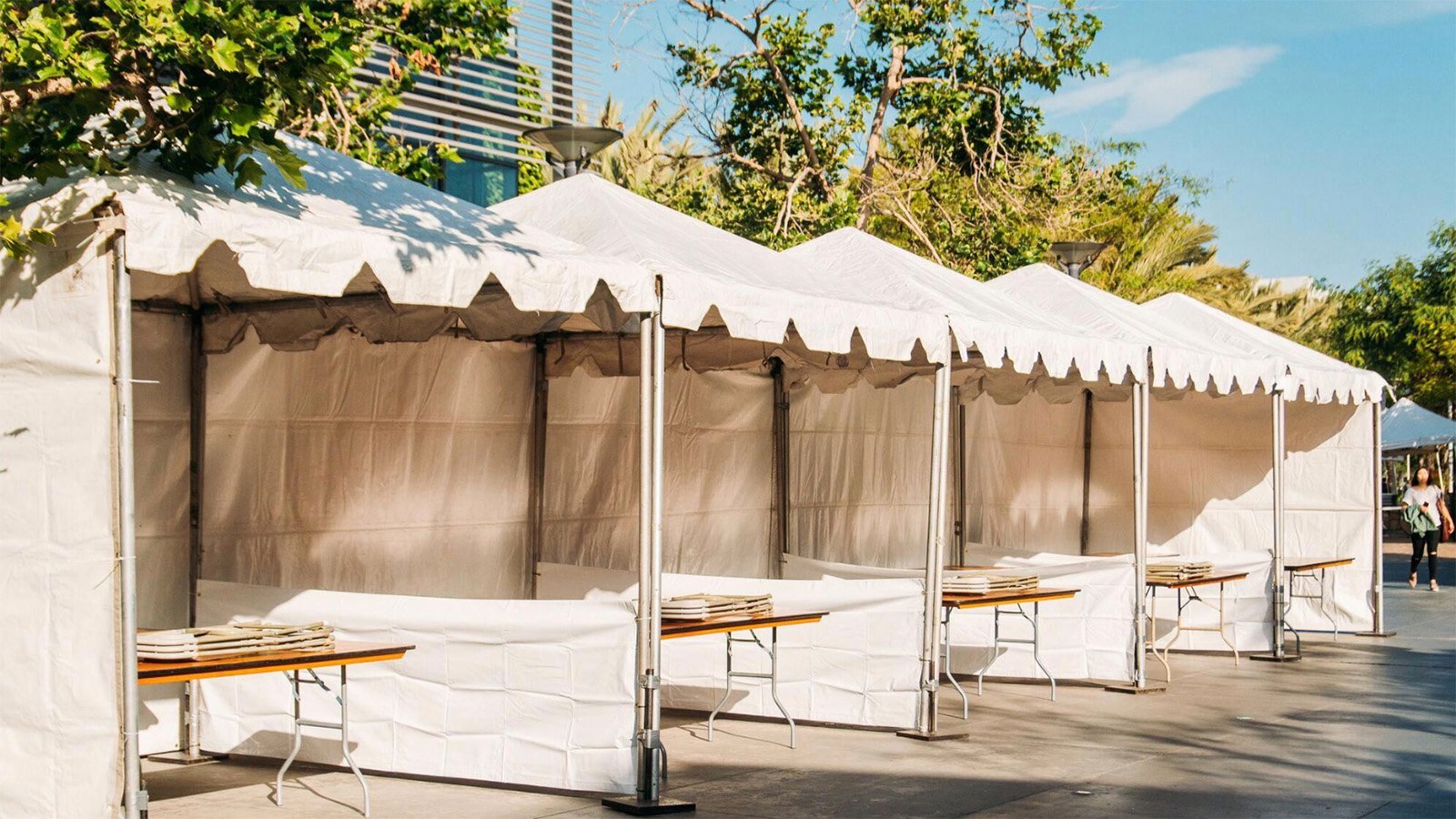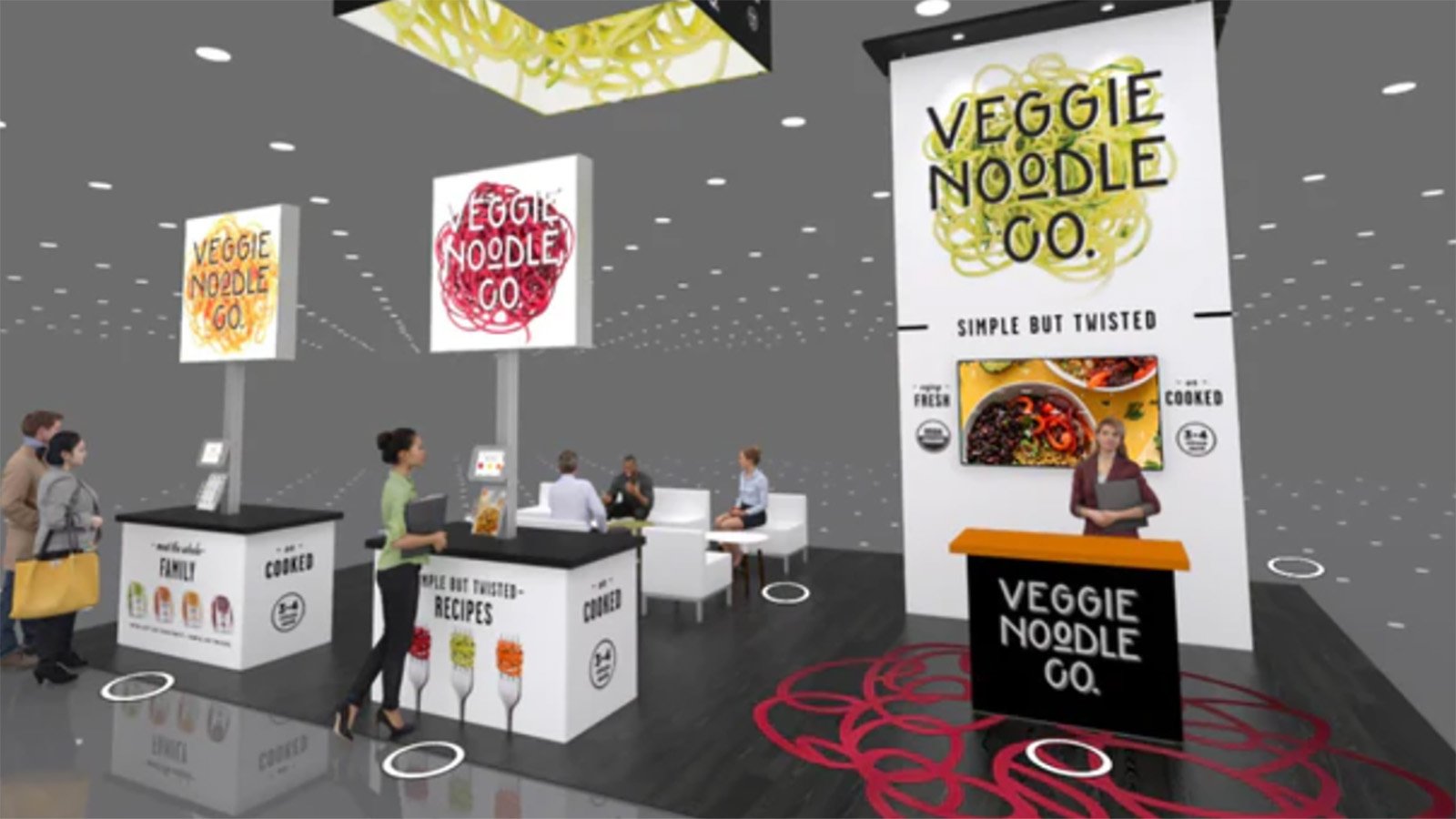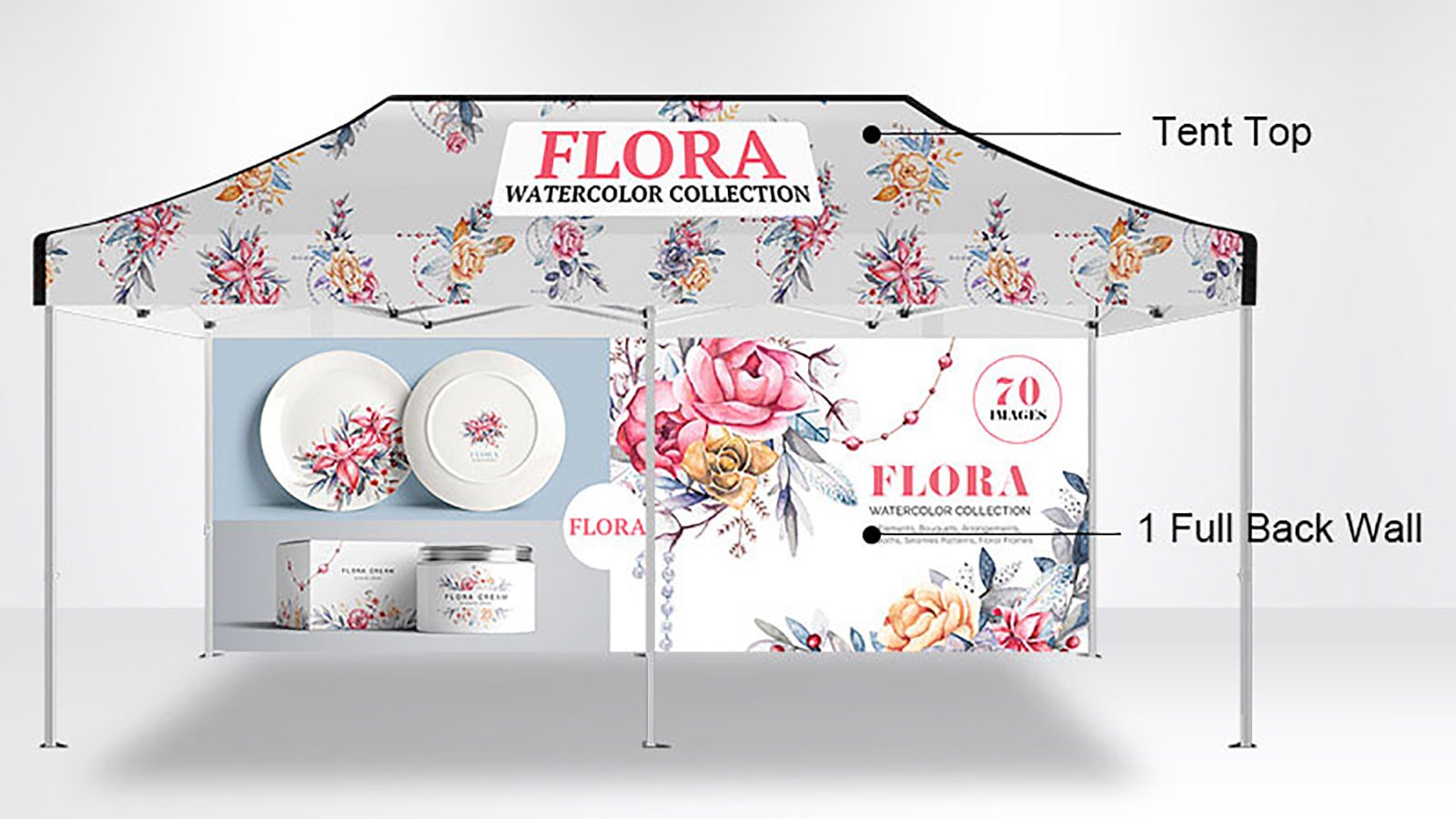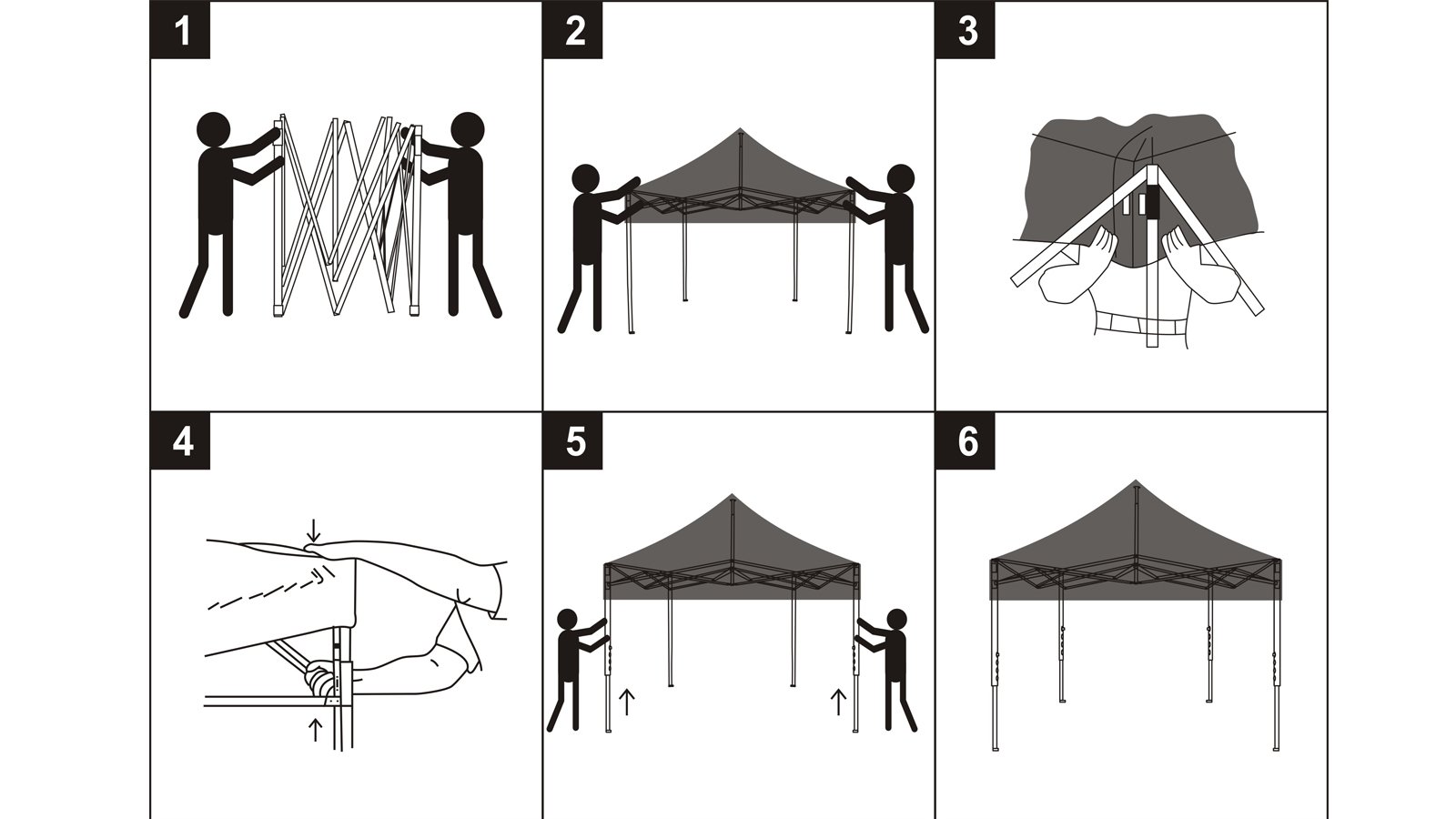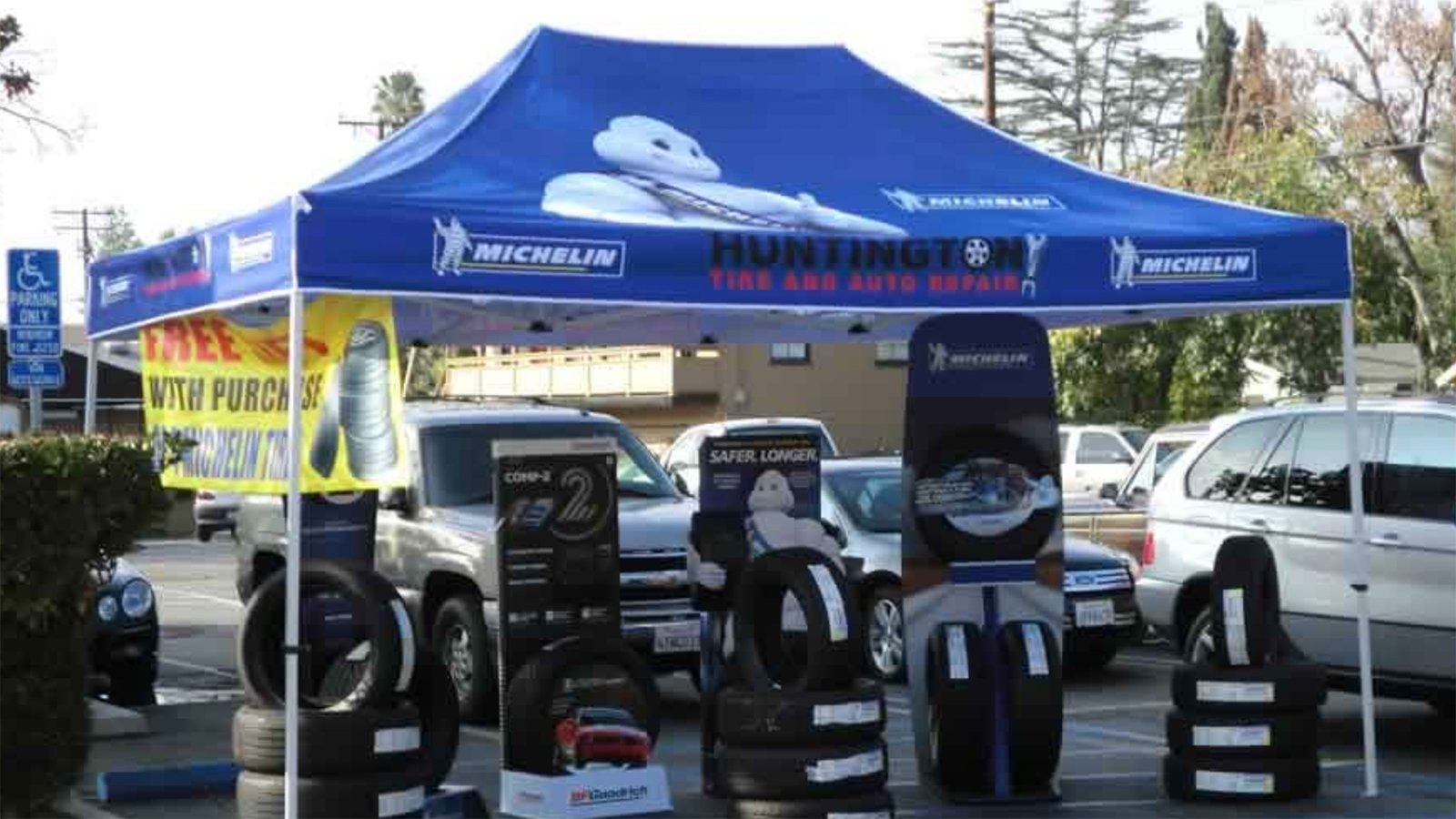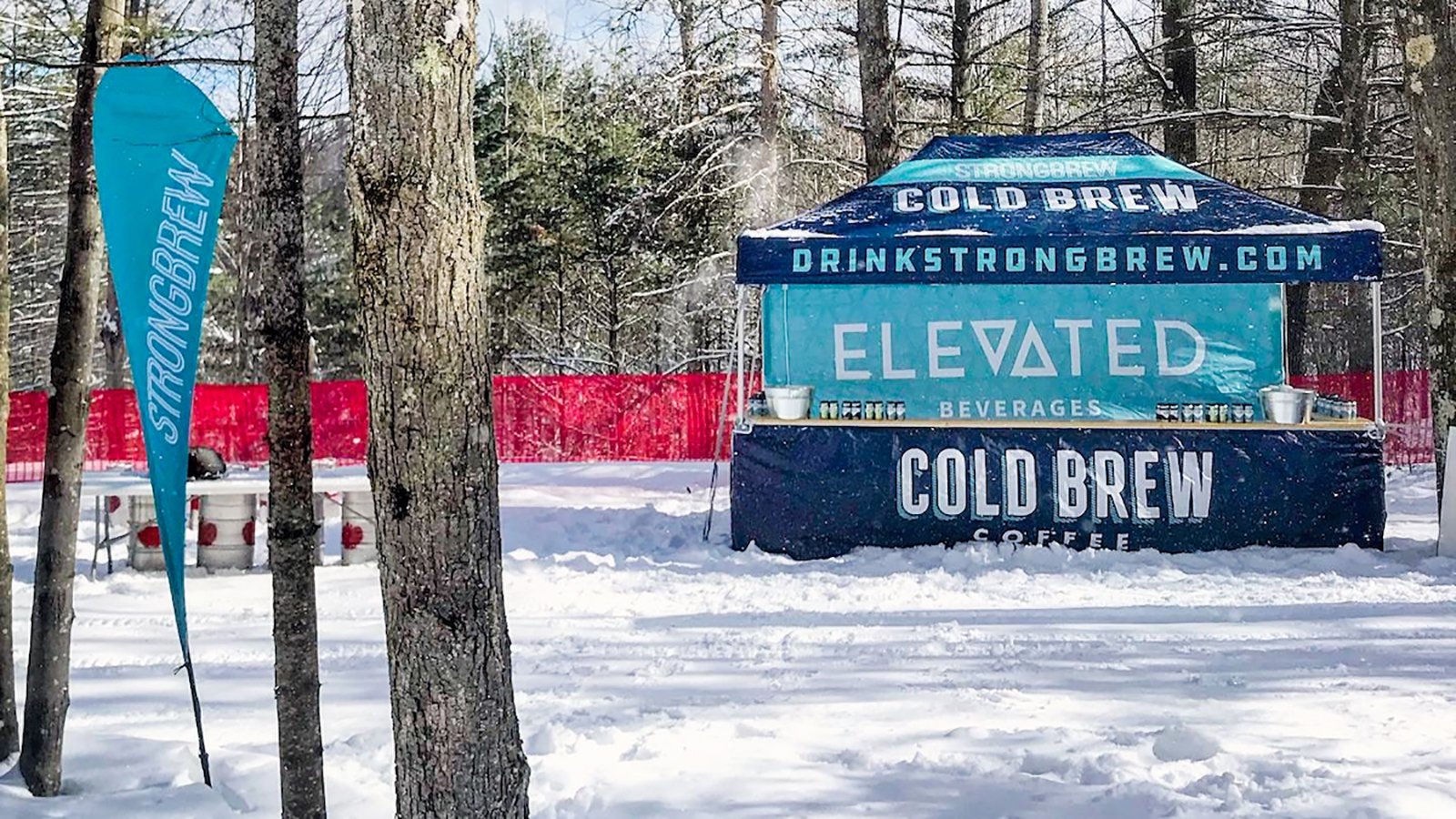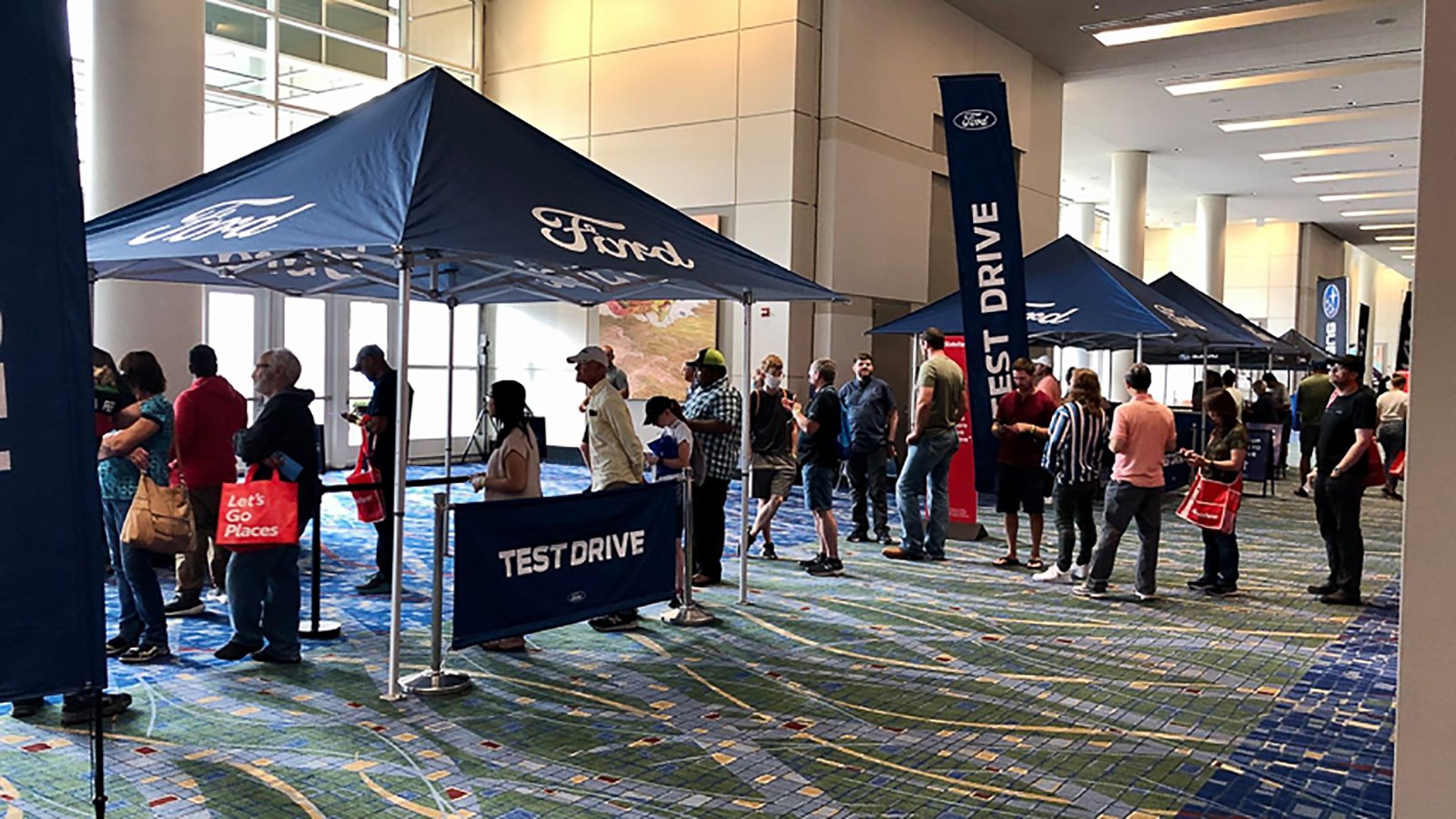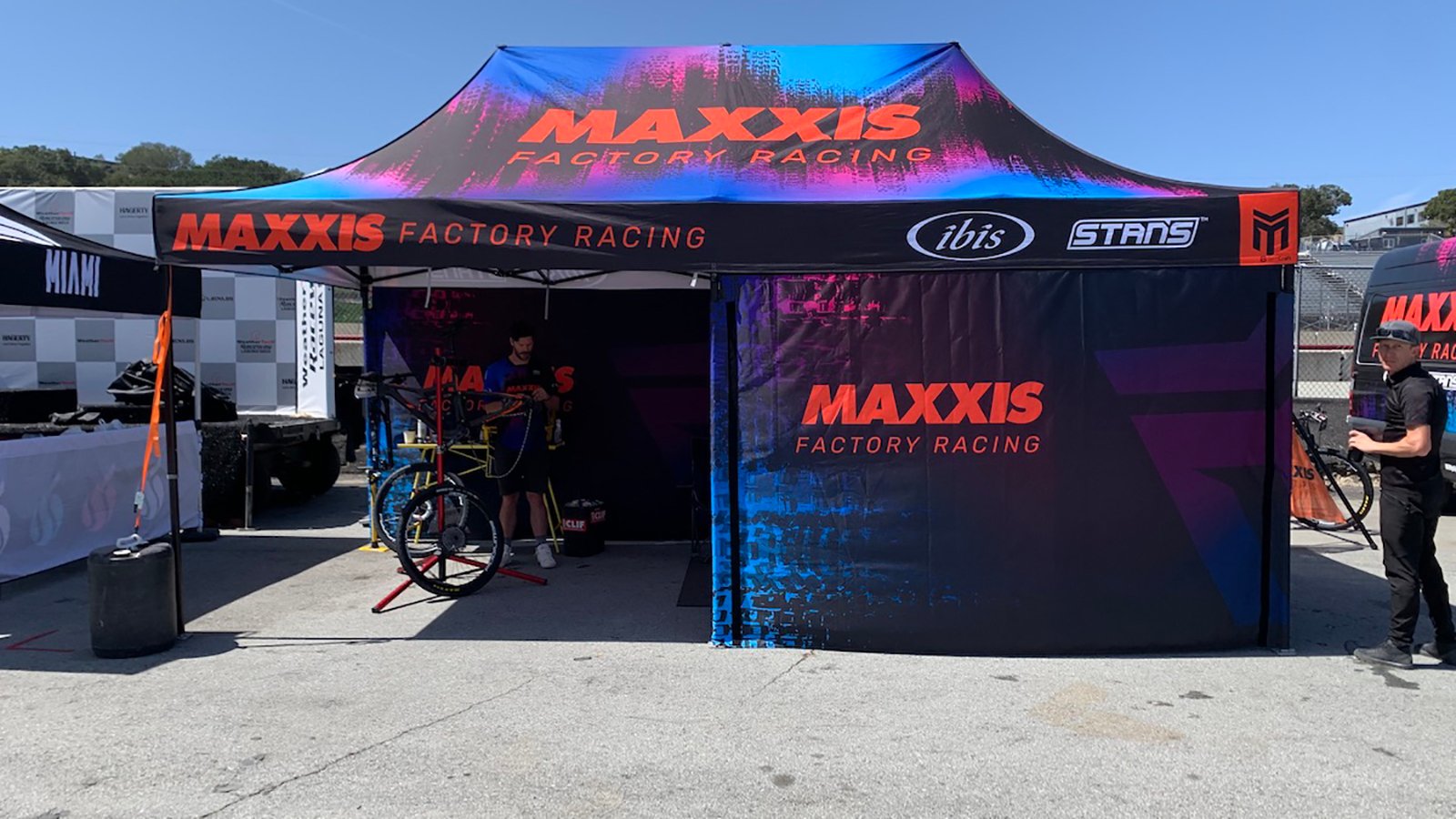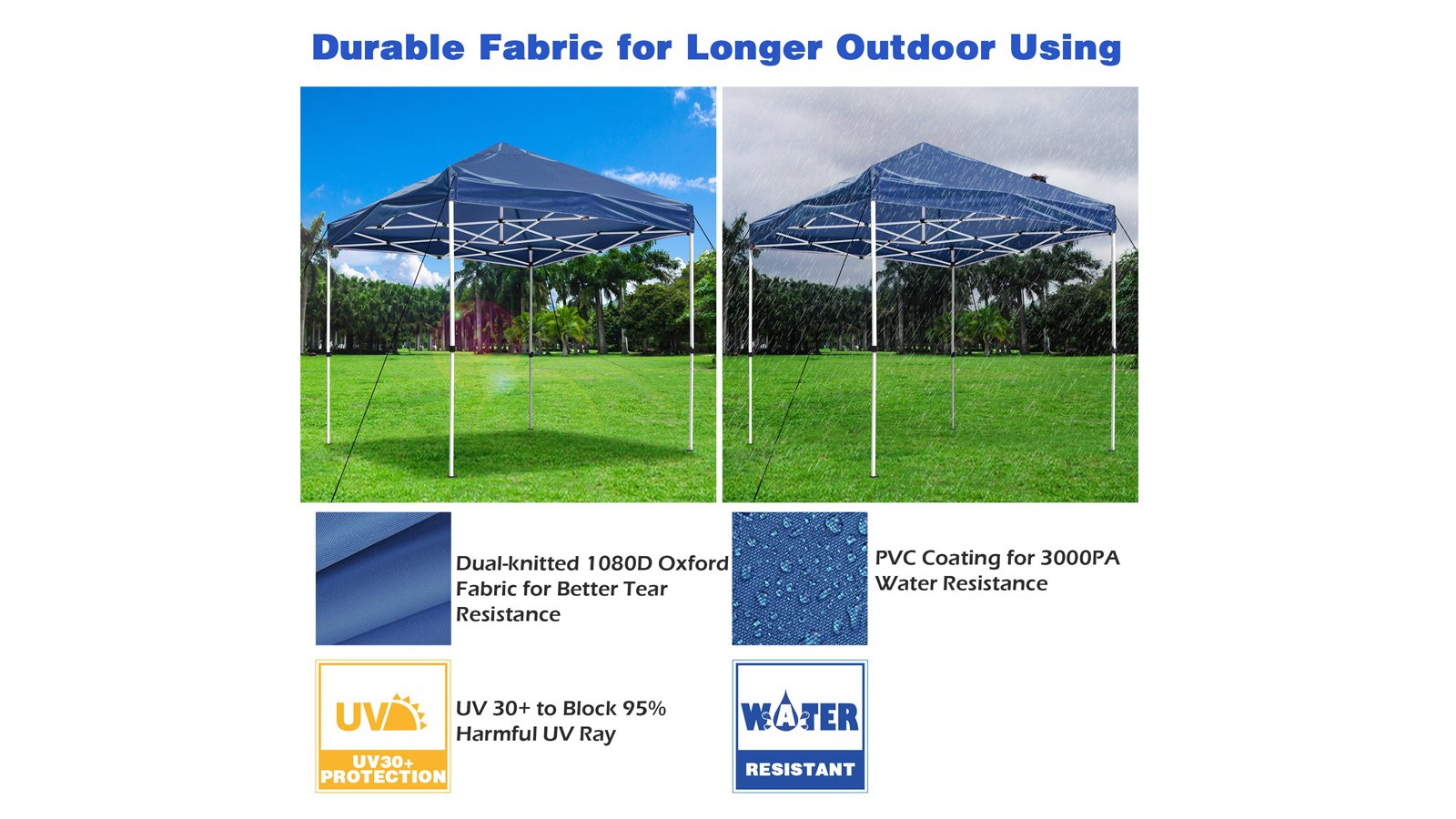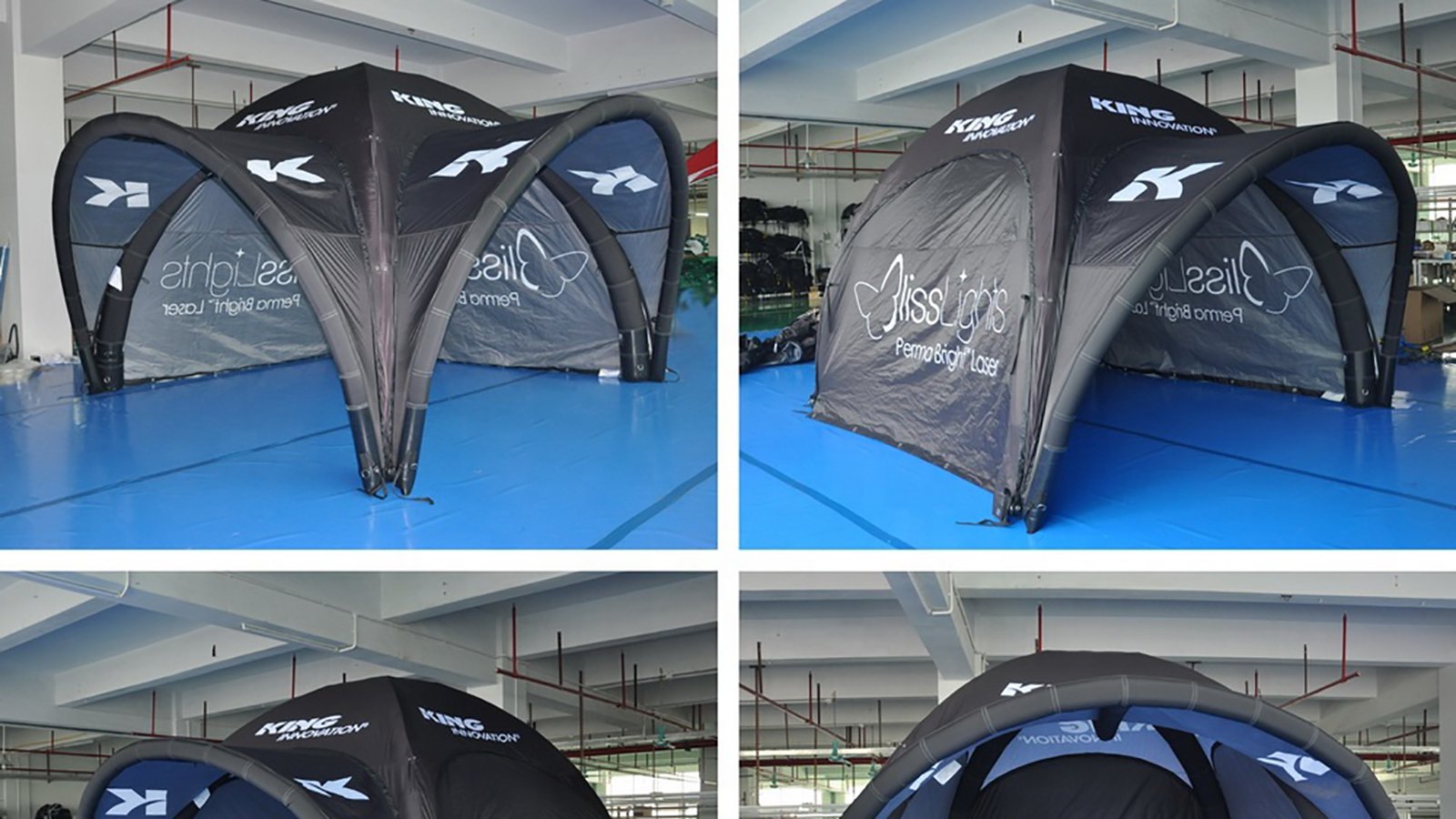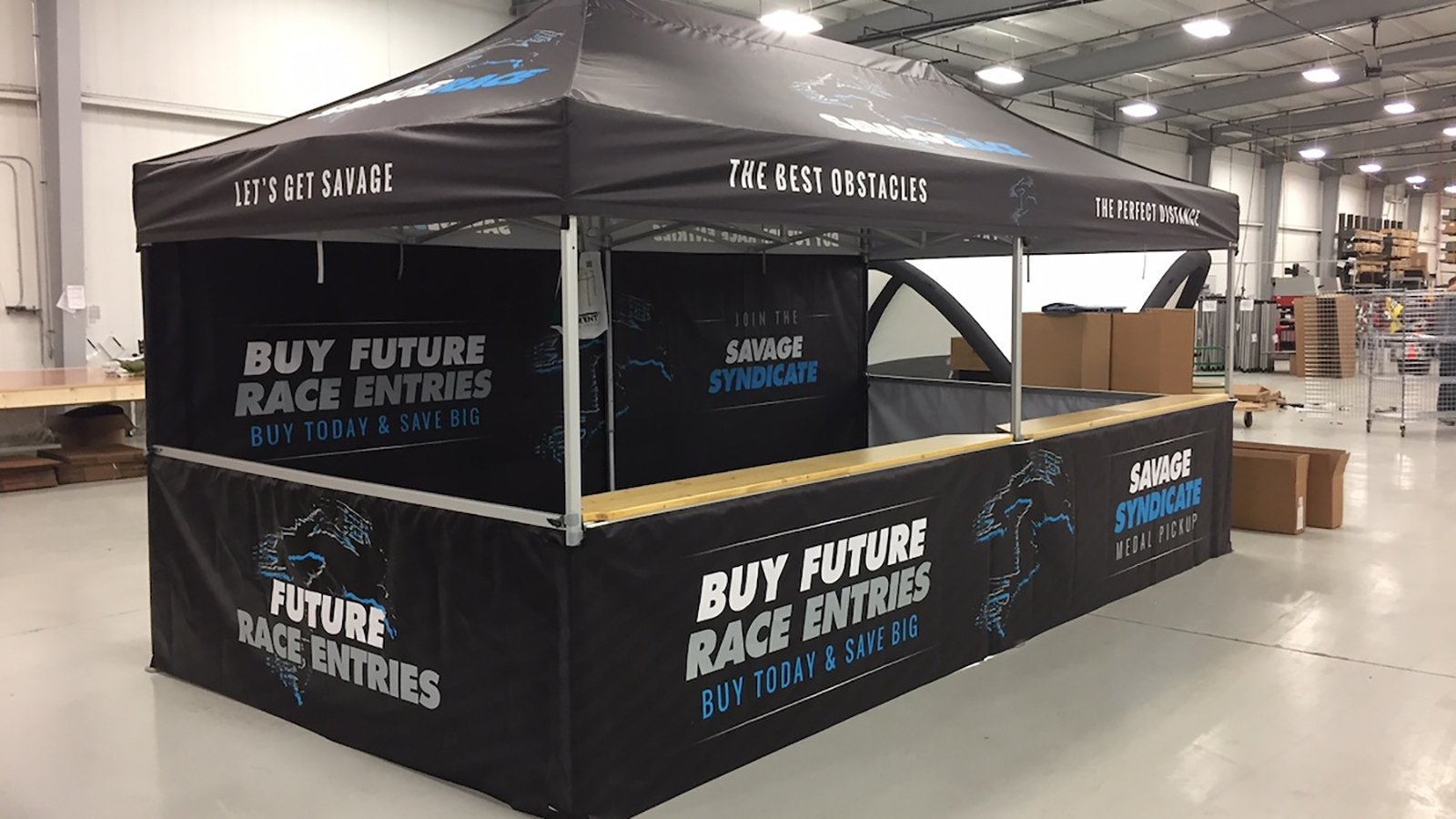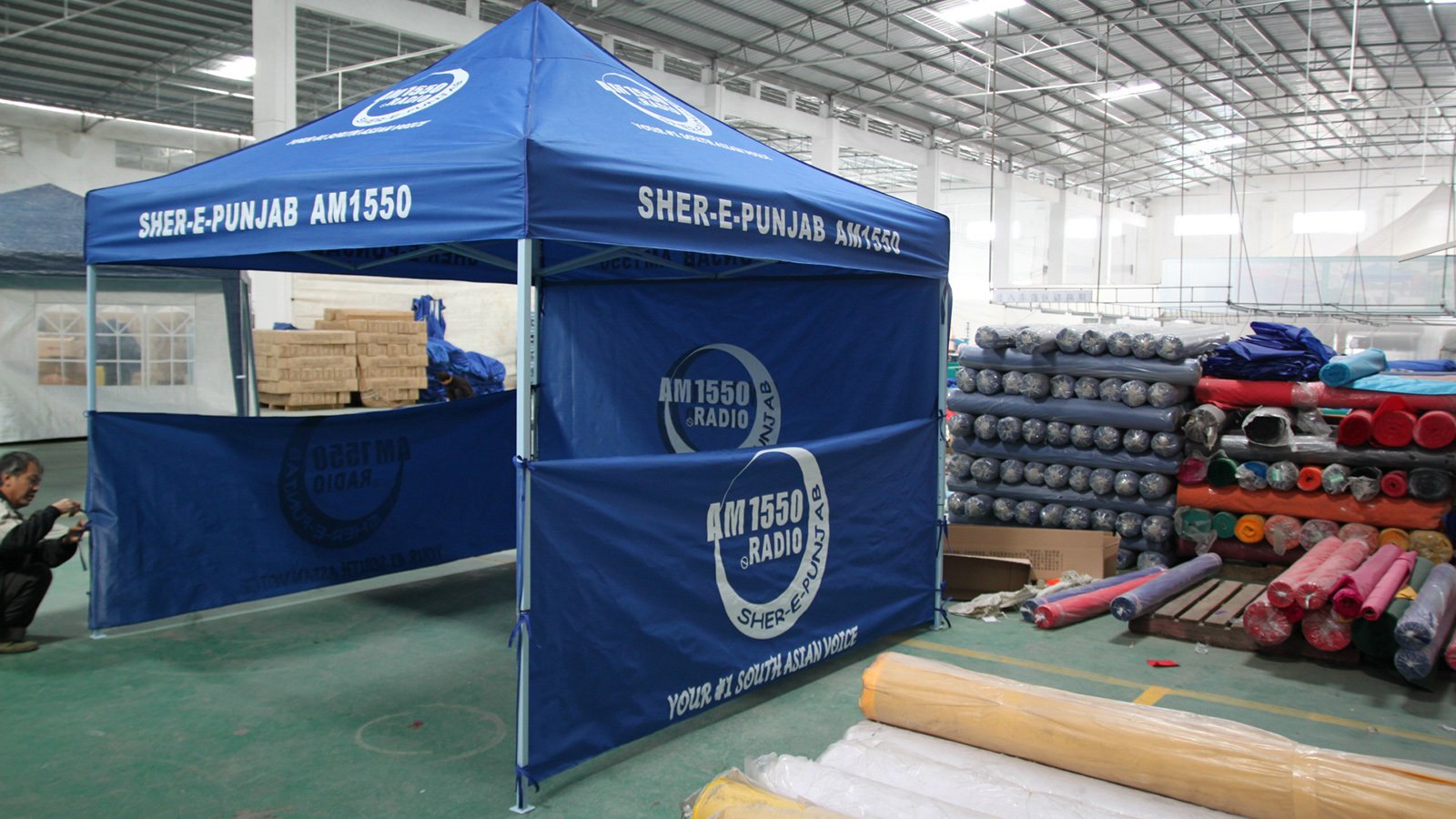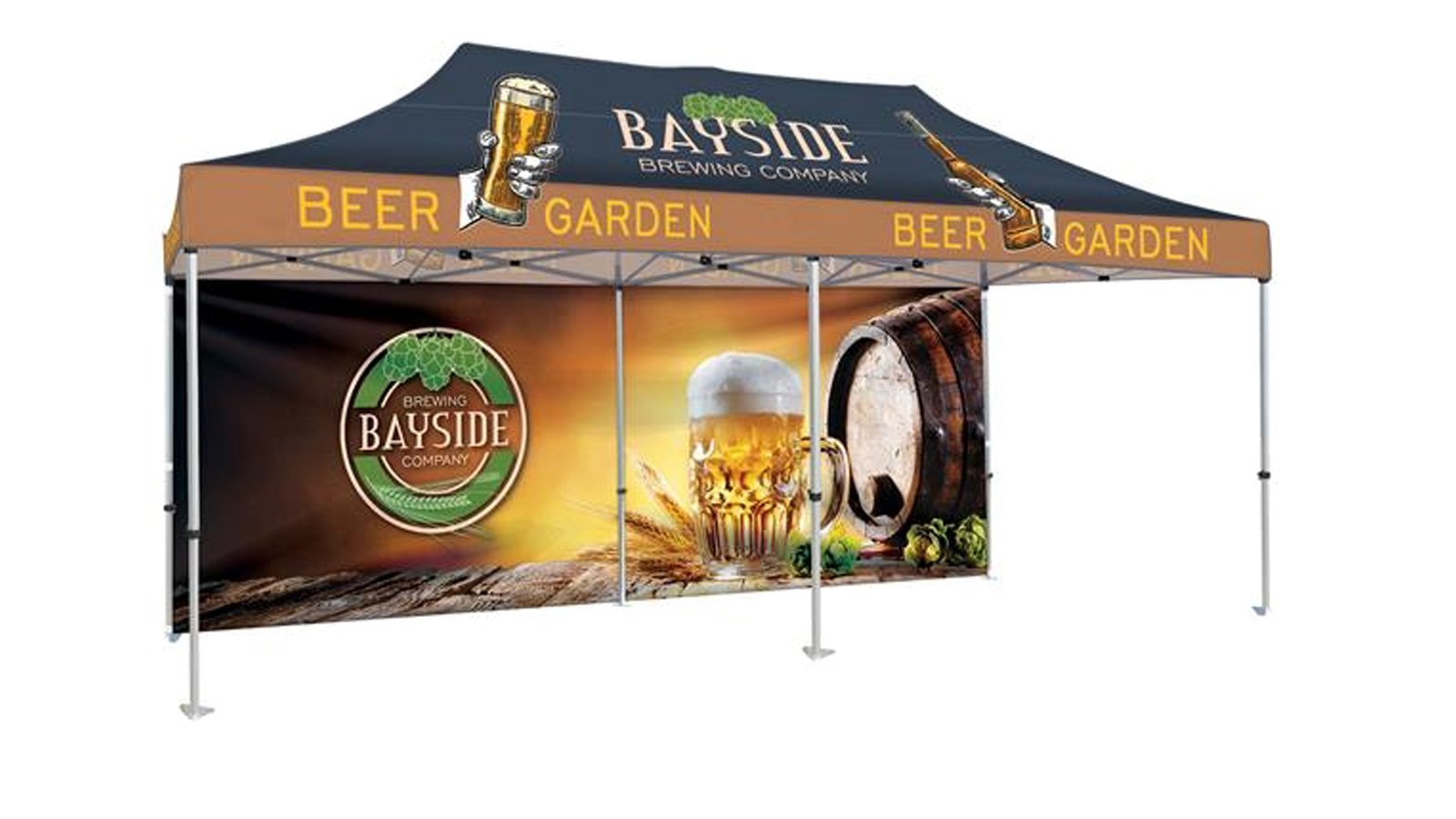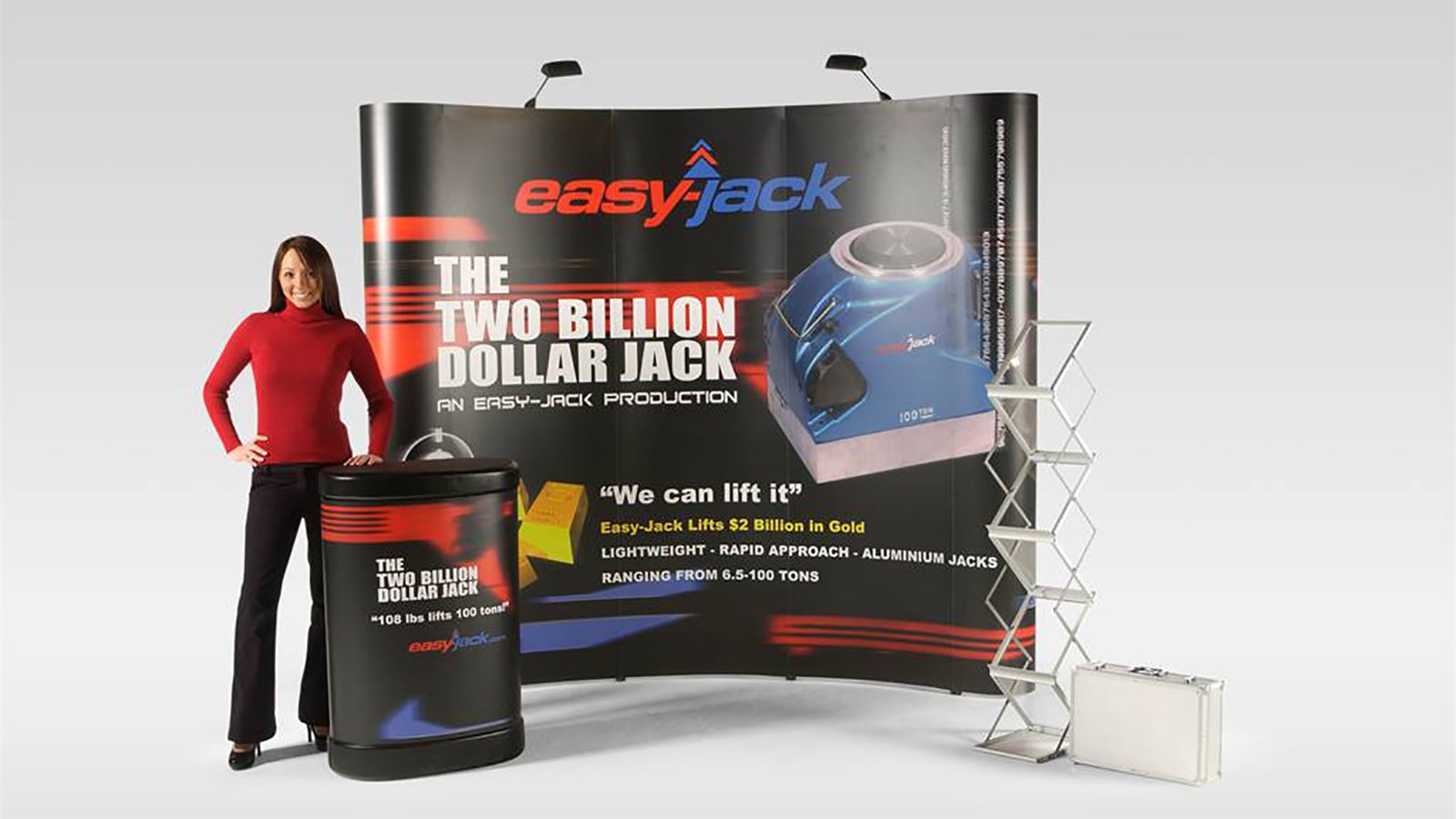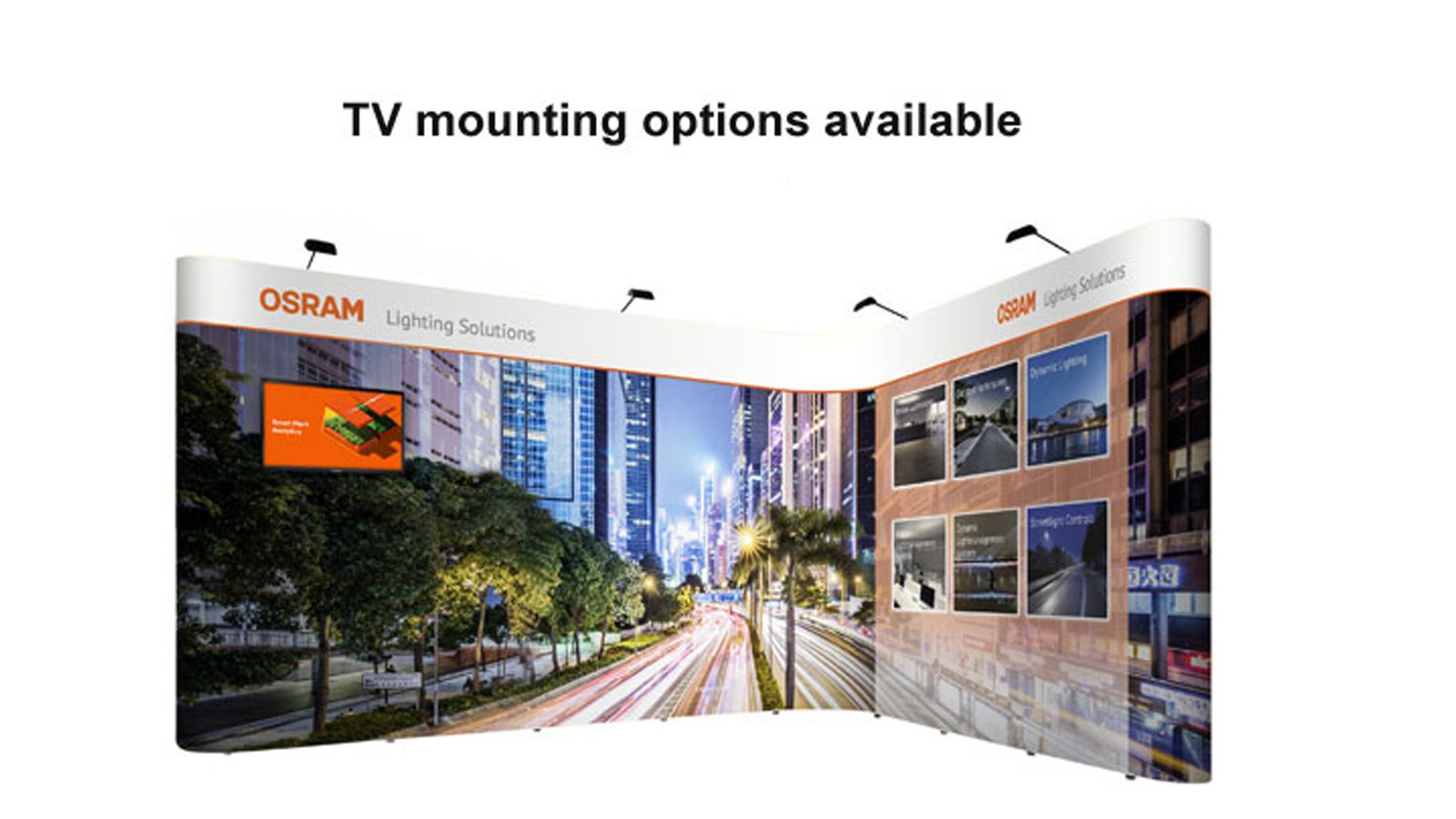what are the 4 types of tents?
When it comes to camping and outdoor adventures, having the right tent is essential. Tents provide shelter, protection, and comfort during your outdoor escapades. However, with so many options available, it can be overwhelming to choose the right one. In this article, we will explore the four main types of tents, their features, and their suitability for different camping situations.
1. Dome Tents: Compact and Versatile
Dome tents are one of the most popular types of tents due to their versatility and ease of setup. These tents are characterized by their dome-shaped design, offering excellent stability and wind resistance. Dome tents are usually lightweight and compact, making them ideal for backpackers and hikers who prioritize portability.
They typically feature two or three poles that intersect at the center, creating a freestanding structure. Dome tents are suitable for various weather conditions, including mild to moderate rain and wind. They are often available in different sizes, accommodating anywhere from one to six people.
2. Tunnel Tents: Spacious and Stable
Tunnel tents, also known as hoop or arch tents, are designed with a series of interconnected hoops that create a tunnel-like structure. These tents offer generous headroom and ample space, making them popular among family campers or those who prefer more comfort and room to move around.
One of the main advantages of tunnel tents is their stability. The arched design helps distribute the wind load evenly, making them suitable for camping in windy conditions. They are also relatively easy to pitch, with some models featuring color-coded poles for simplified setup.
3. Cabin Tents: Spacious and Comfortable
Cabin tents are the epitome of spaciousness and comfort. These tents are known for their vertical walls, which maximize interior space and allow campers to stand and walk around comfortably. Cabin tents typically feature a large central area and multiple separate sleeping compartments, providing privacy and convenience for larger groups or families.
While cabin tents offer excellent comfort, they are generally heavier and bulkier compared to other types of tents. They are more suitable for car camping or extended stays at a campsite where portability is not a primary concern. Cabin tents often come with additional features like built-in storage pockets, room dividers, and even electrical access points.
4. Pop-Up Tents: Quick and Convenient
Pop-up tents, as the name suggests, are incredibly quick and easy to set up. These tents are designed to automatically pop open and take shape when released from their storage bag. They are perfect for campers who prioritize convenience and don't want to spend time fumbling with tent poles and complicated assembly instructions.
Pop-up tents are lightweight and compact, making them ideal for festivals, short trips, or spontaneous camping adventures. However, they are not as durable or weather-resistant as other types of tents, so they are best suited for fair weather conditions and casual camping experiences.
Conclusion
Choosing the right tent can greatly enhance your camping experience. Understanding the different types of tents available and their respective features is crucial in making an informed decision. Dome tents offer versatility, tunnel tents provide stability, cabin tents offer spaciousness, and pop-up tents prioritize convenience.
Consider the type of camping you will be doing, the number of people in your group, and the weather conditions you may encounter. By selecting the appropriate tent, you can ensure a comfortable and enjoyable outdoor adventure.

